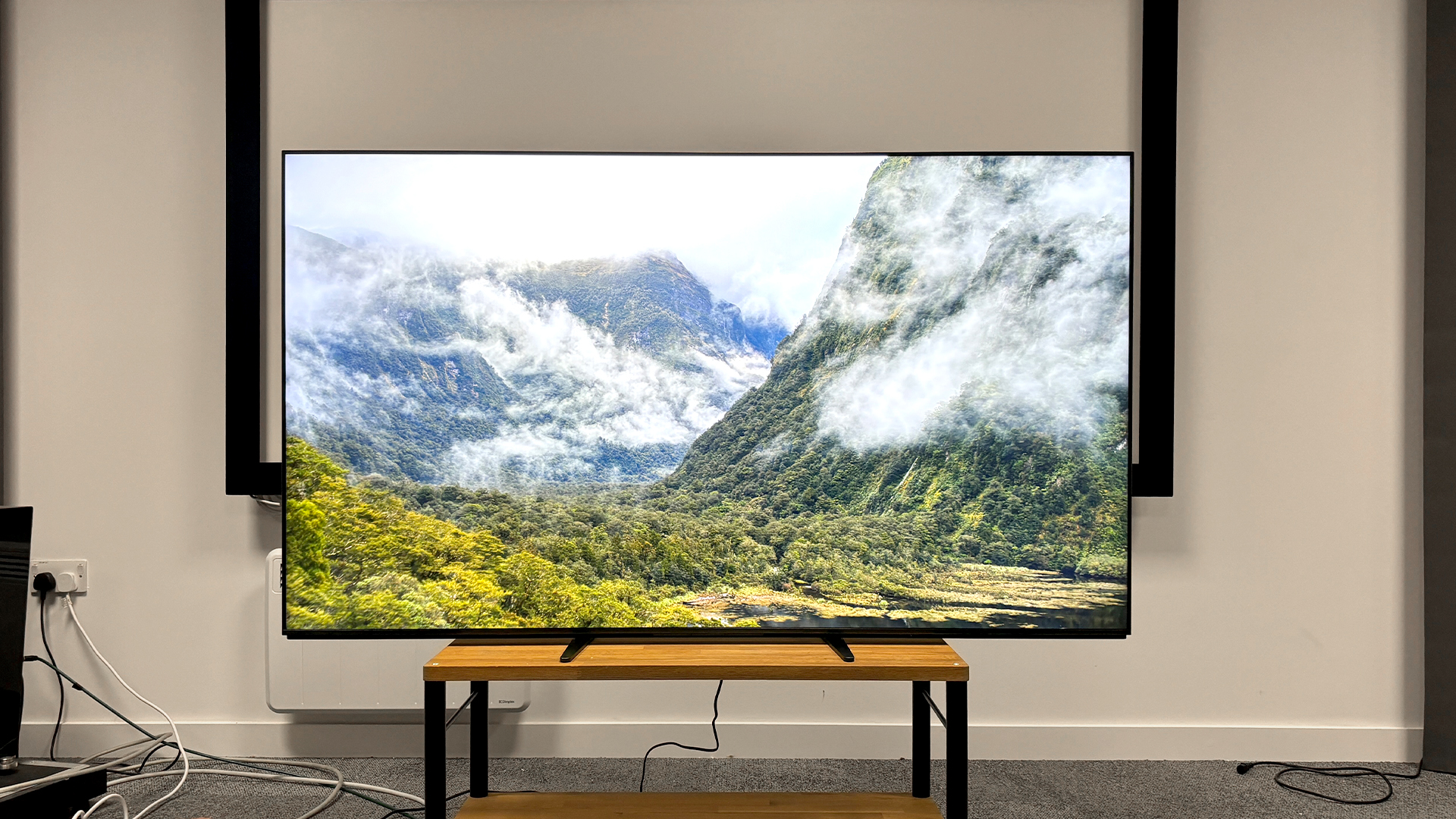
While we generally don't recommend restricting yourself to just one manufacturer when choosing your new TV, if that manufacturer is Sony, we do understand.
A pioneering market leader in the TV world for around half a century now, while a Sony isn't the defacto choice it once was, the brand's recent track record is little short of exceptional, particularly at the premium end of things.
But which Sony TV should you buy? We're here to help you make exactly that decision. Our experts have been testing Sony TVs since the 1990s and have run the rule over every significant model between then and now – including the most recent Bravia 8 and Bravia 9 models.
You can get a detailed breakdown of how we test Sony TVs at the bottom of this page, but the short version is that every TV we review goes through a rigorous, comparative testing process in one of our dedicated rooms. A team of reviewers tests each TV in all the key areas important to serious home cinema (and gaming) fans, including picture and audio quality, app support, useability, features and value for money.
If you're not, in fact, determined to buy a Sony as your next TV, do check out our guides to the best OLED TVs and best TVs overall. Otherwise, scroll down to find your perfect Sony TV.
The quick list
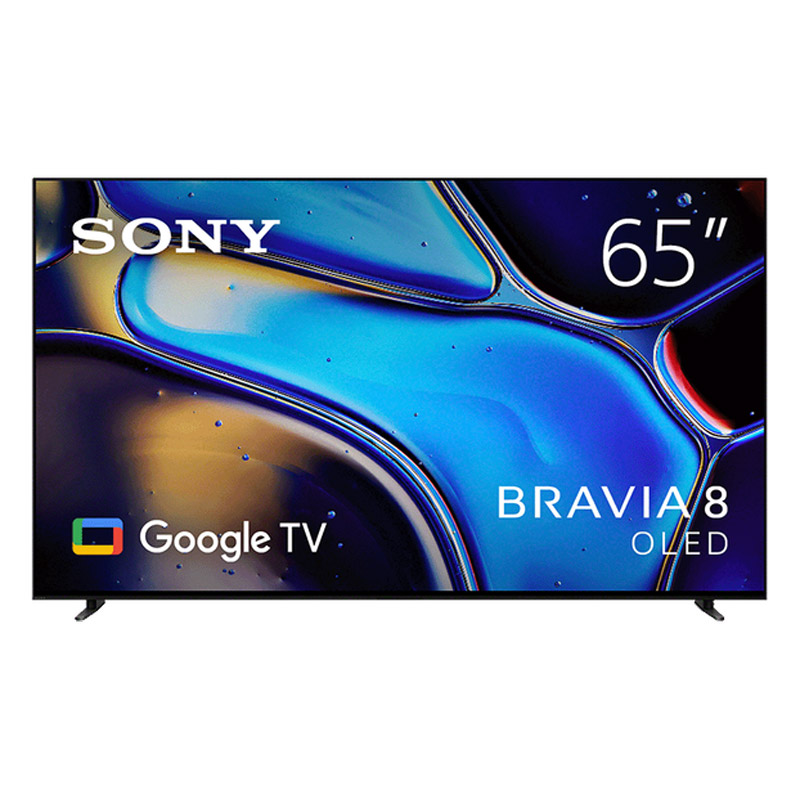
Best Sony TV overall
The Bravia 8 is our current TV Product of the Year, so it's not just the best Sony TV available right now, but the best TV overall.
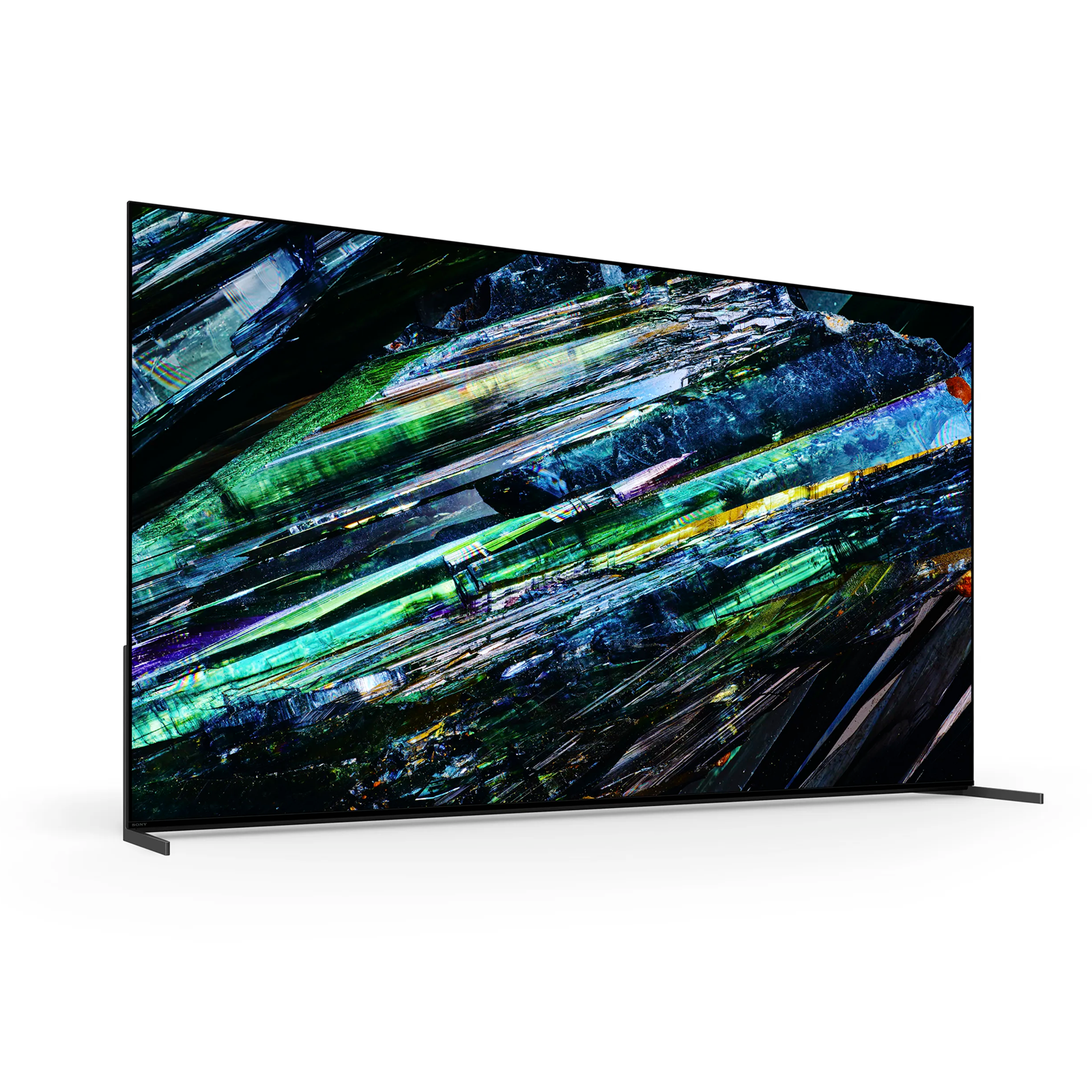
Best premium Sony TV
The A95L may be over a year old now, but it's still the firm's top-dog QD-OLED and a fantastic set for serious movie fans.
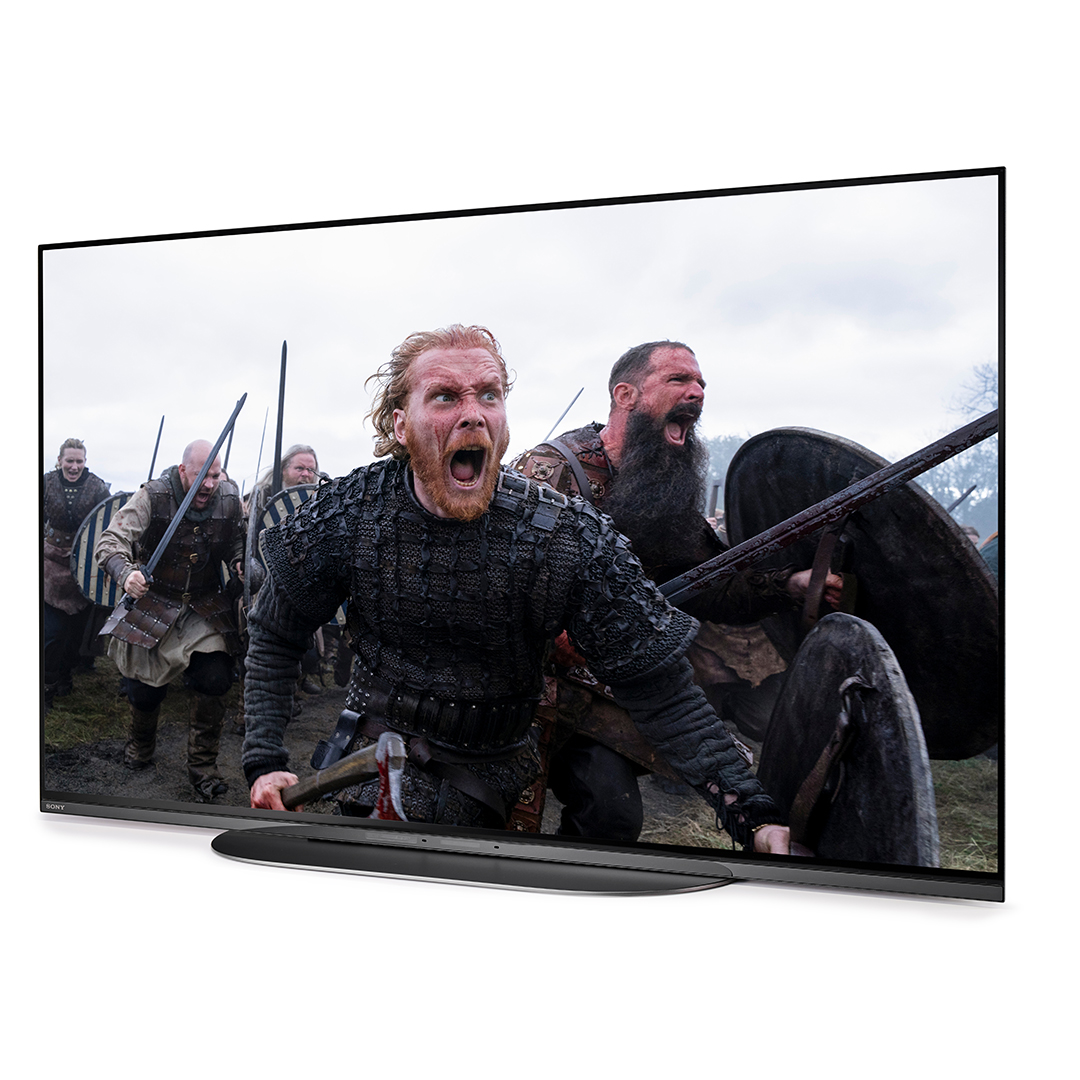
Best small Sony TV
Sony’s only 42-inch OLED is every bit as good as you’d imagine, but it comes at a high price compared with rivals from other brands.
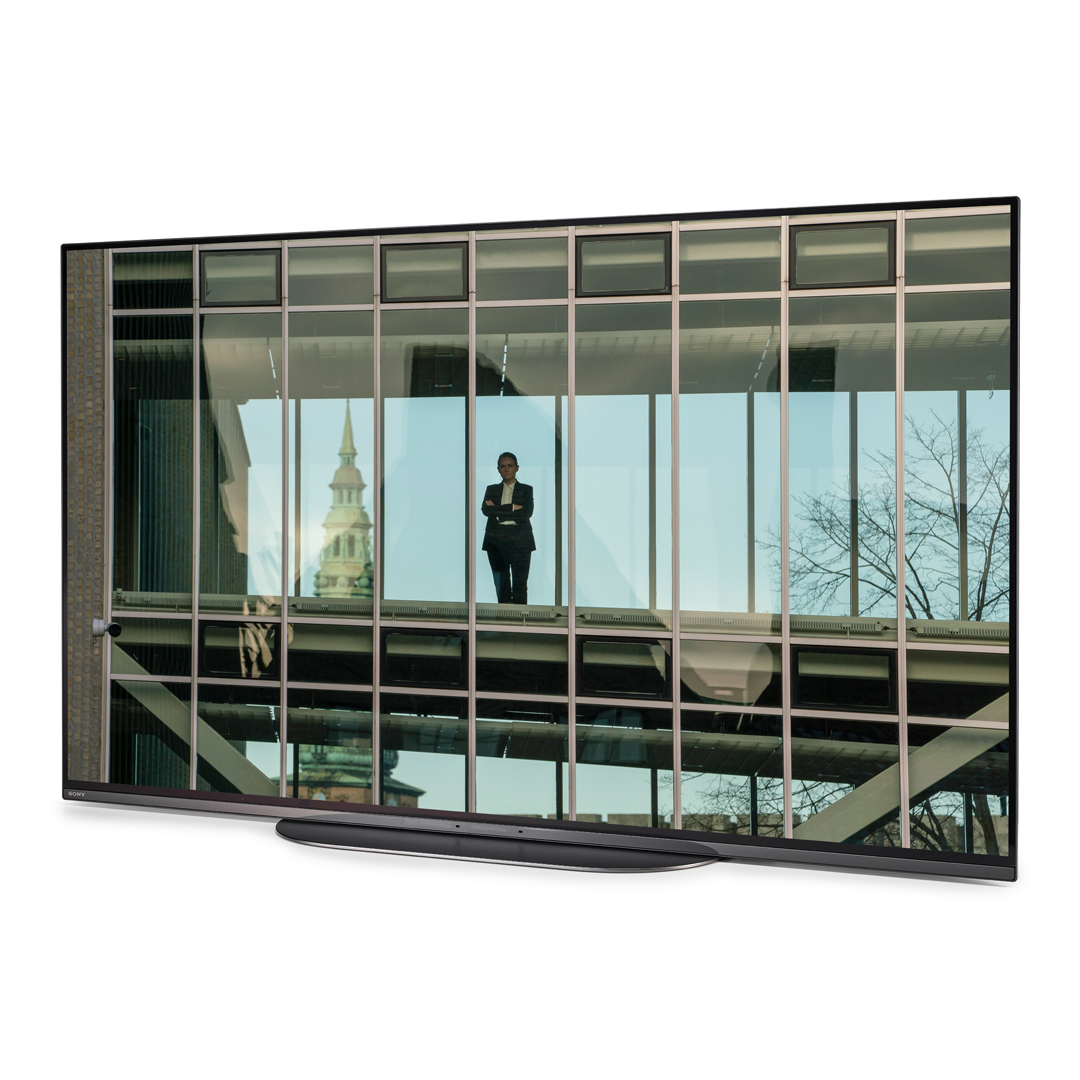
Best mid-size Sony TV
It's not as bright as the best big OLEDs on the market, but this flagship 48-inch TV from Sony is still exceptionally good.
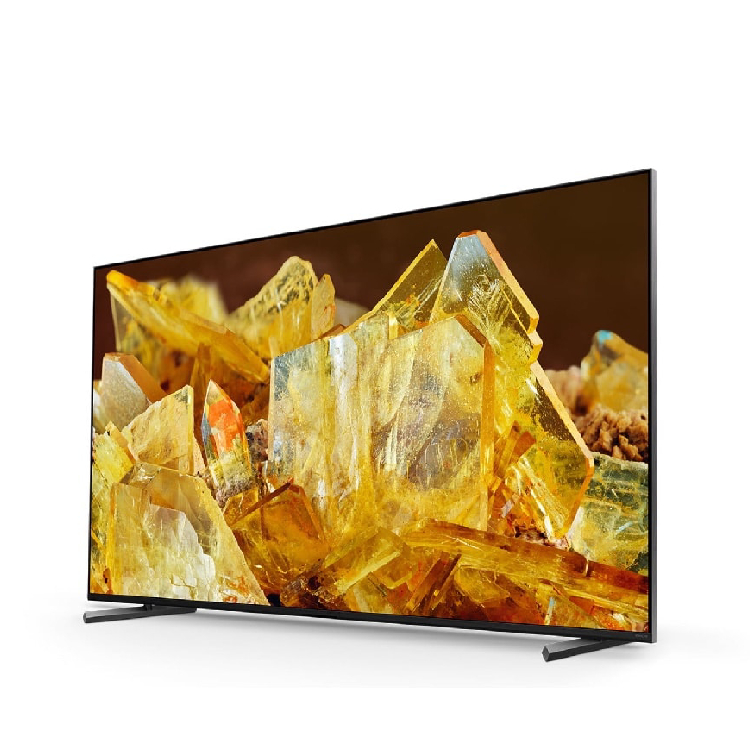
Best mid-range Sony TV
If your budget won’t stretch to an OLED, the X90L delivers an enjoyable picture at a good price.
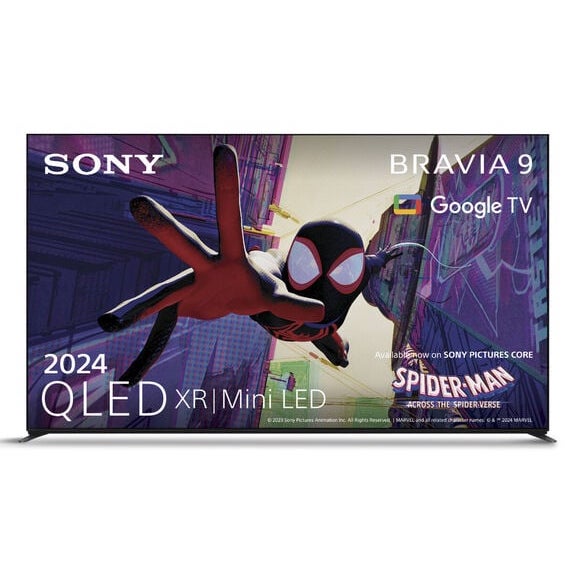
Best Mini LED Sony TV
If you're after a super-premium TV that isn't an OLED, the envelope-pushing Bravia 9 is absolutely worth considering.
Best Sony TV overall
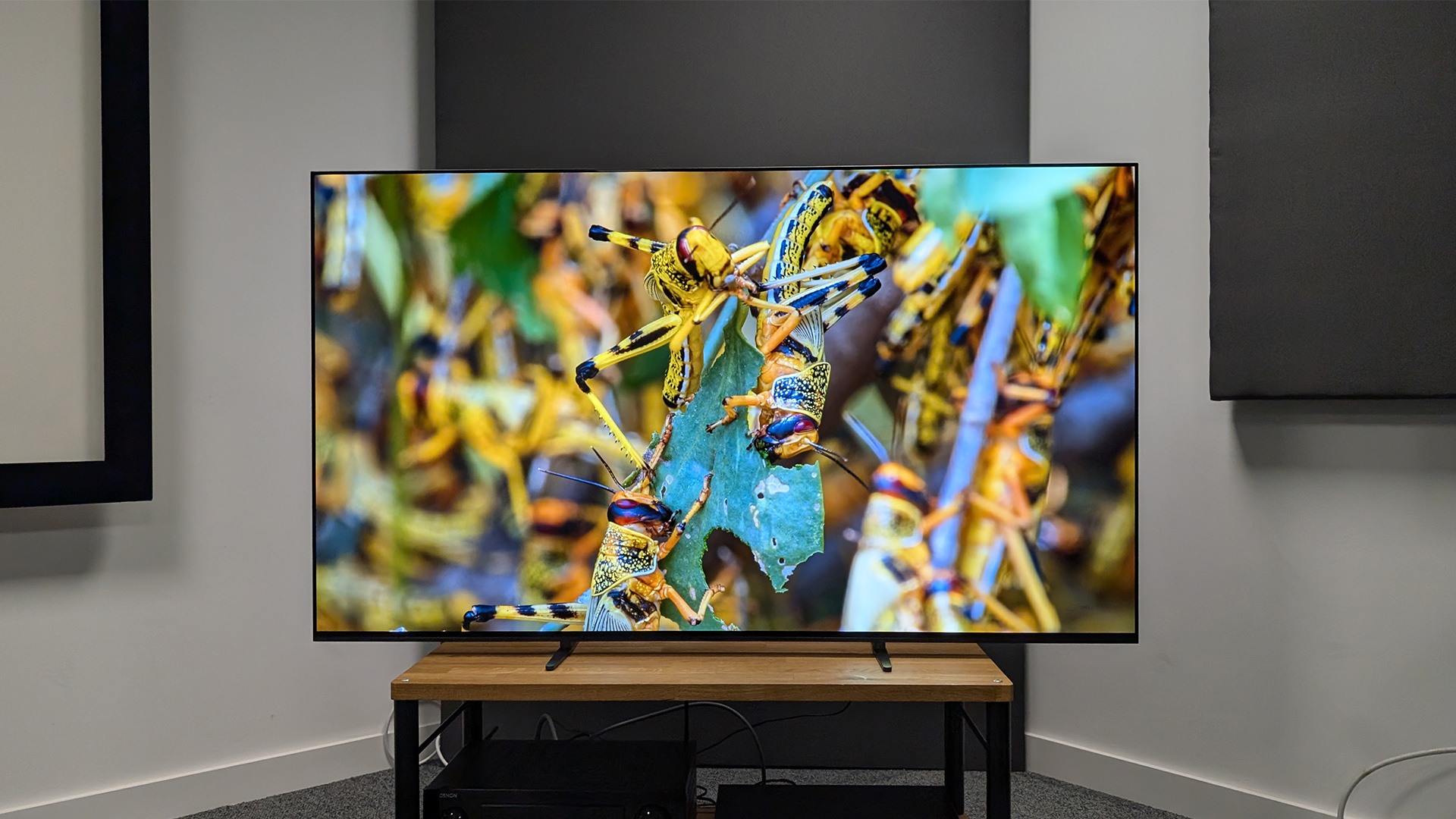
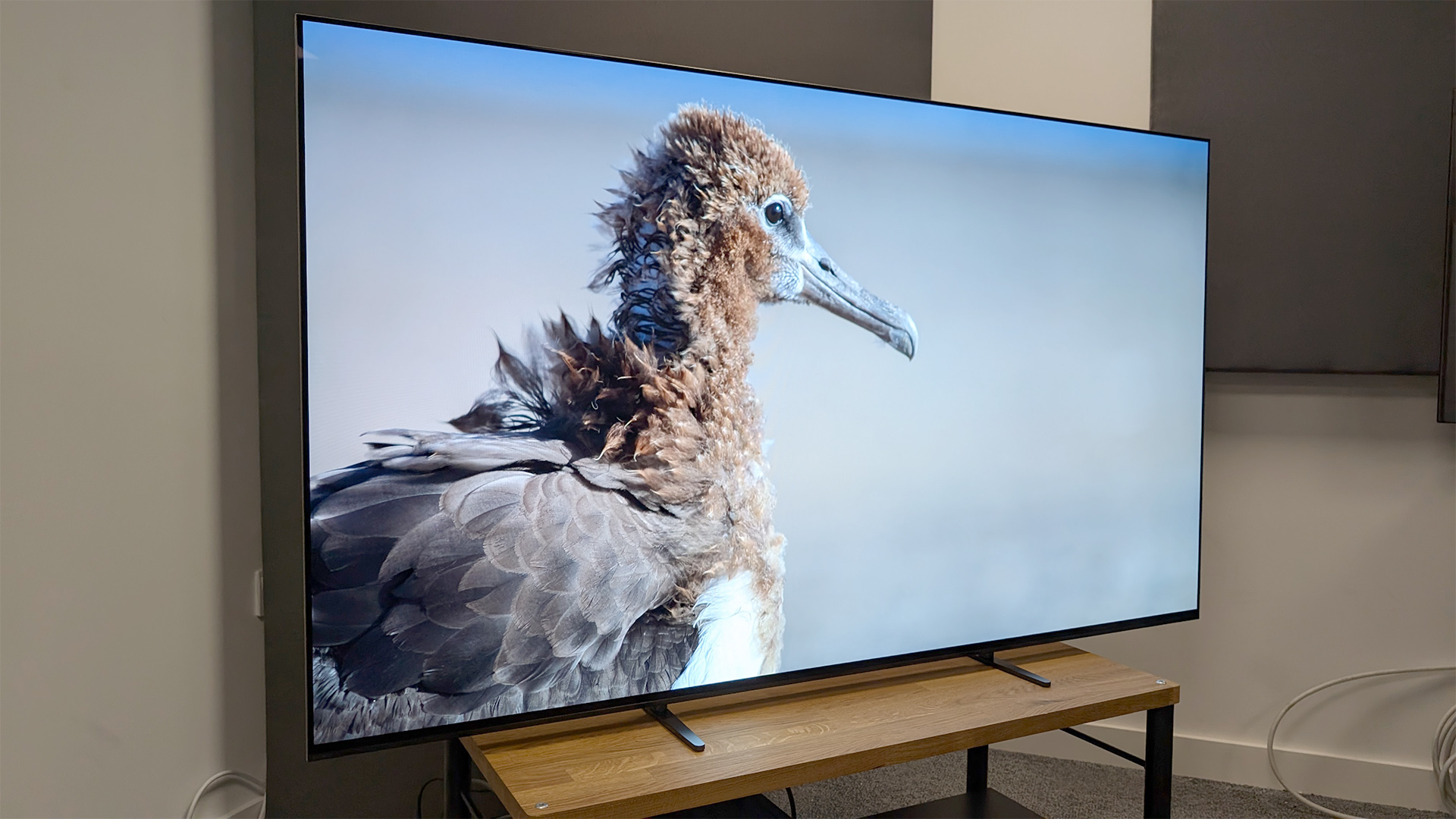
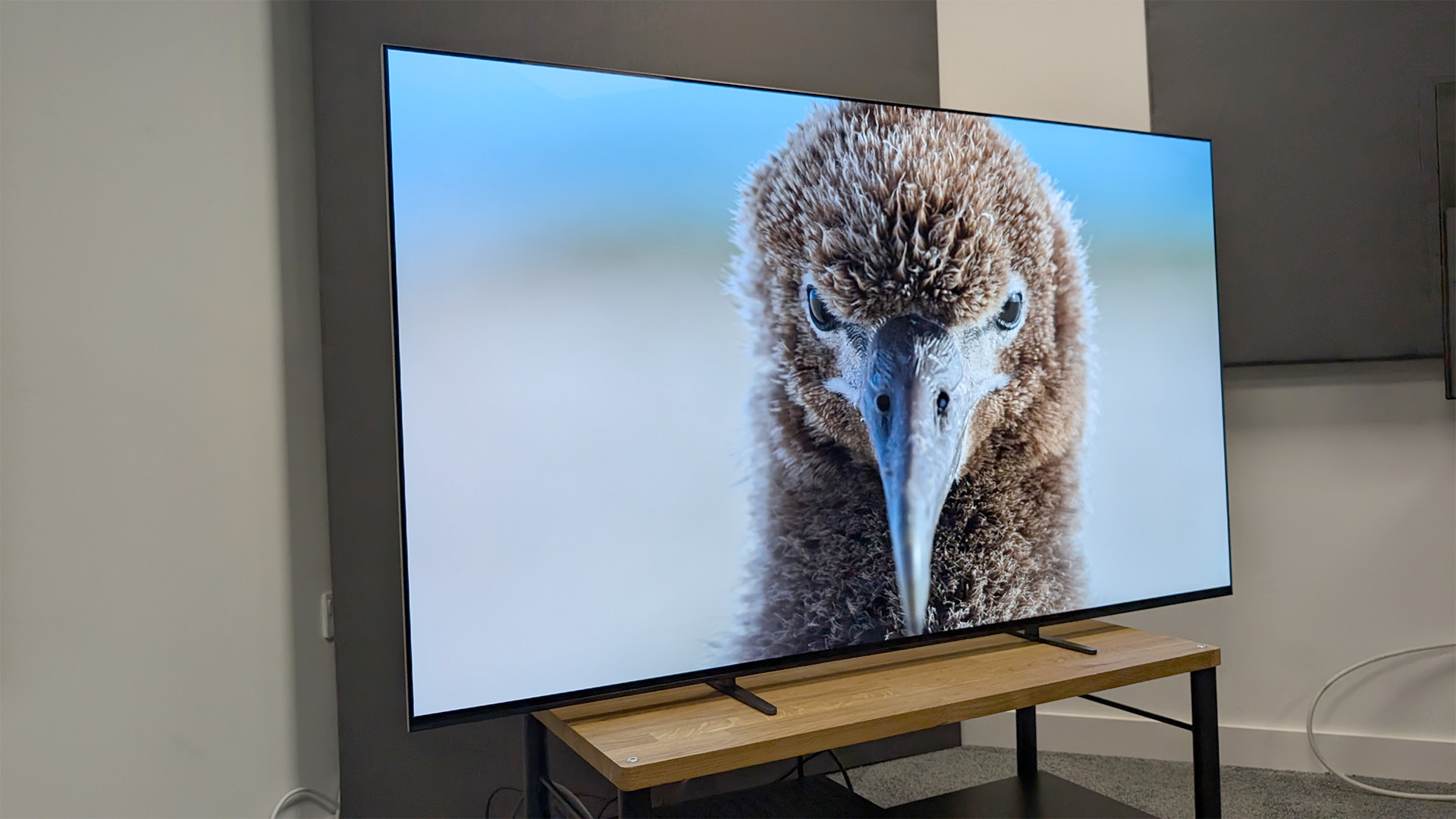
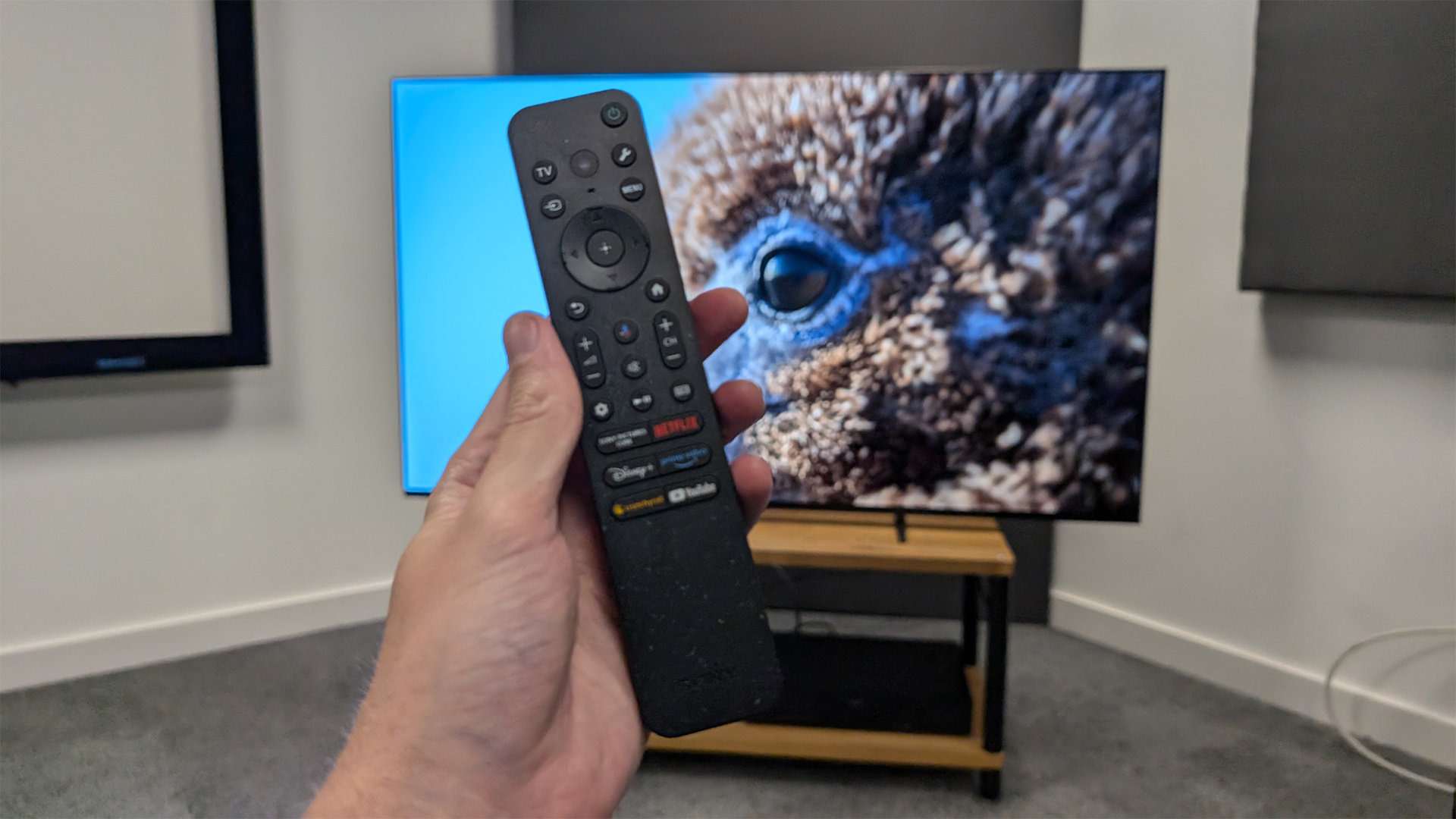
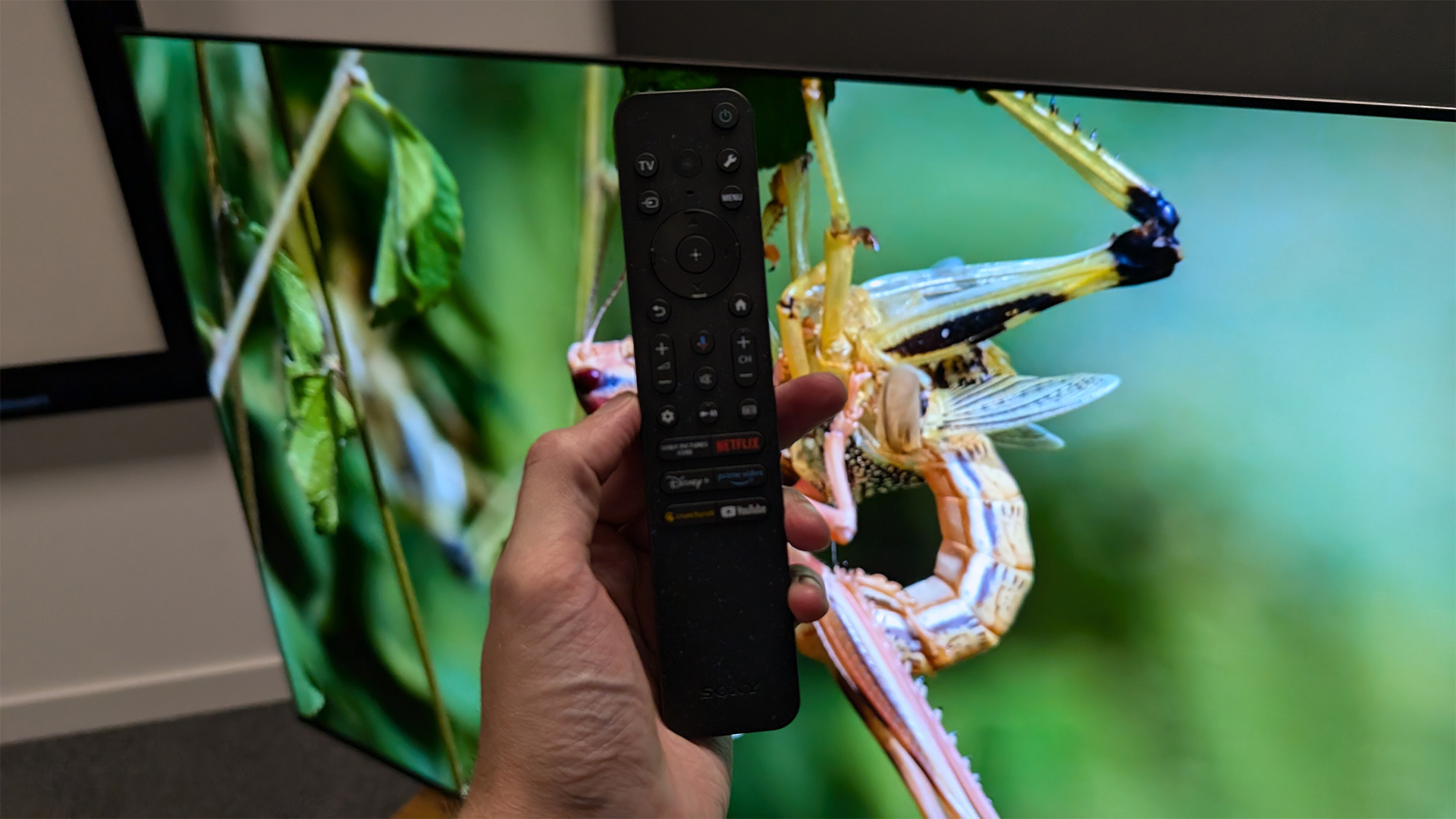
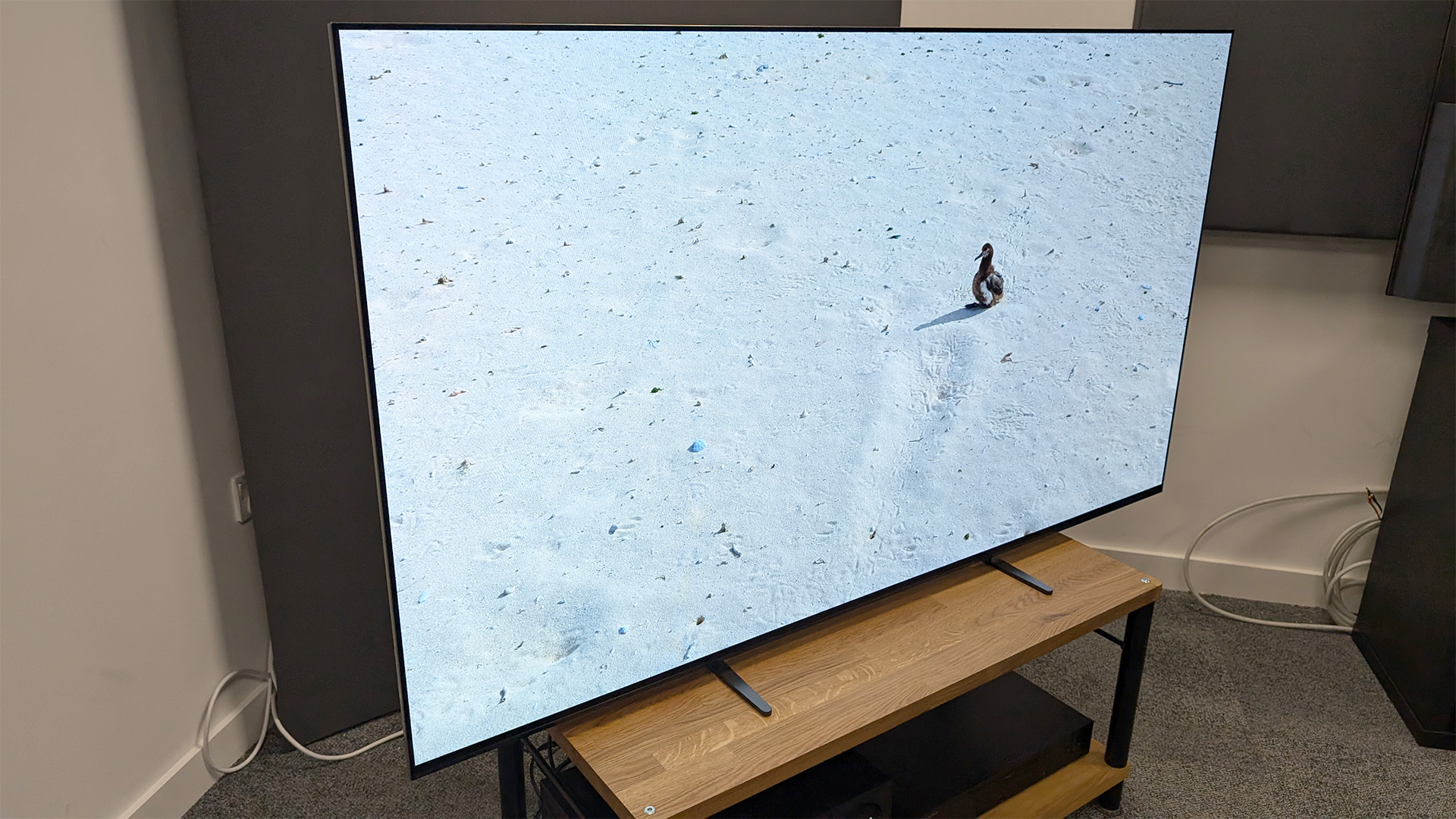
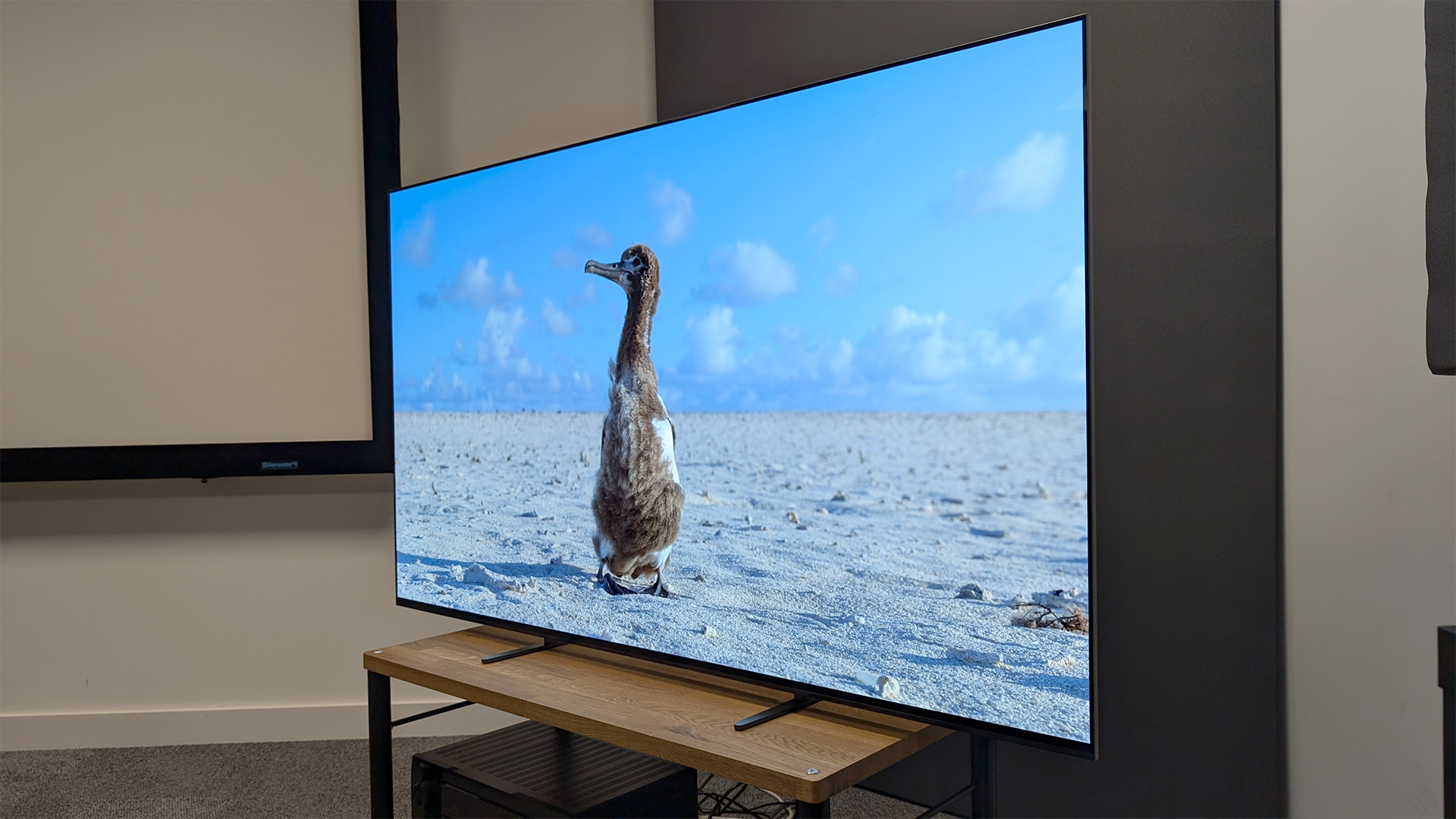
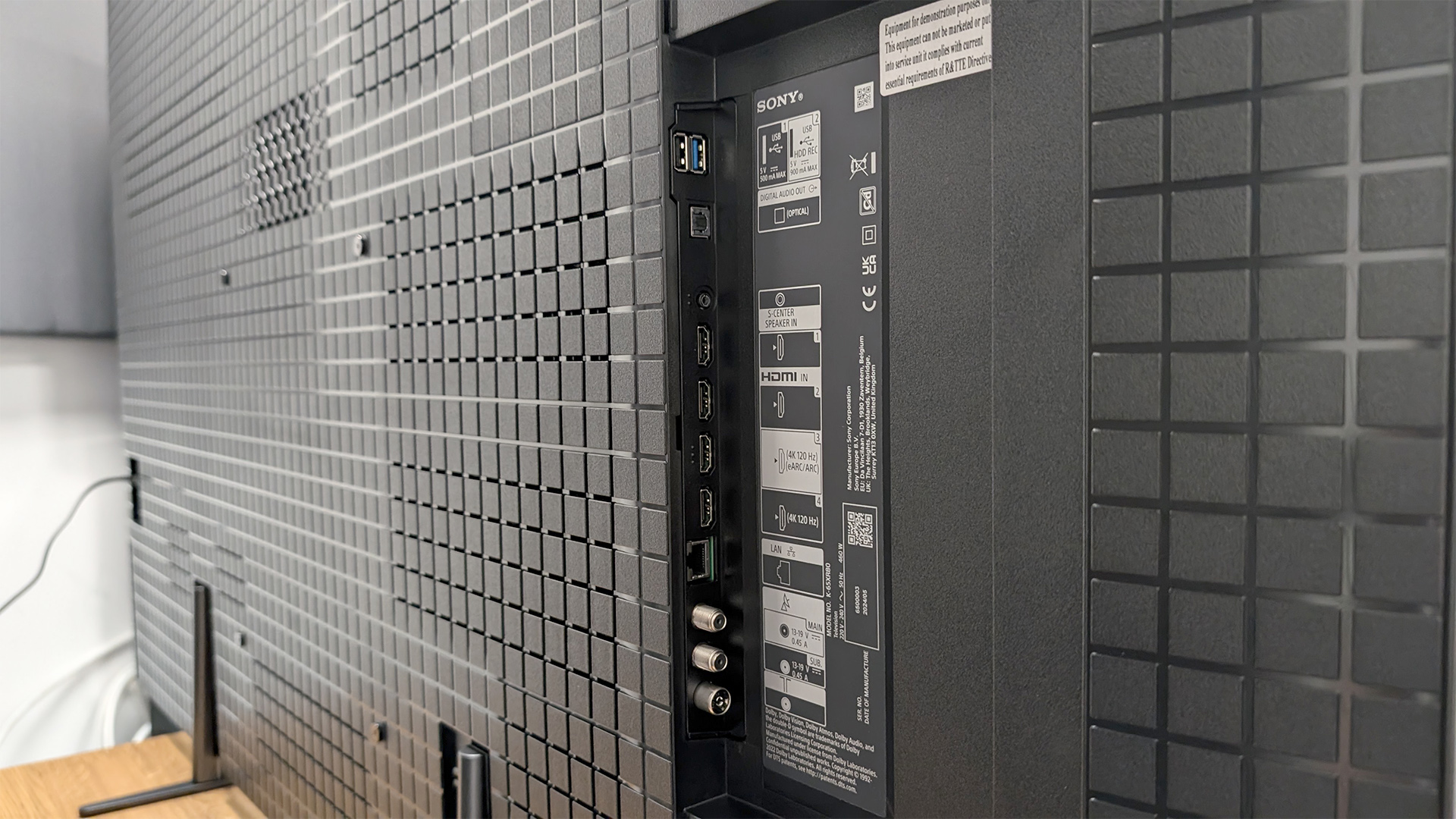
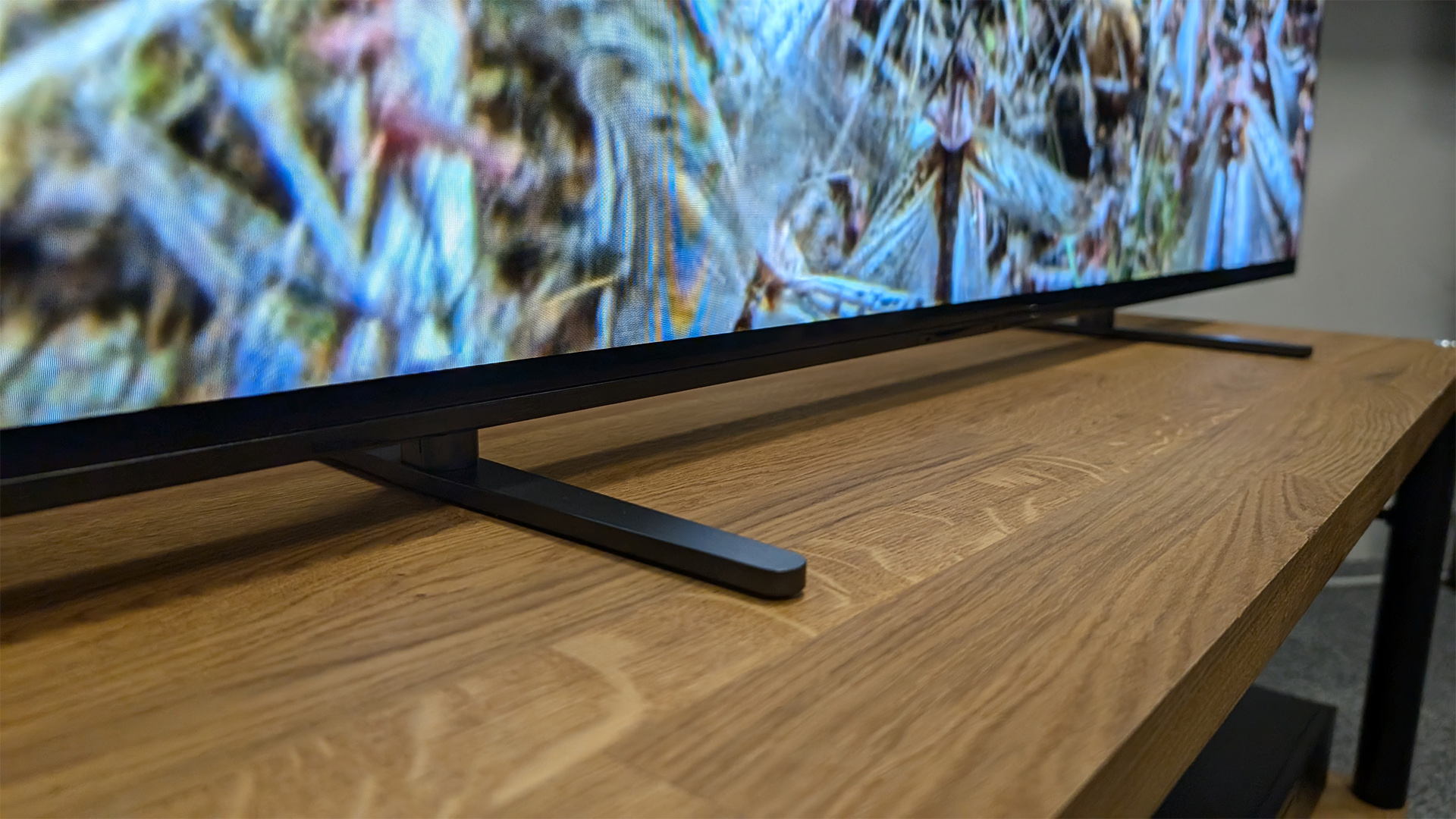
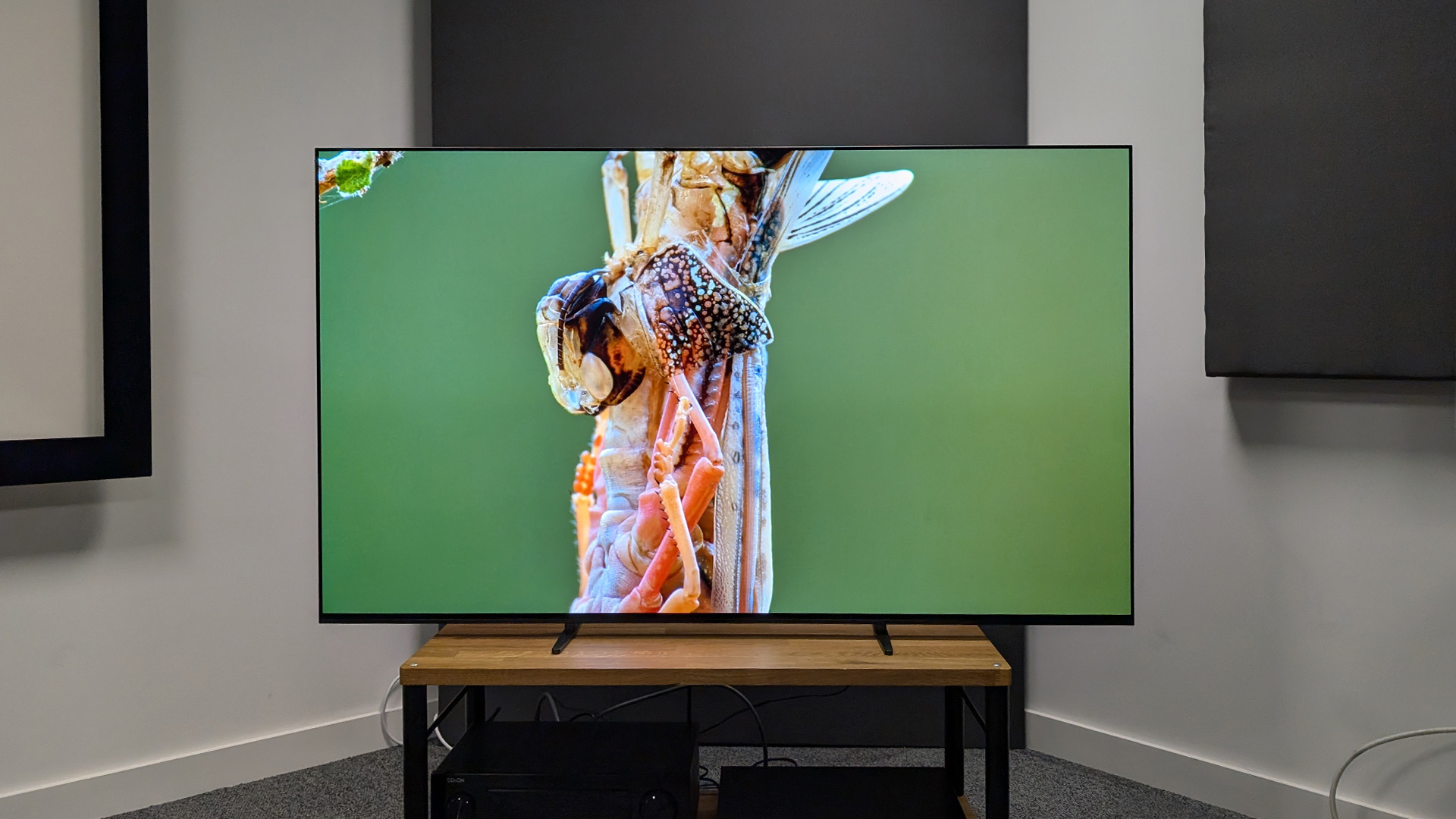
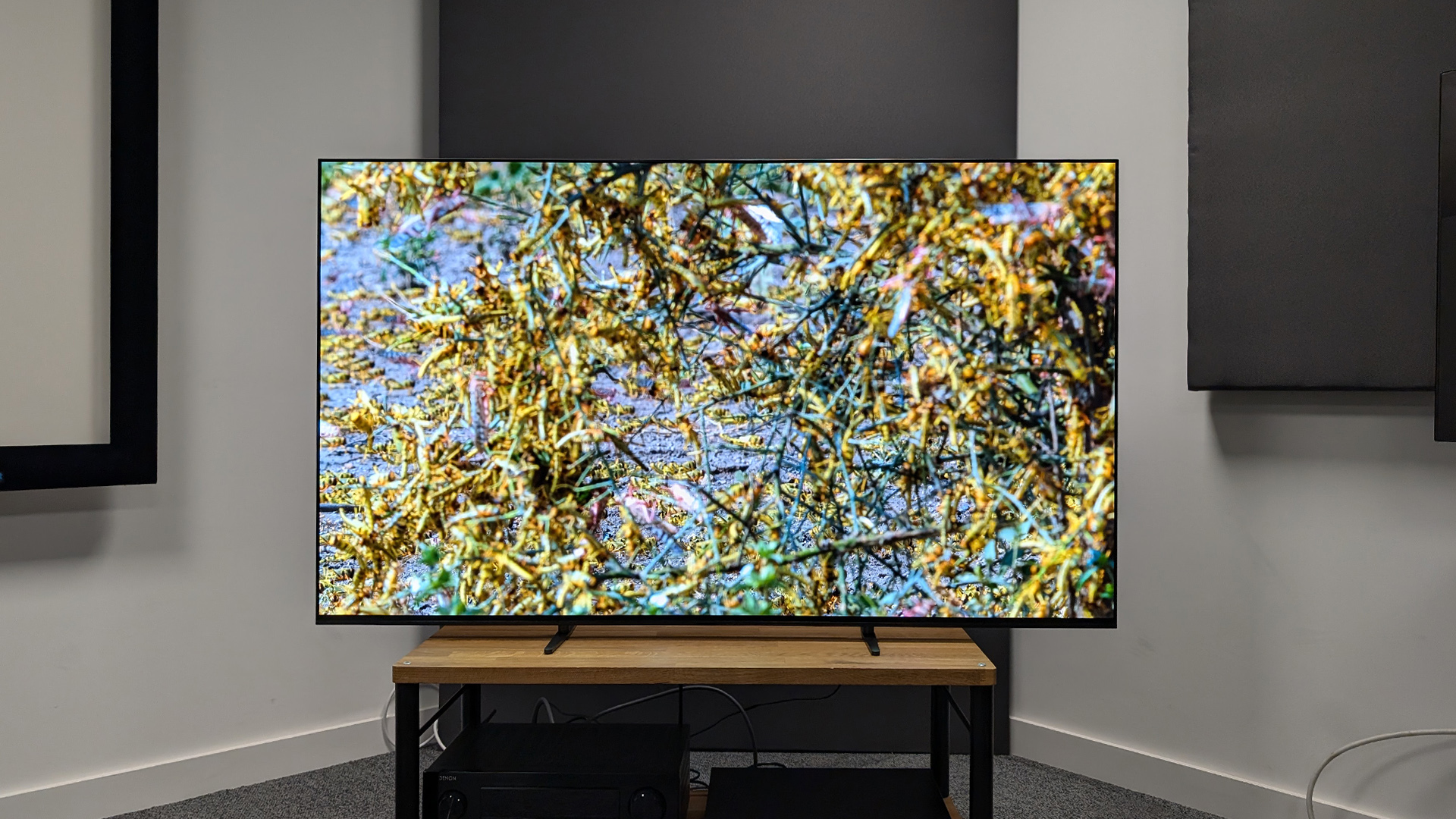
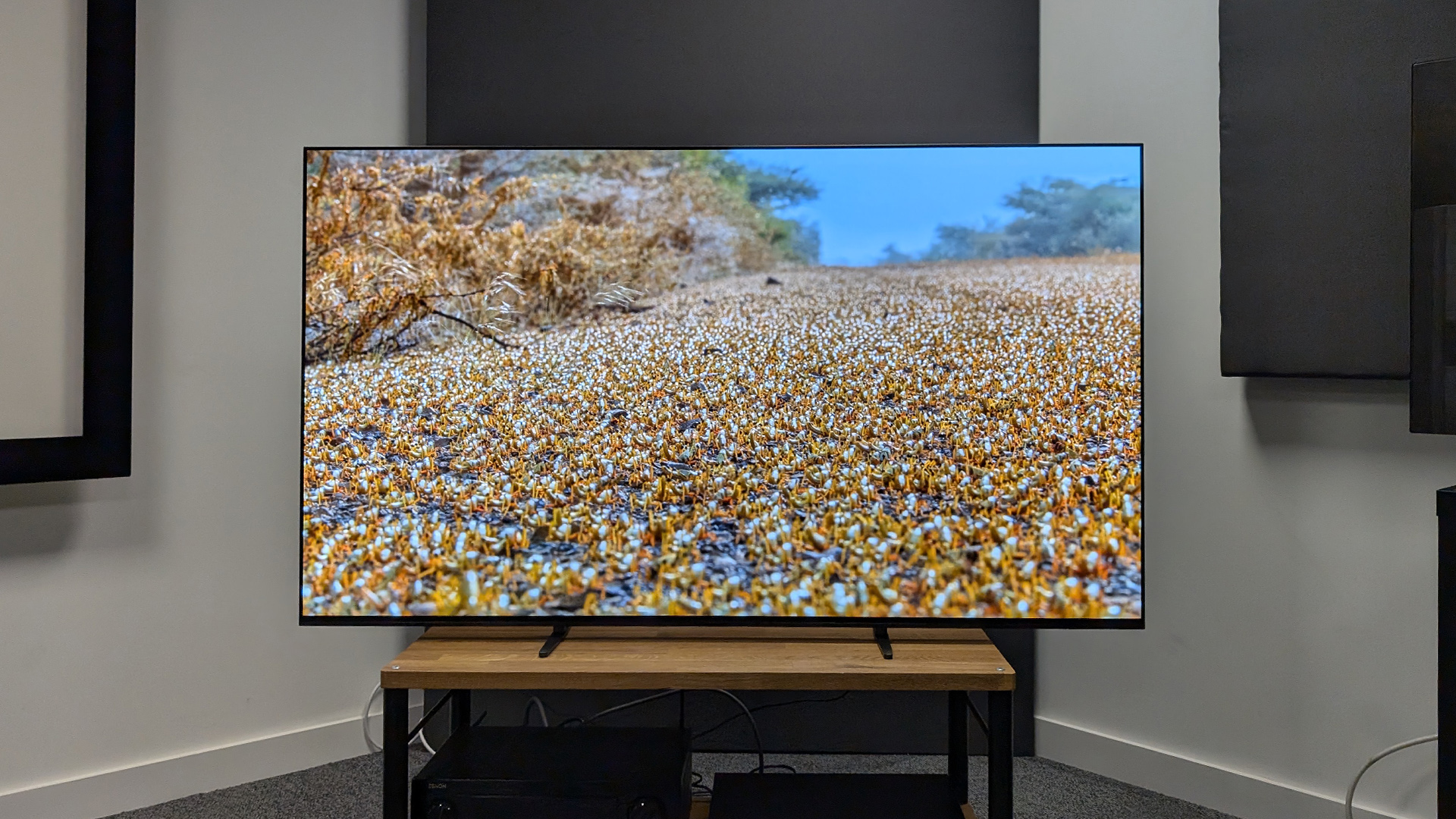
The Sony Bravia 8 is the firm’s step down OLED, which puts it in direct competition with big names including the LG C4 and newer LG C5.
We’re expecting a new Sony model to launch in the near future, but until it does and we get it in for testing, the Bravia 8 remains the best OLED TV we recommend to most people.
During testing we found it offers the best picture quality available on a TV its price, with its OLED panel going far brighter than expected while retaining a pleasing sense of authenticity.
If that wasn’t enough to tempt you, it also has the best in-built audio of any set at its price, thanks to the use of Sony’s clever Acoustic Surface Audio+ tech. This works using under-screen actuators rather than traditional speakers to create sound and let the Bravia 8 deliver a pleasingly clean and controlled audio experience.
This is why we continue to heap praise on it and stand by our conclusion:
“Skin tones are warmer and more realistic, and advances in its light control make the picture look wonderfully three-dimensional. Audio also remains a cut above the experience you’ll get on rival sets.”
The only minor downside is that – as with every other premium Sony TV – the Bravia 8 only has two HDMI 2.1 inputs, one of which doubles as an eARC. This means if you have a Dolby Atmos soundbar and two current-generation games consoles you’ll have to contend with a fair amount of cable swapping.
Read the full Sony Bravia 8 review
Best premium Sony TV
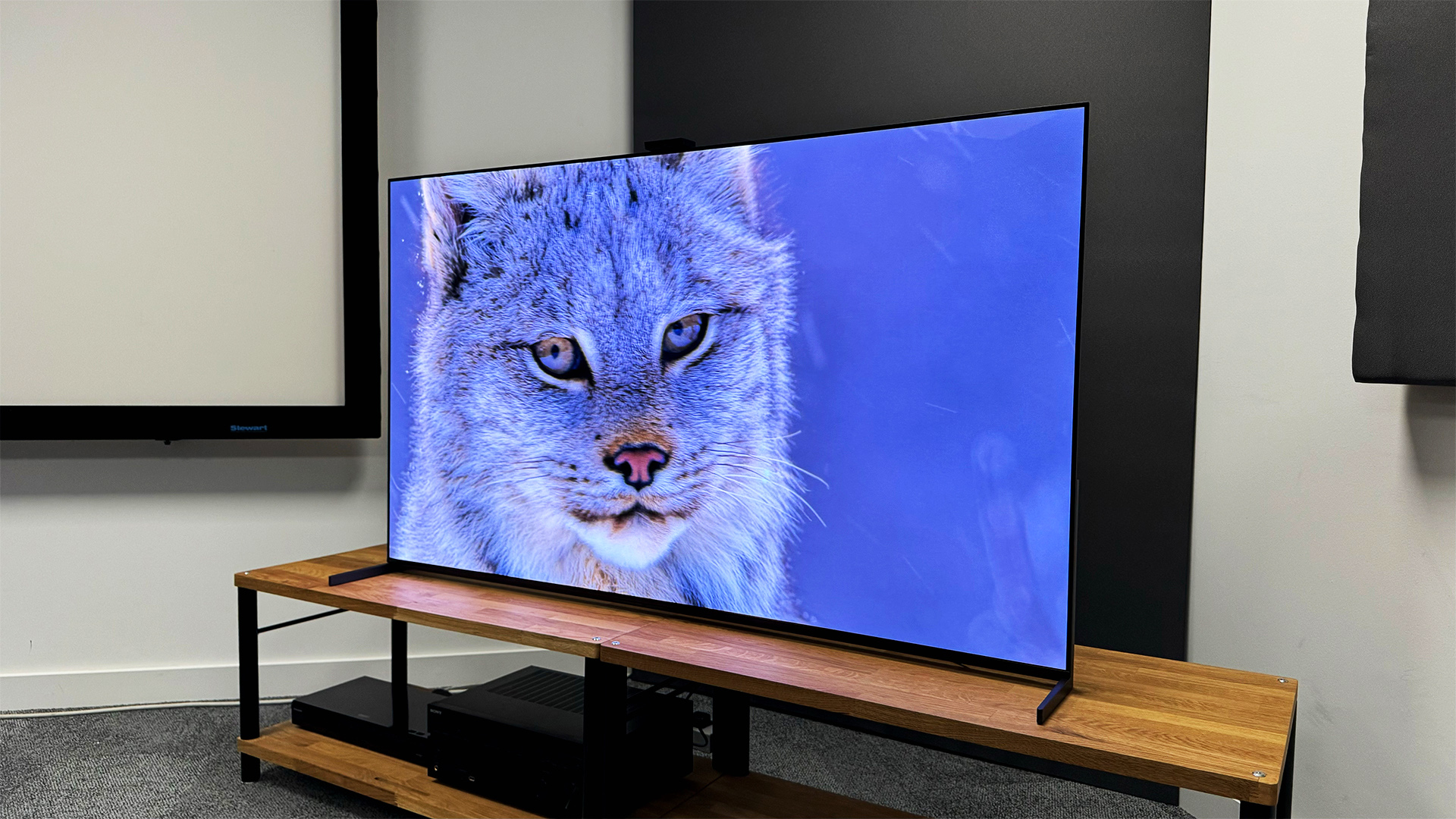
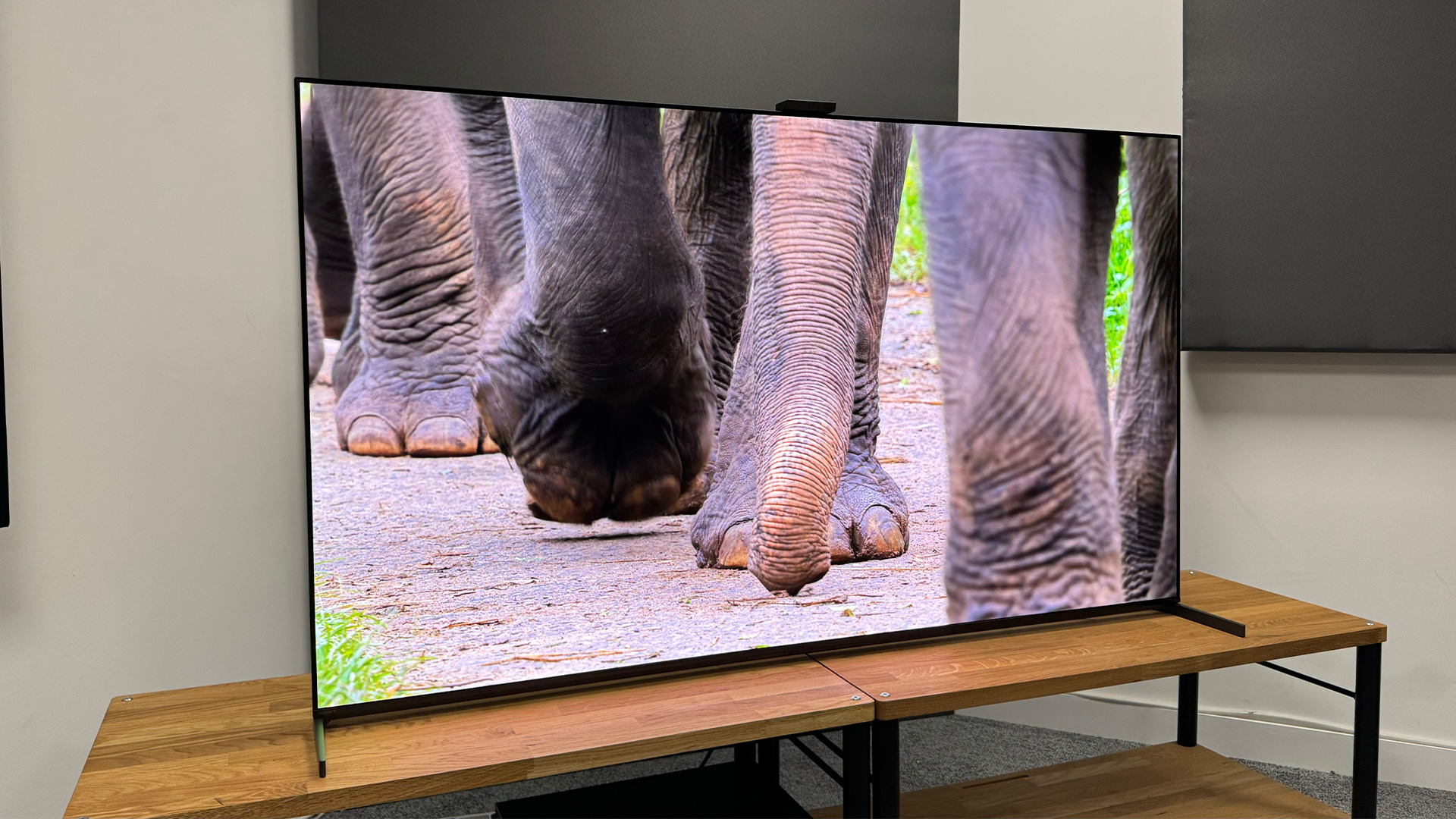
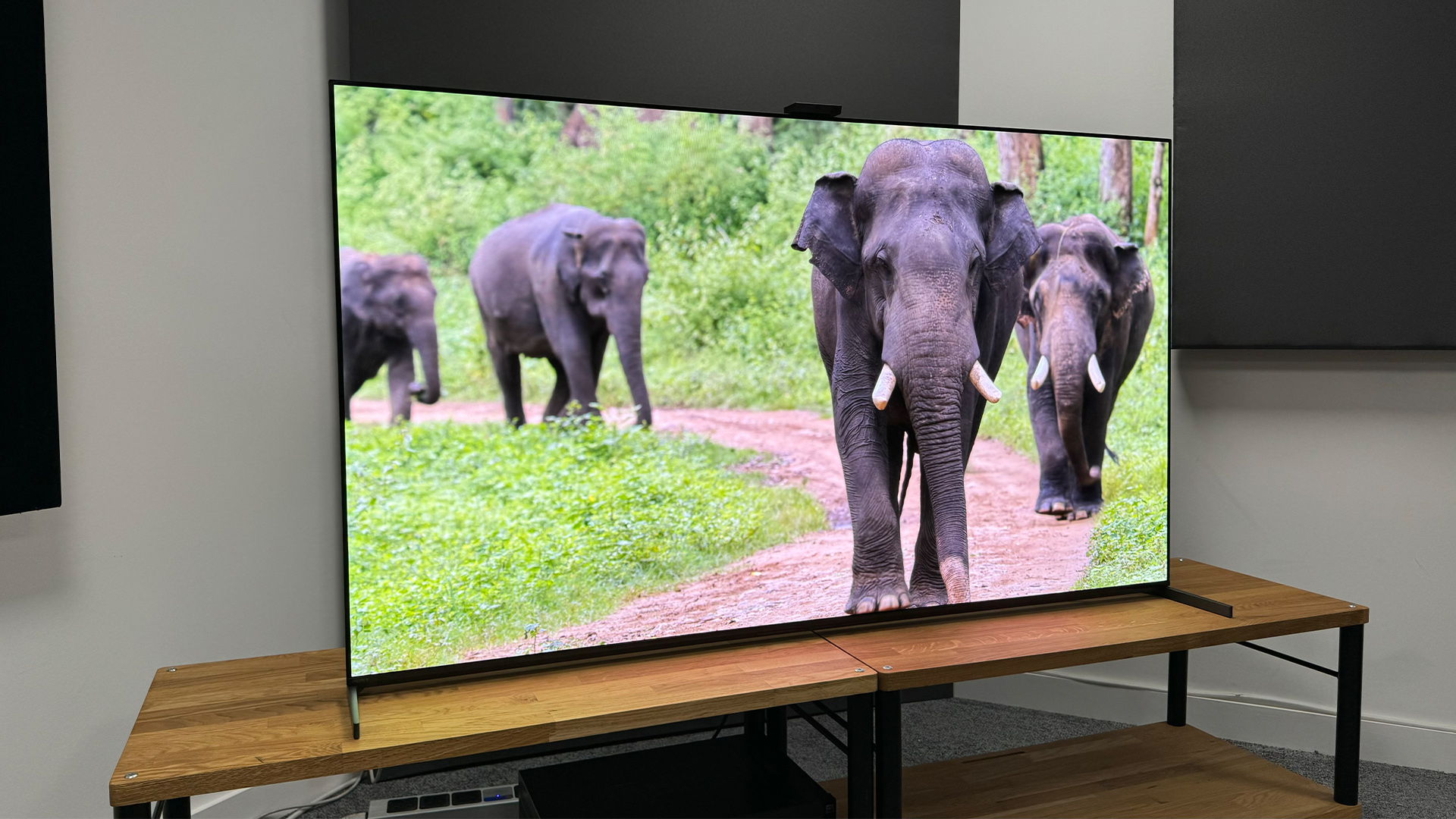
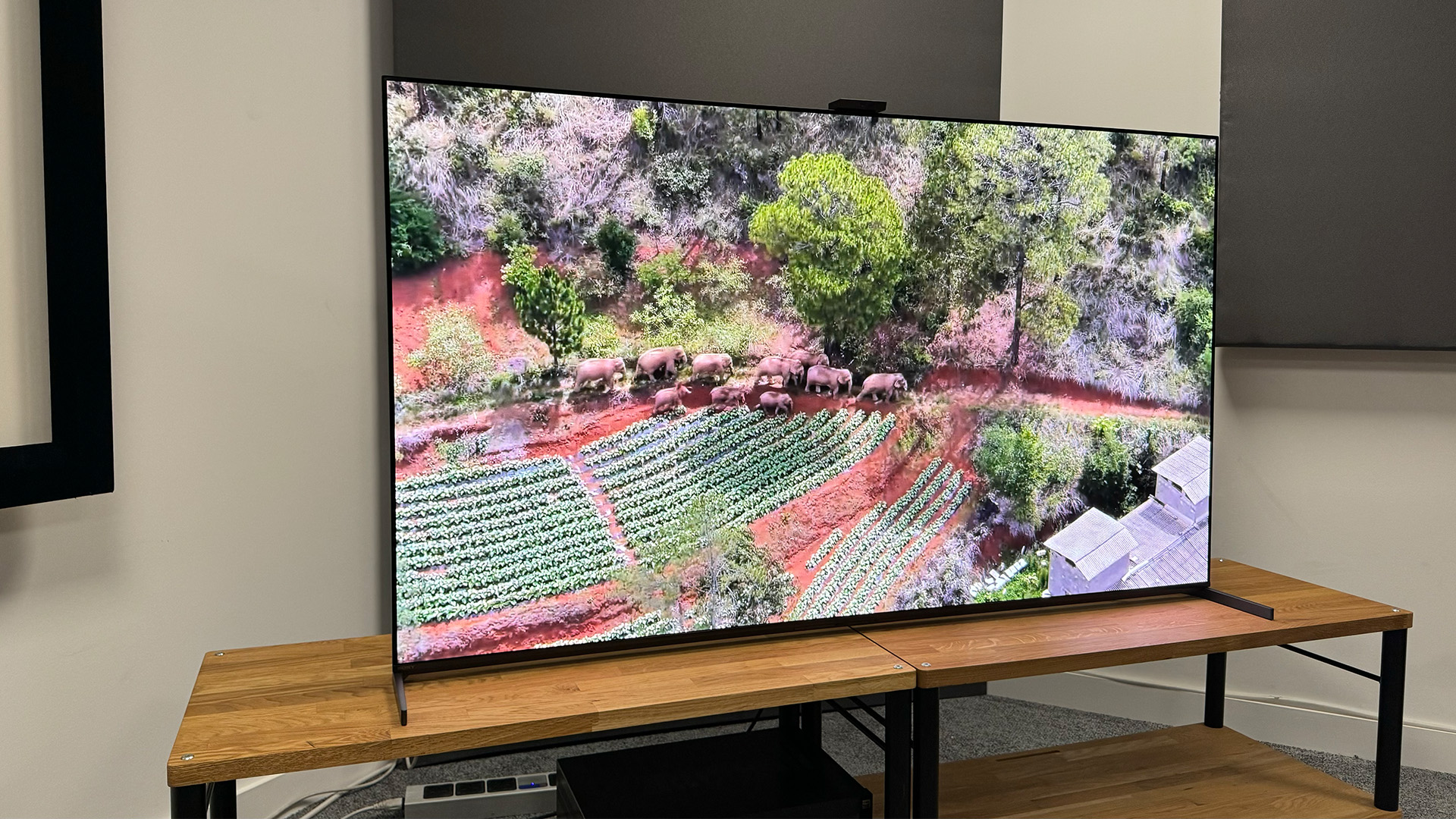
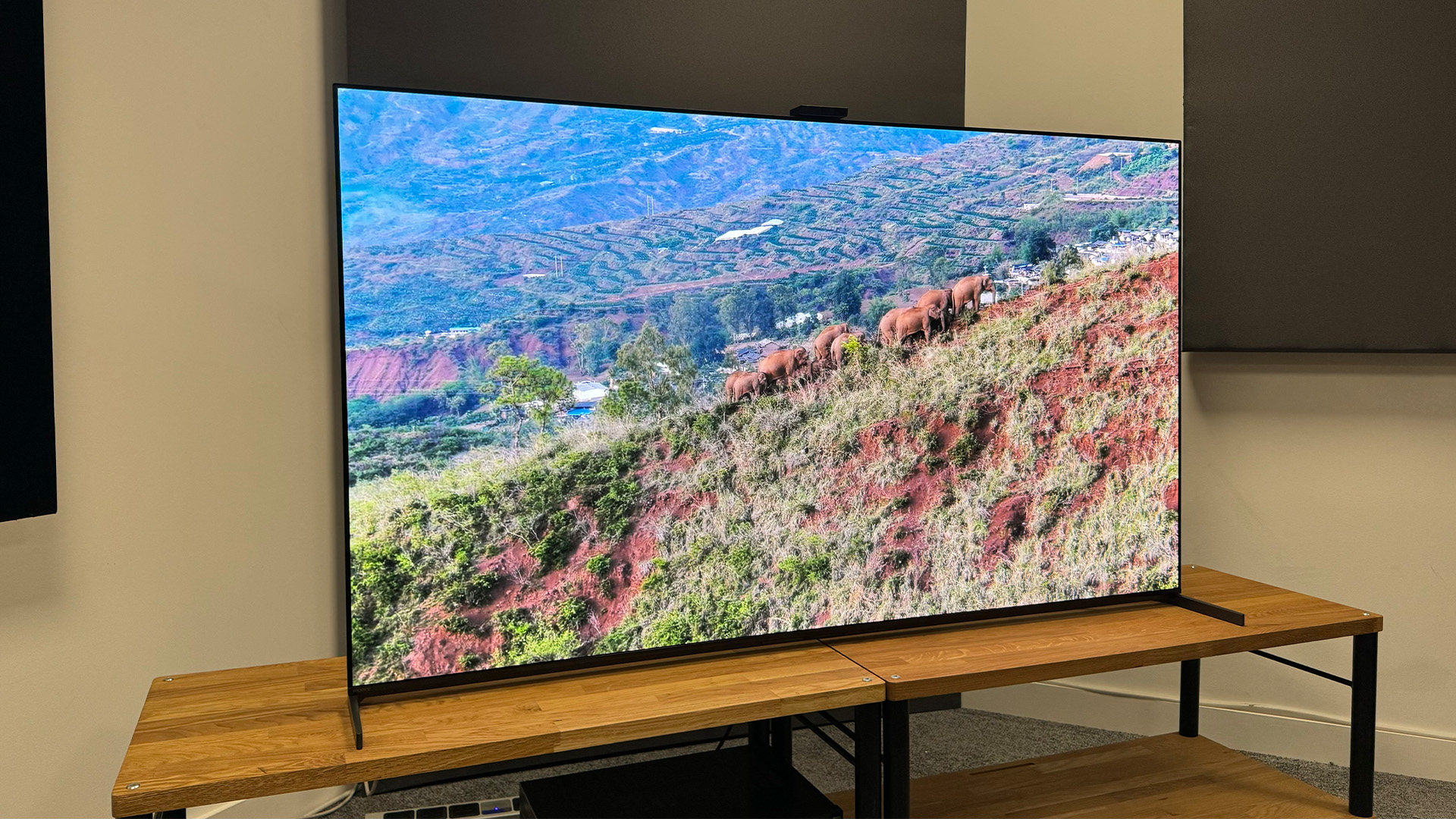
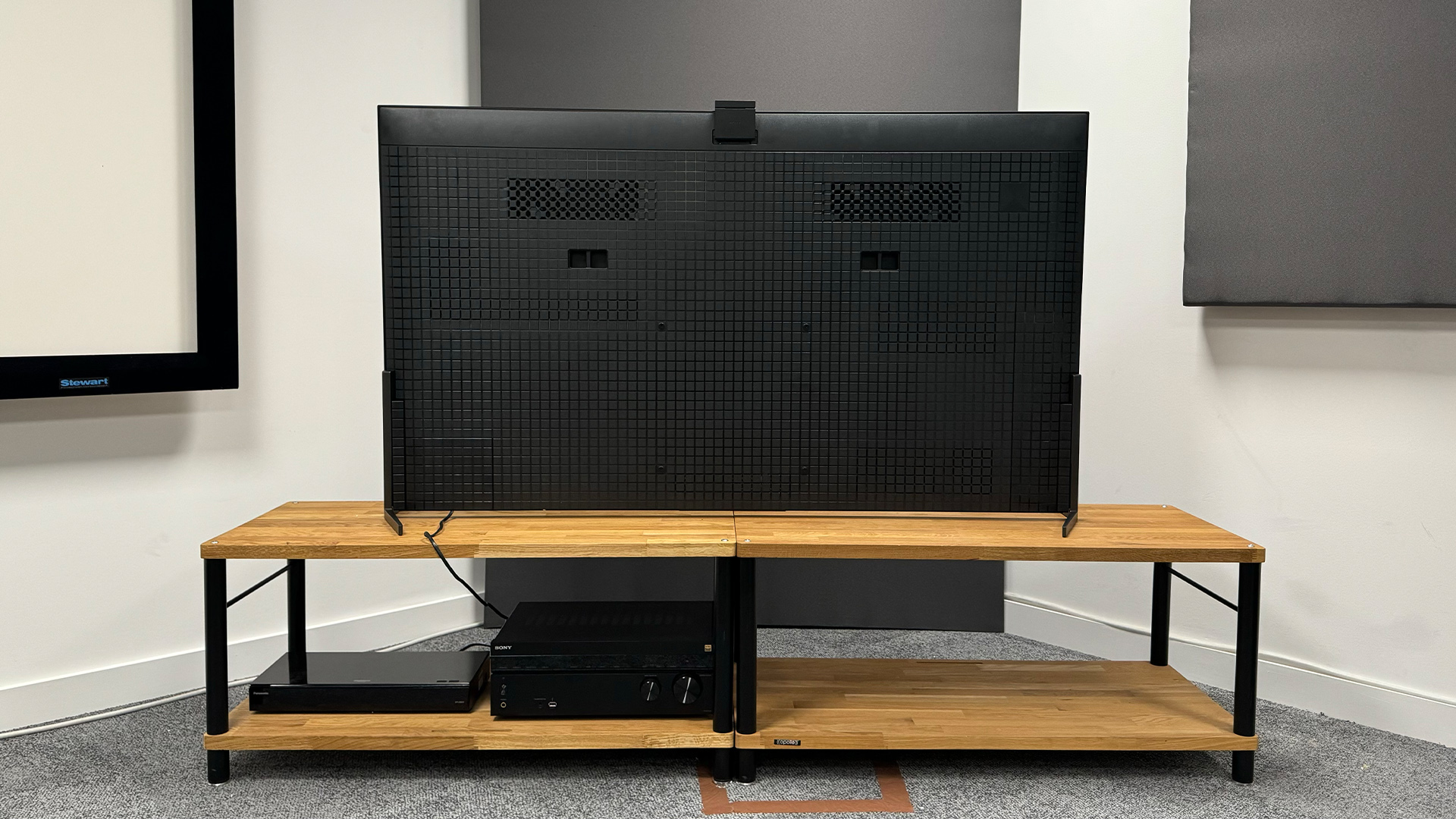
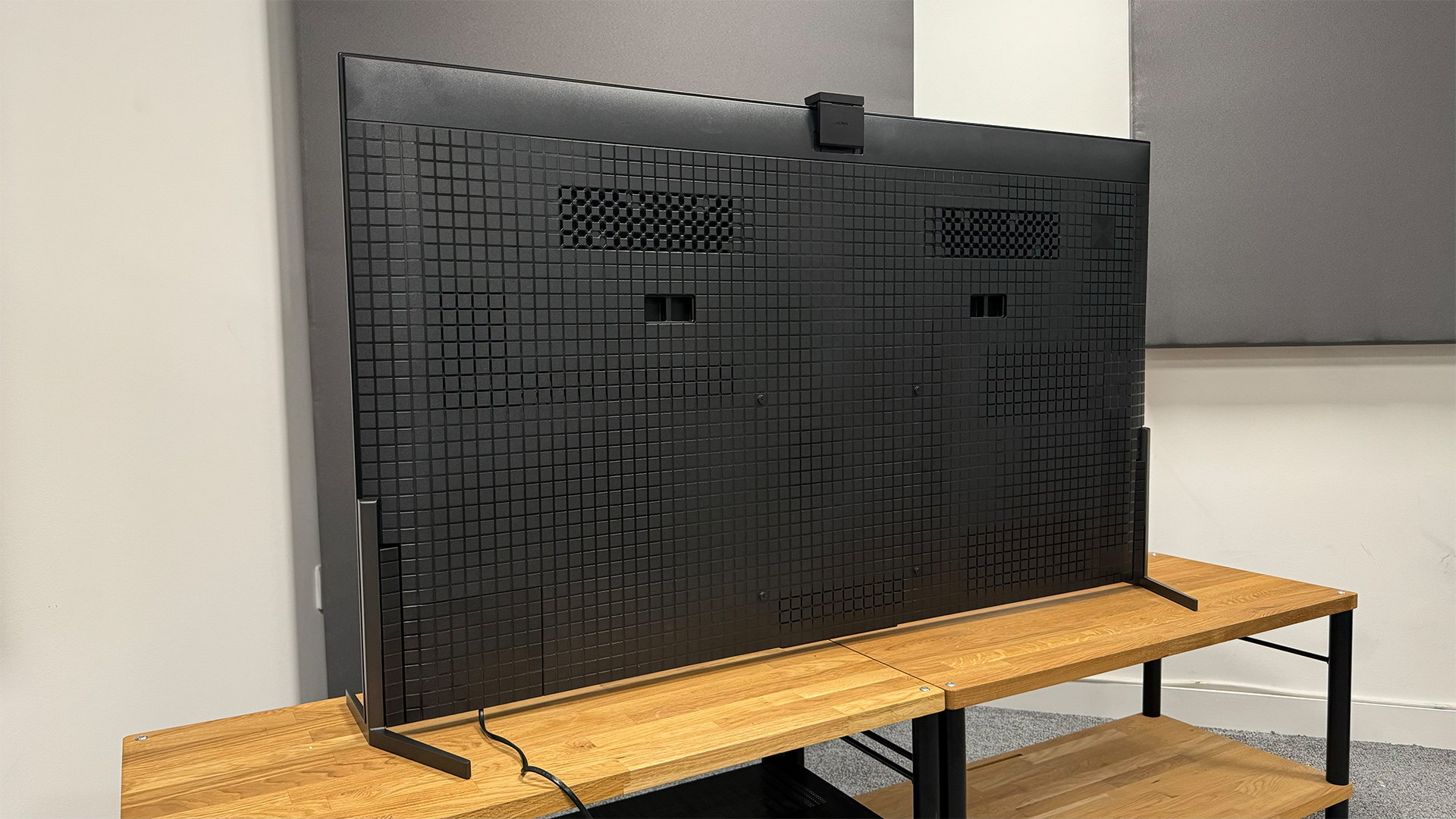
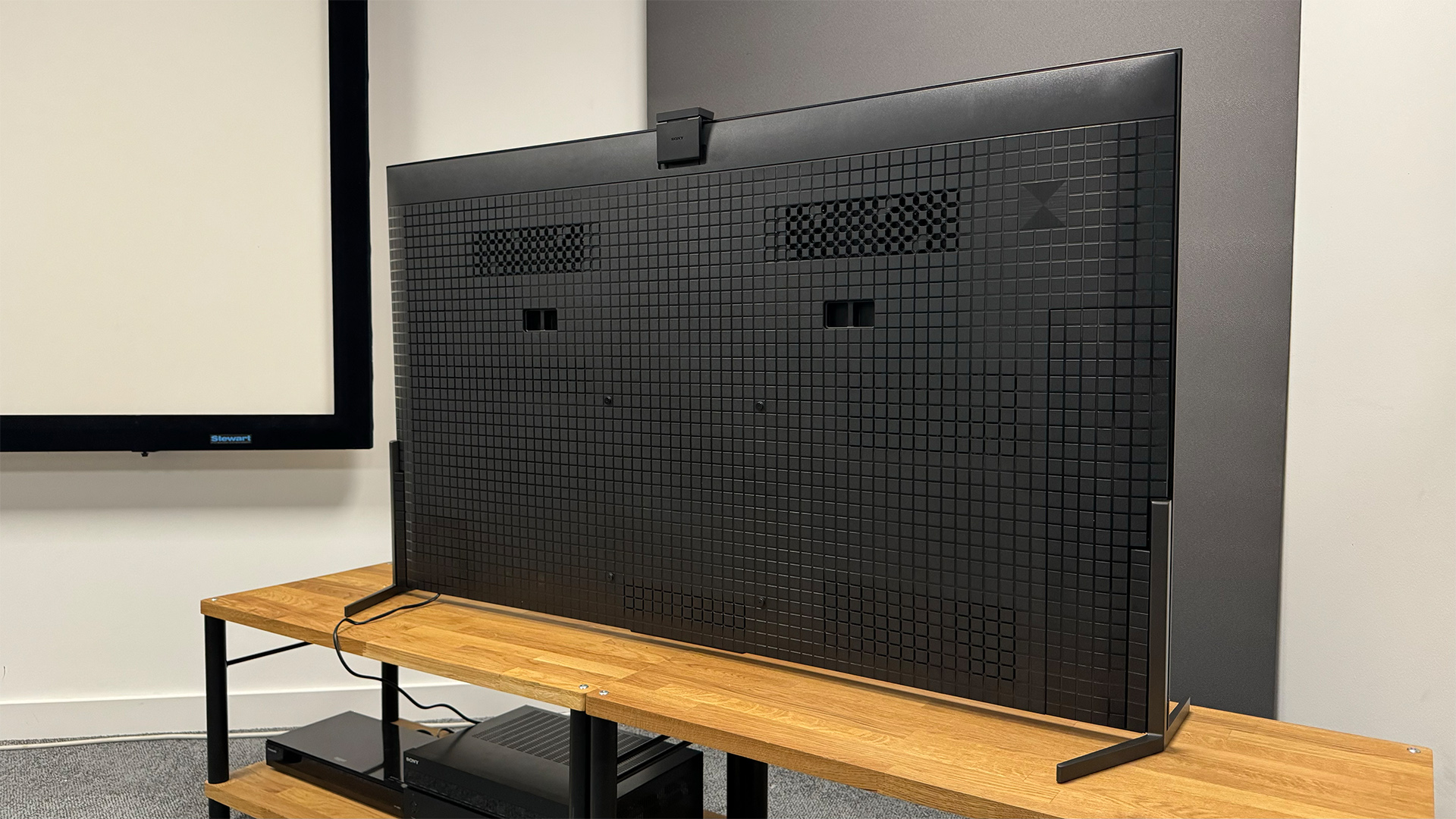
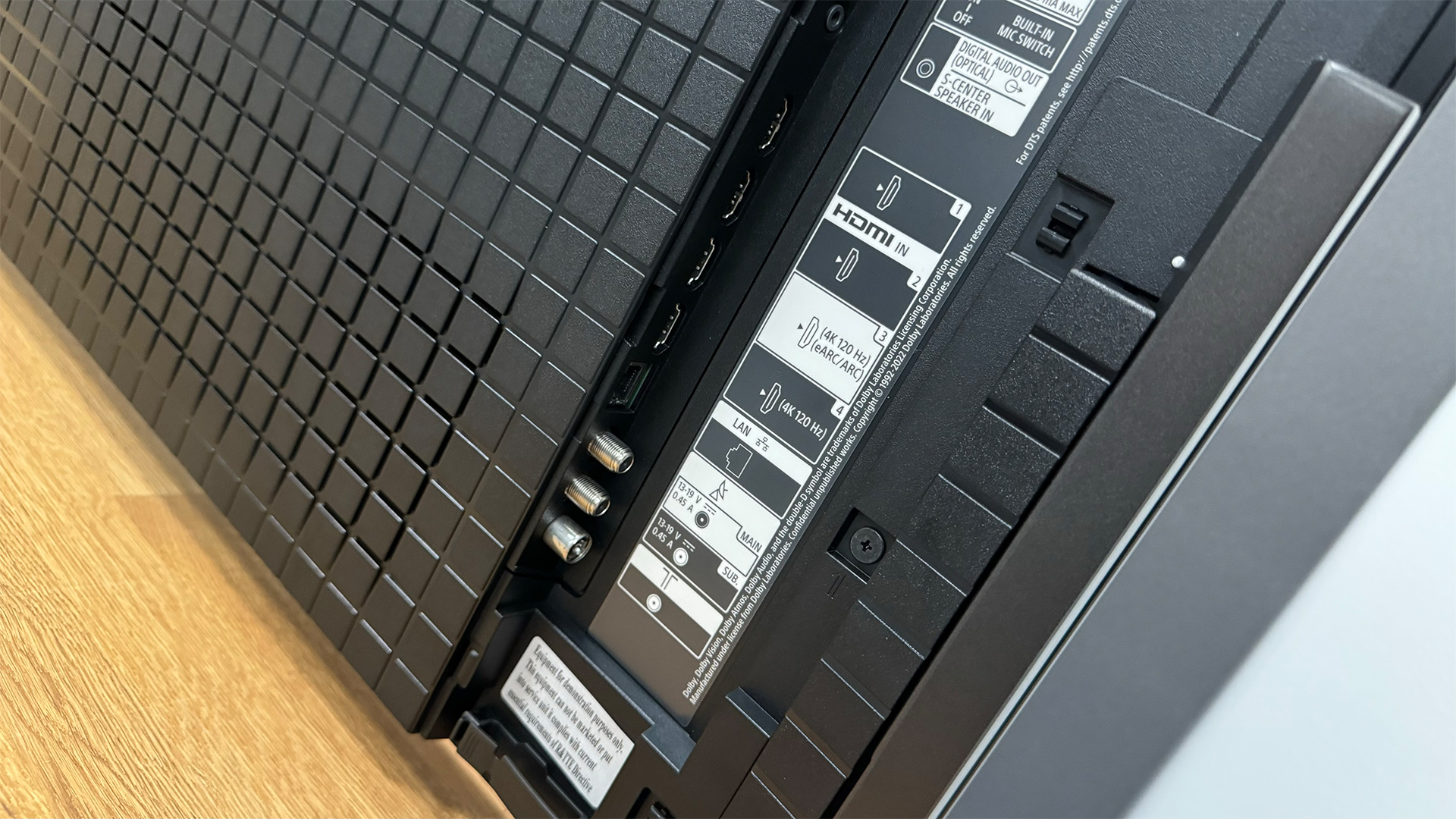
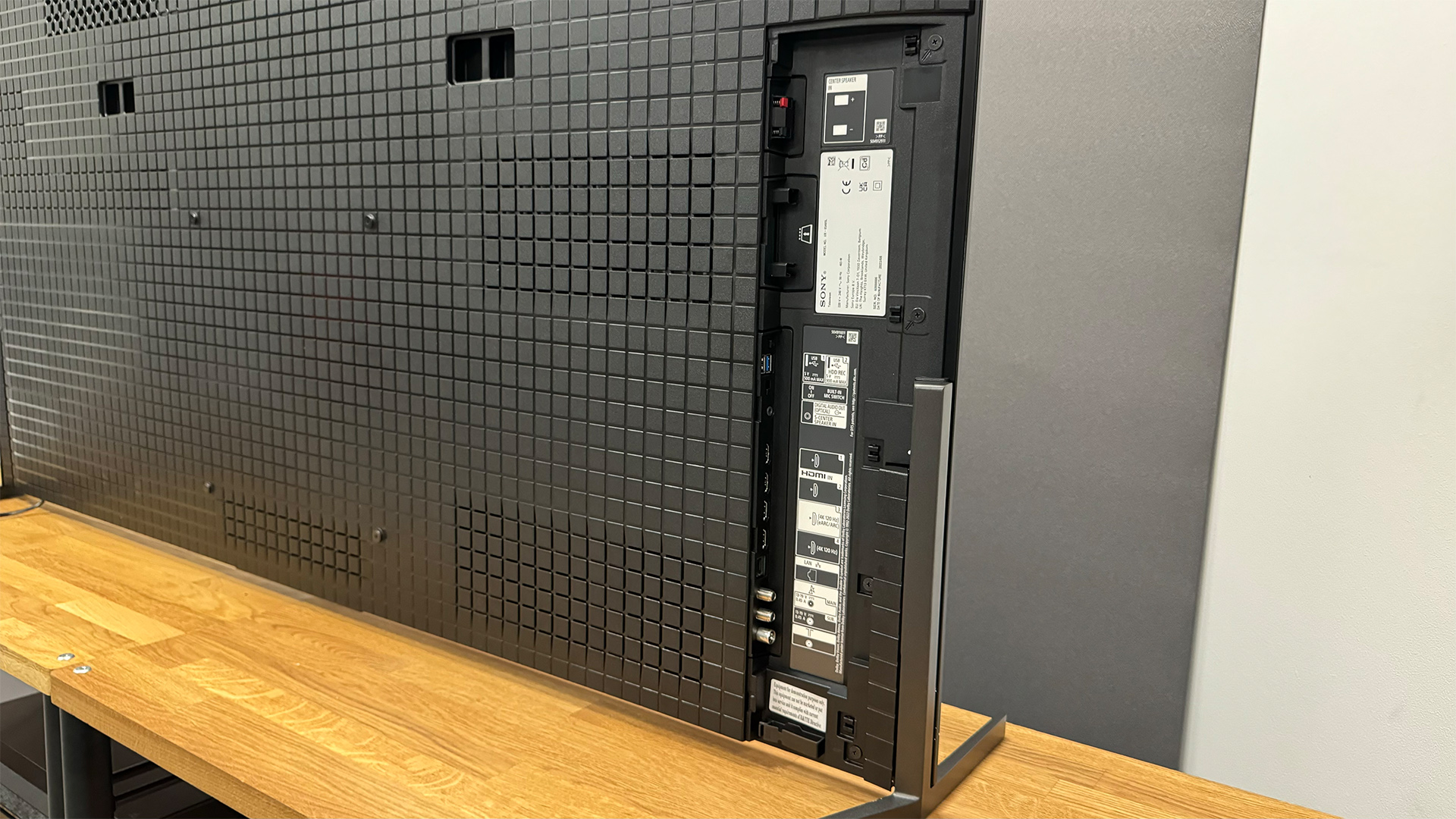
While it's getting a little long in the tooth, the A95L remains a fantastic example of the benefits QD-OLED brings, particularly in terms of brightness and colour reproduction.
We also continue to recommend it over the newer, equally premium Bravia 9 further down this list for most normal people who aren't dead set against getting a TV with an OLED panel. This is because the Bravia 9, which uses a Mini LED rather than OLED panel, failed to match the picture performance of the A95L in a few key areas, especially shadow detail and contrast consistency.
Which is why, if money is no object, the A95L is still the Sony TV we recommend. The second-gen QD-OLED screen offers more brightness and vibrancy while also being more efficient to run.
Not only is it brighter than most basic OLED rivals, but it also packs more detail, so bright highlights contain delicate colour shading that most TVs will omit. The picture is bursting with texture, too, especially within shadows, and this helps give skin tones their realistic feel.
The superb contrast makes for a high degree of three-dimensionality, which, combined with the level of nuance on show, makes for a very solid image. Despite all its fireworks, it never looks anything but authentic – a rare skill in the TV world.
And on the audio side, it's very impressive. The actuator-based system of the previous A95K has been tweaked slightly, but it still vibrates the screen to create sound, allowing effects to be precisely placed within the picture (so dialogue comes from characters' mouths, for example). It's certainly direct, but it also extends the soundstage far beyond the confines of the TV, adding a very welcome sense of space. There's plenty of detail to the sound, too, though it's a little light on bass.
All of this makes for not only the best Sony TV around, but one of the best TVs currently available from any manufacturer. Hence our reviewers' verdict: "With super-bright content, the A95L will knock your socks off; with everything else, it's merely superb – and it sounds great for a TV, too".
The only downside is that there are only two HDMI 2.1 ports, so gamers will have to do some port switching if they have multiple top-notch game sources. It also launched without UK terrestrial catch-up apps or Dolby Vision gaming, but both have since been added via updates.
Read the full Sony A95L review
Best small Sony TV
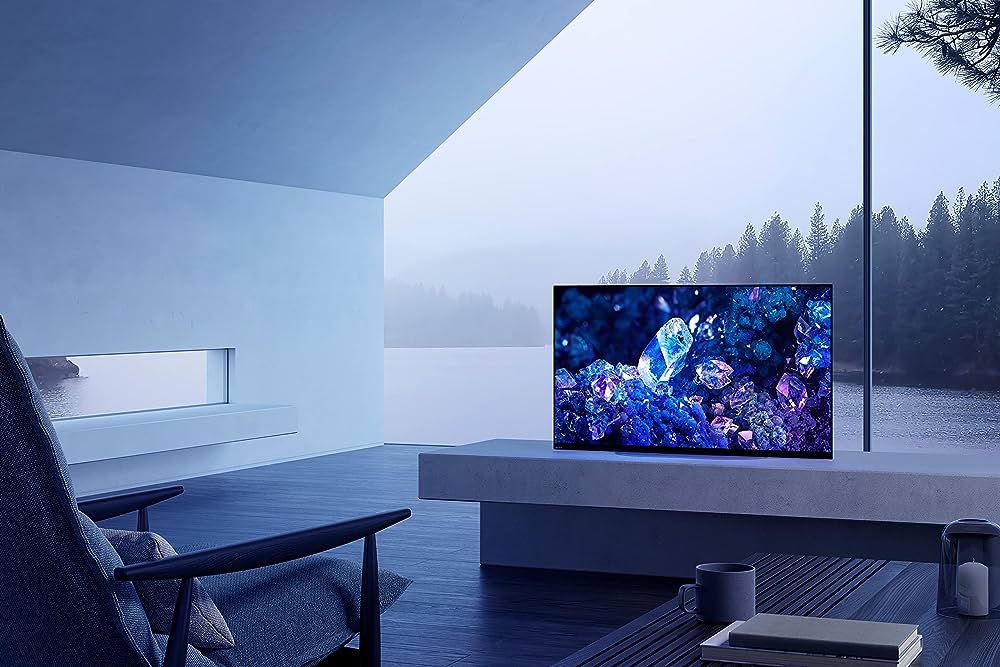
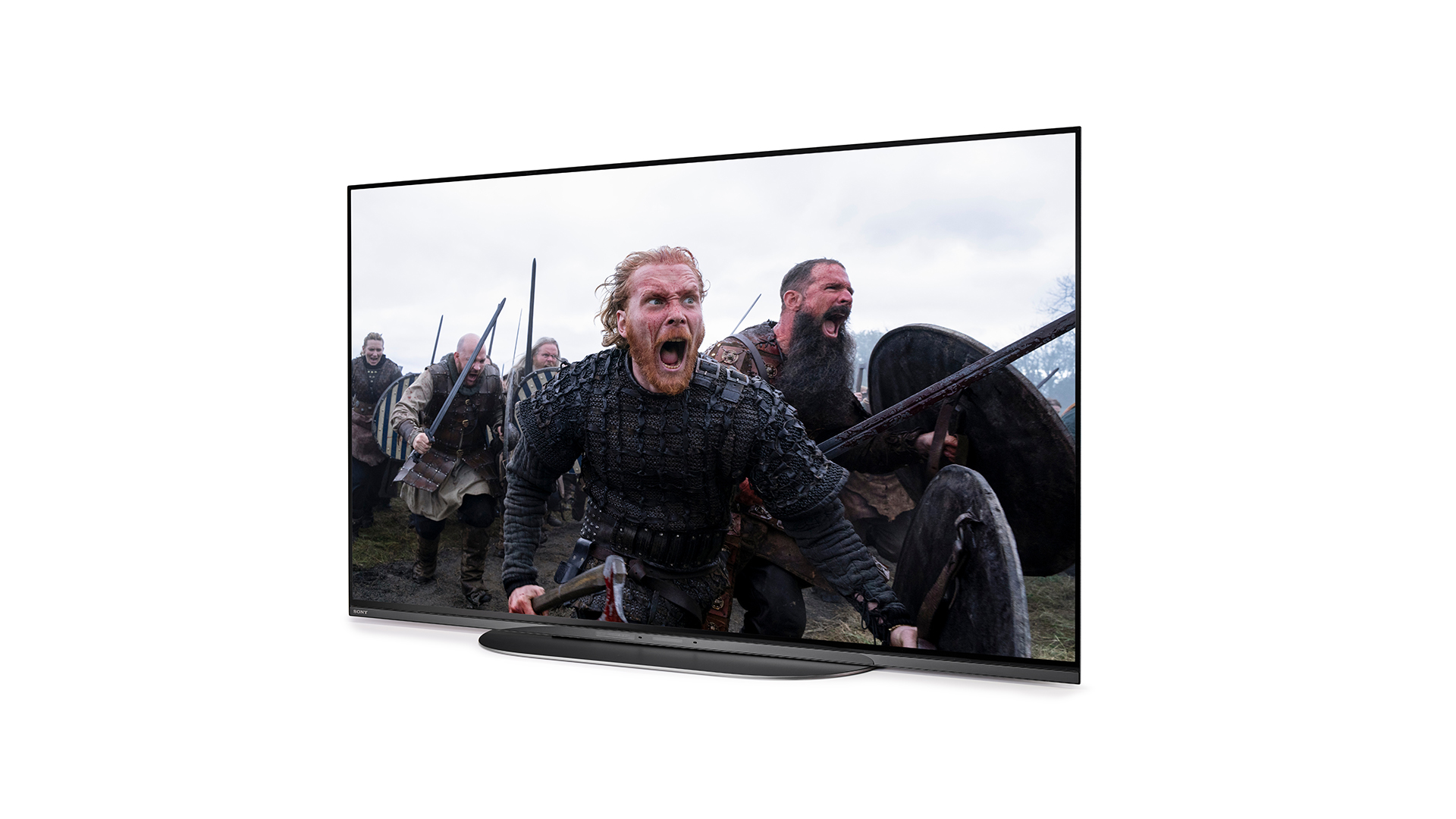
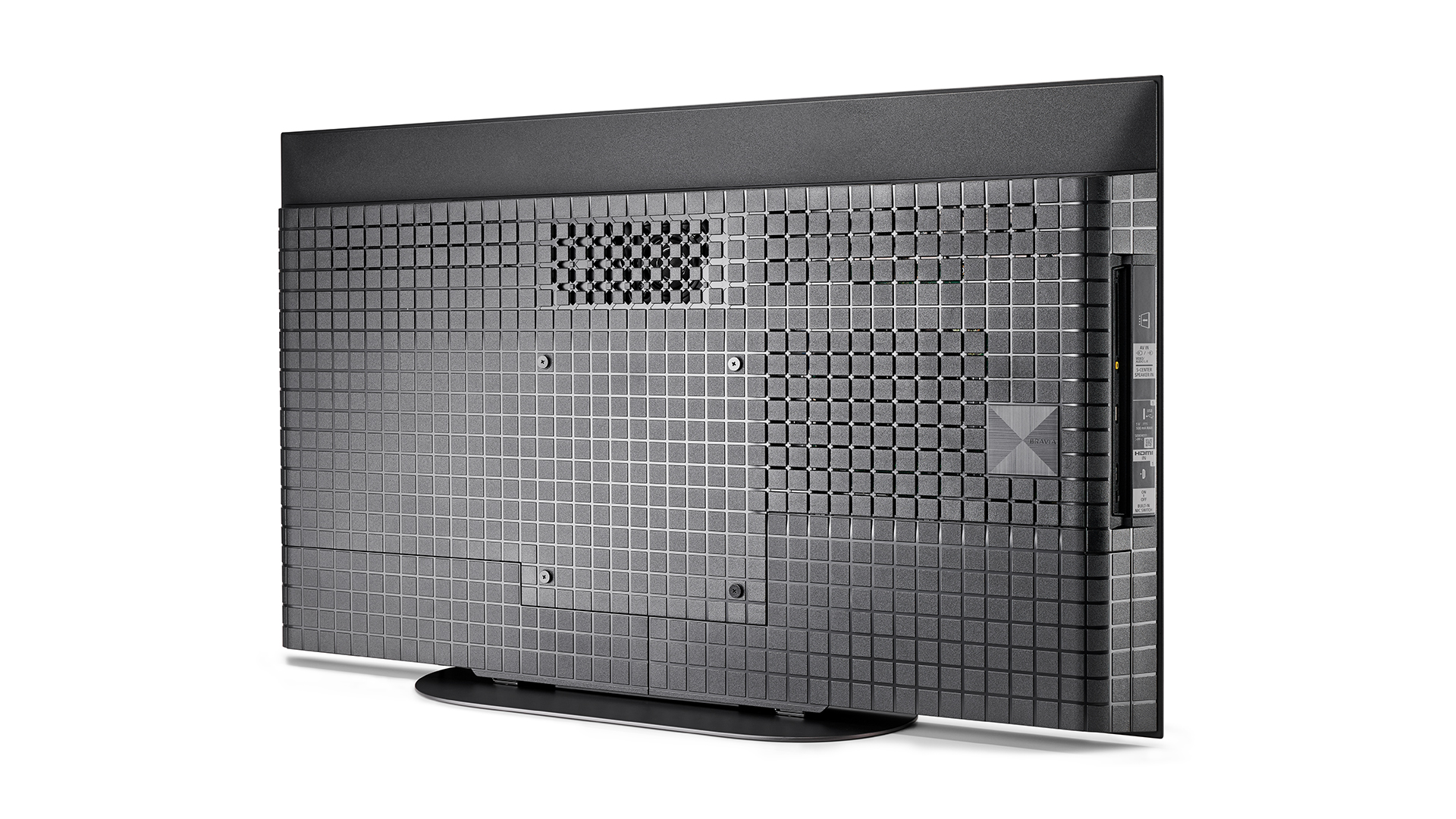
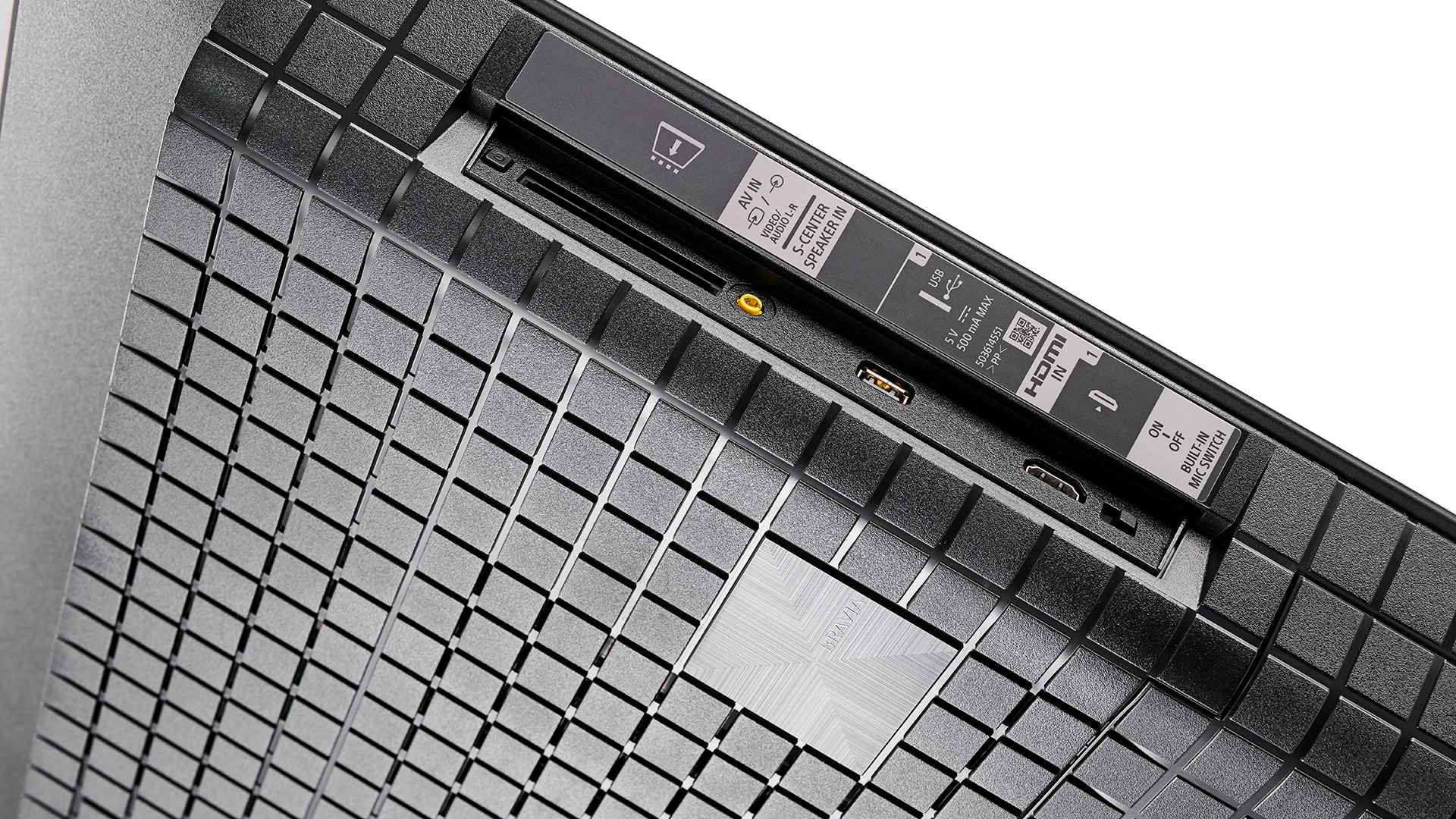
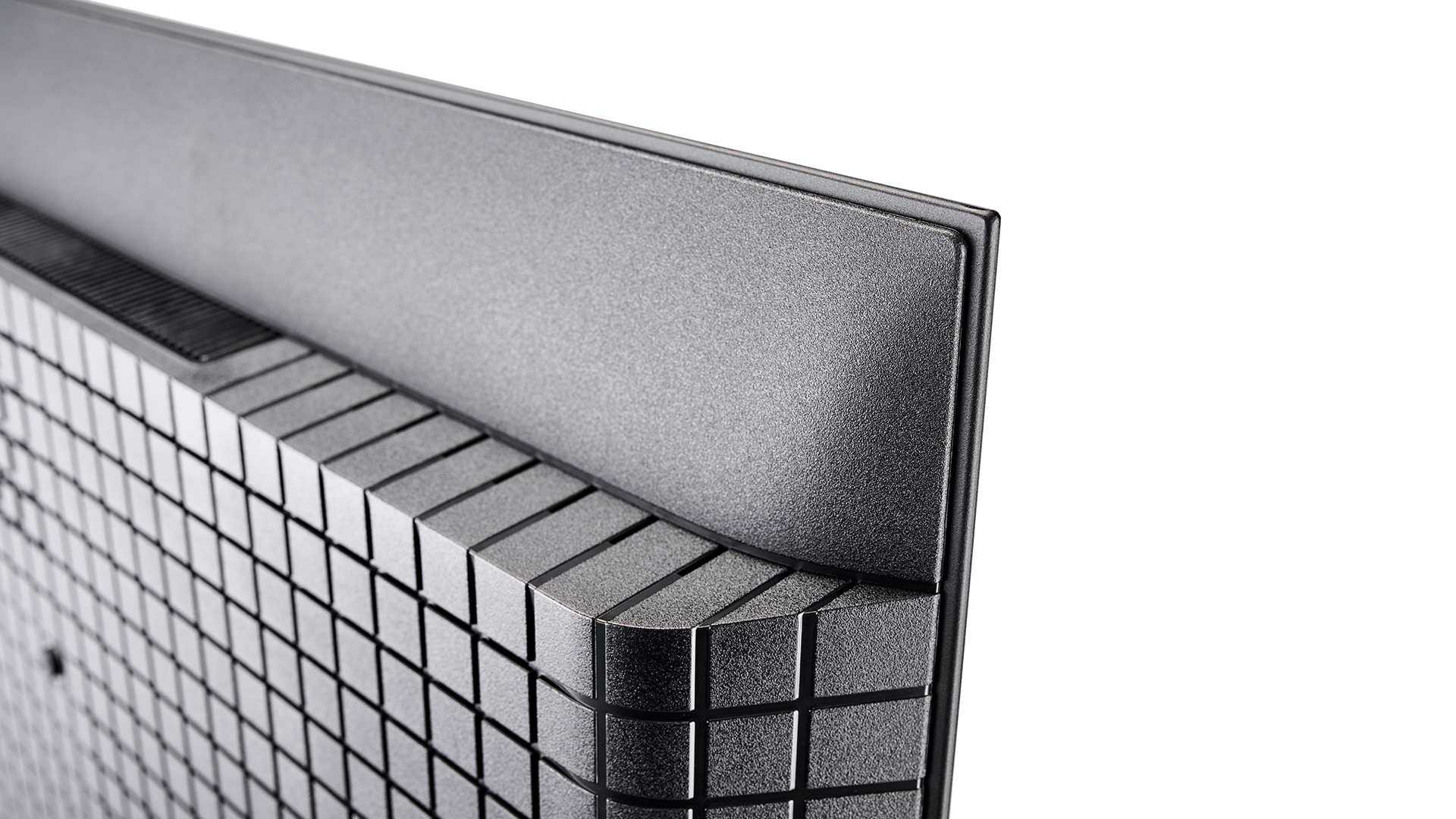
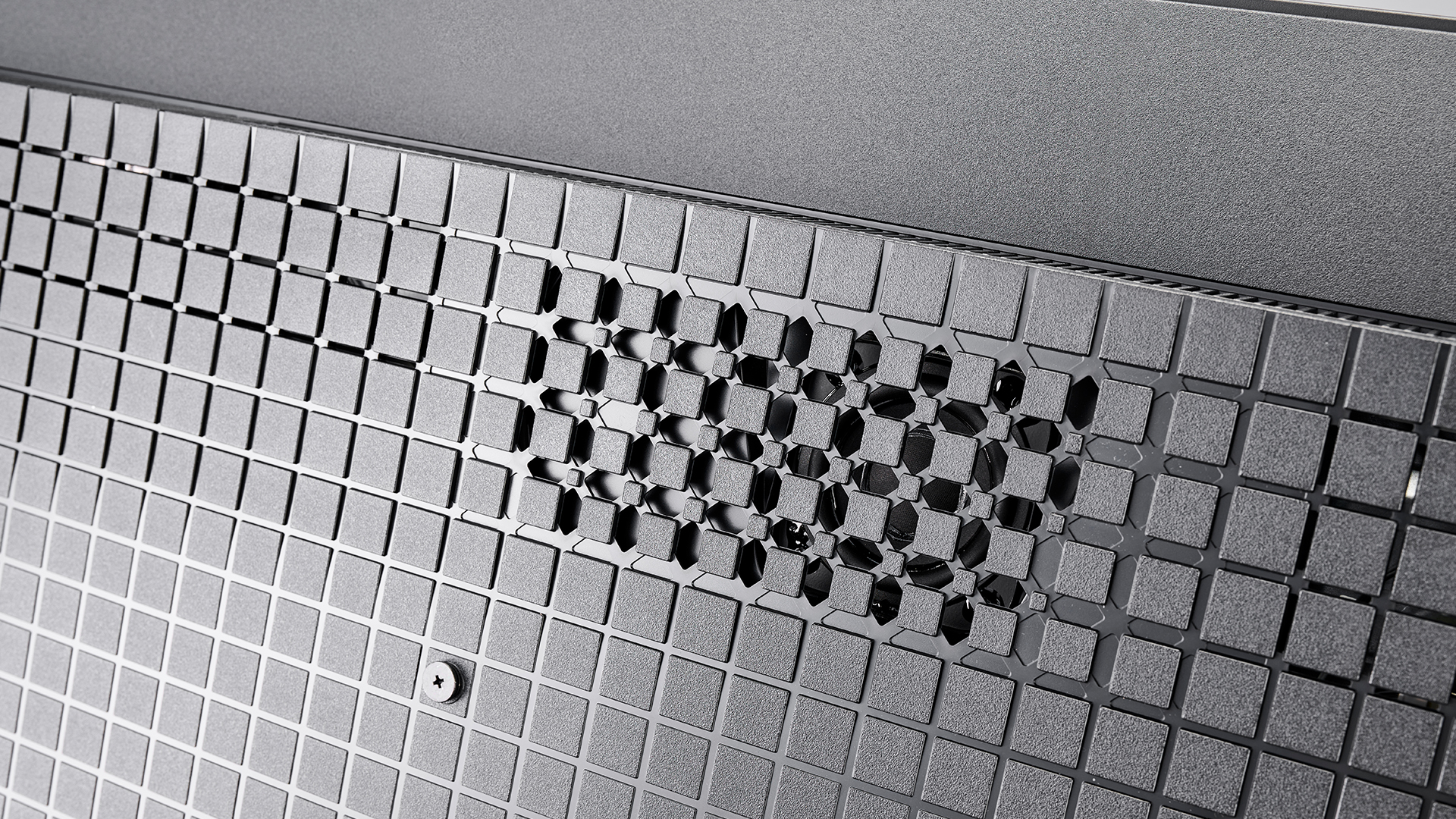
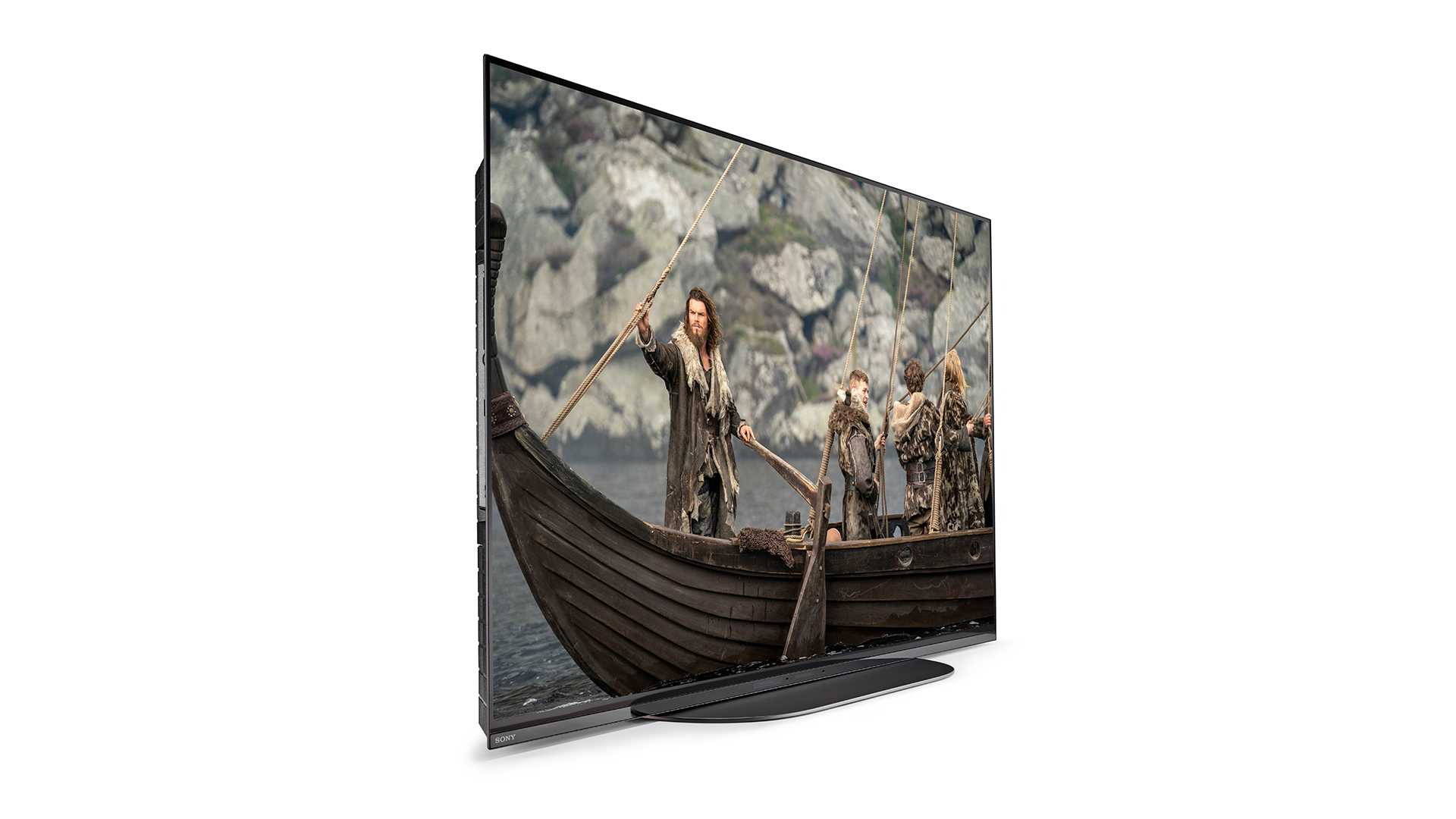
Buying a sub-50-inch TV used to mean losing out on the kind of top-end features that would adorn the bigger models, but Sony, LG and Samsung all now sell smaller versions of their flagship sets – and the 42-inch A90K doesn’t disappoint.
Despite its relatively small screen size, you still get four HDMI ports, including two that support 4K/120Hz signals, so you can get the most out of a PS5 or Xbox Series X.
As with Sony's other OLED models, the system consists of actuators that vibrate the whole screen in order to make sound, which ties the audio to the on-screen action in a way that rival sets simply can't match.
That said, while the A90K sounds much better than most TVs of this size, we recommend connecting a soundbar to the eARC port for even better audio.
It supports the usual Dolby Vision, HDR10 and HLG formats of HDR, although as with all Sony TVs, HDR10+ is absent. The Cognitive Processor XR delivers a stunningly solid and deep image for a TV this size.
The A90K is rather long in the tooth now, having launched three years ago, and it's not as bright or gamer-friendly as newer models such as the Award-winning LG C5, but if you’re a Sony loyalist with limited space, the stylish XR-42A90K is the ideal way to fill it.
Read the full Sony XR-42A90K review
Best mid-size Sony TV
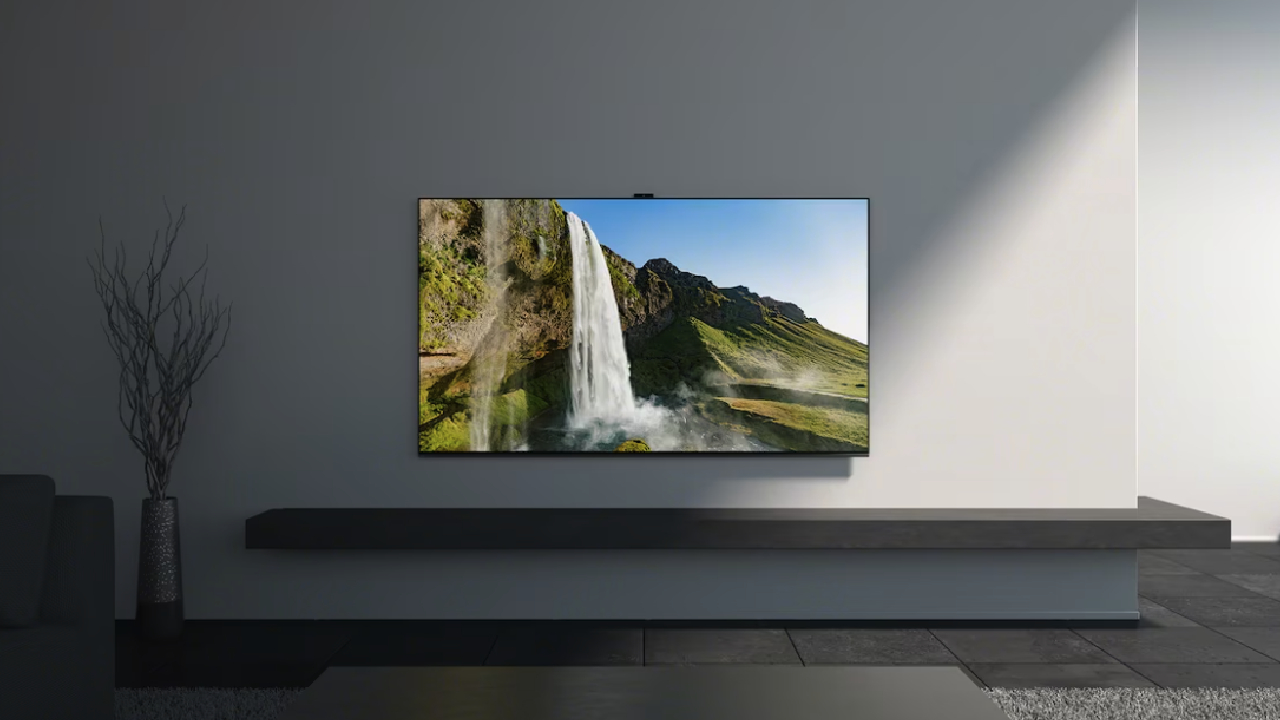
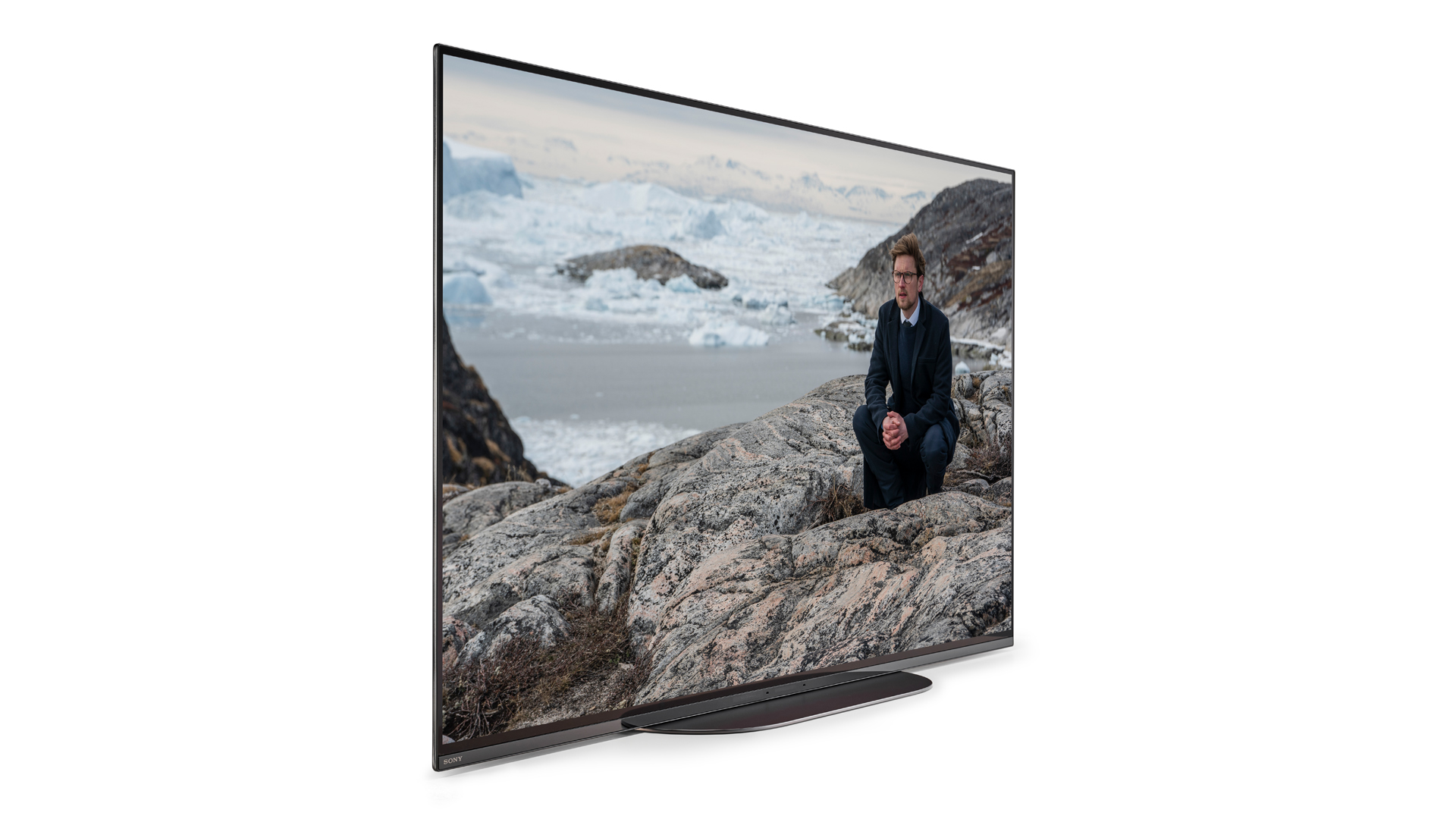
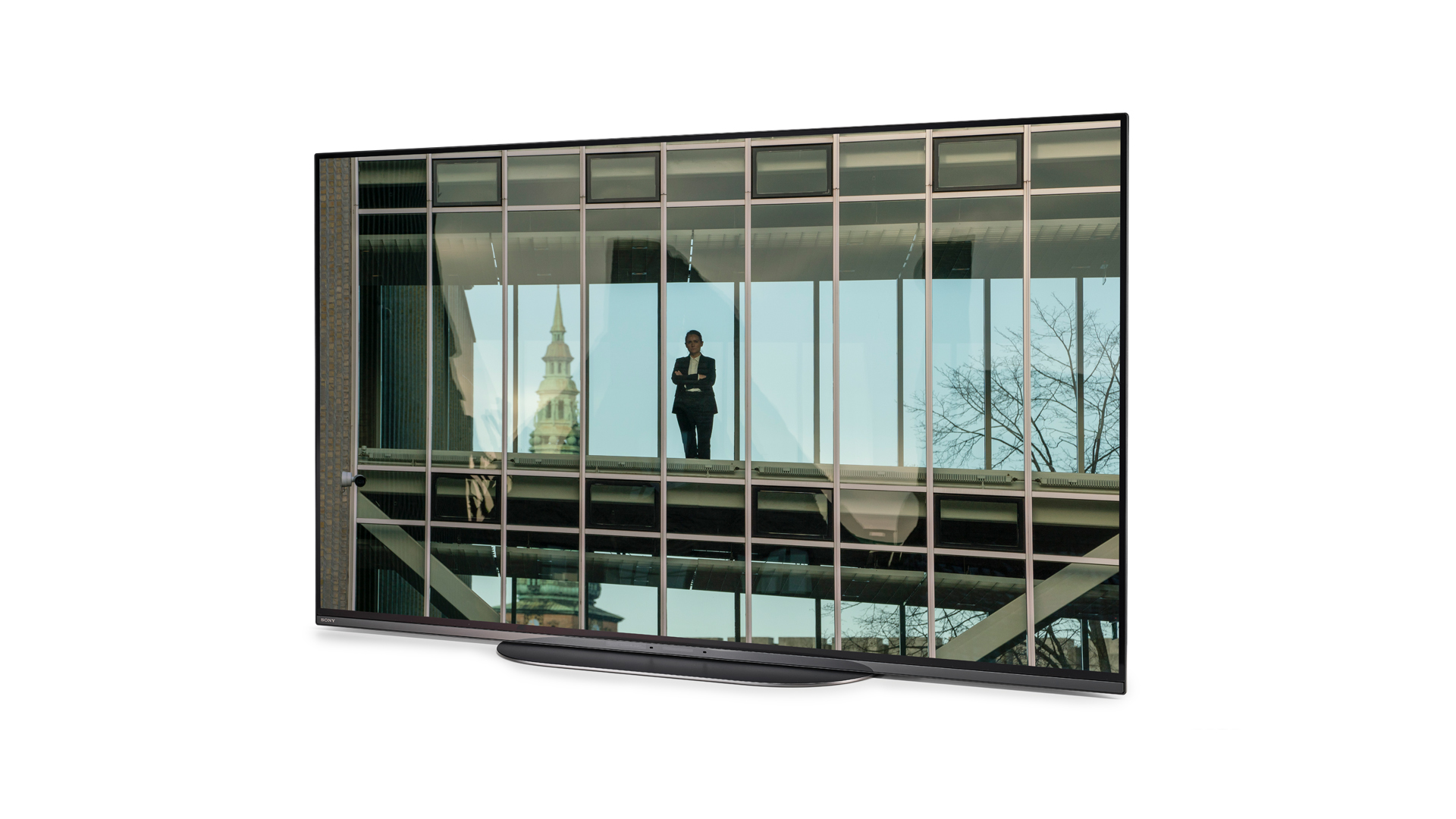
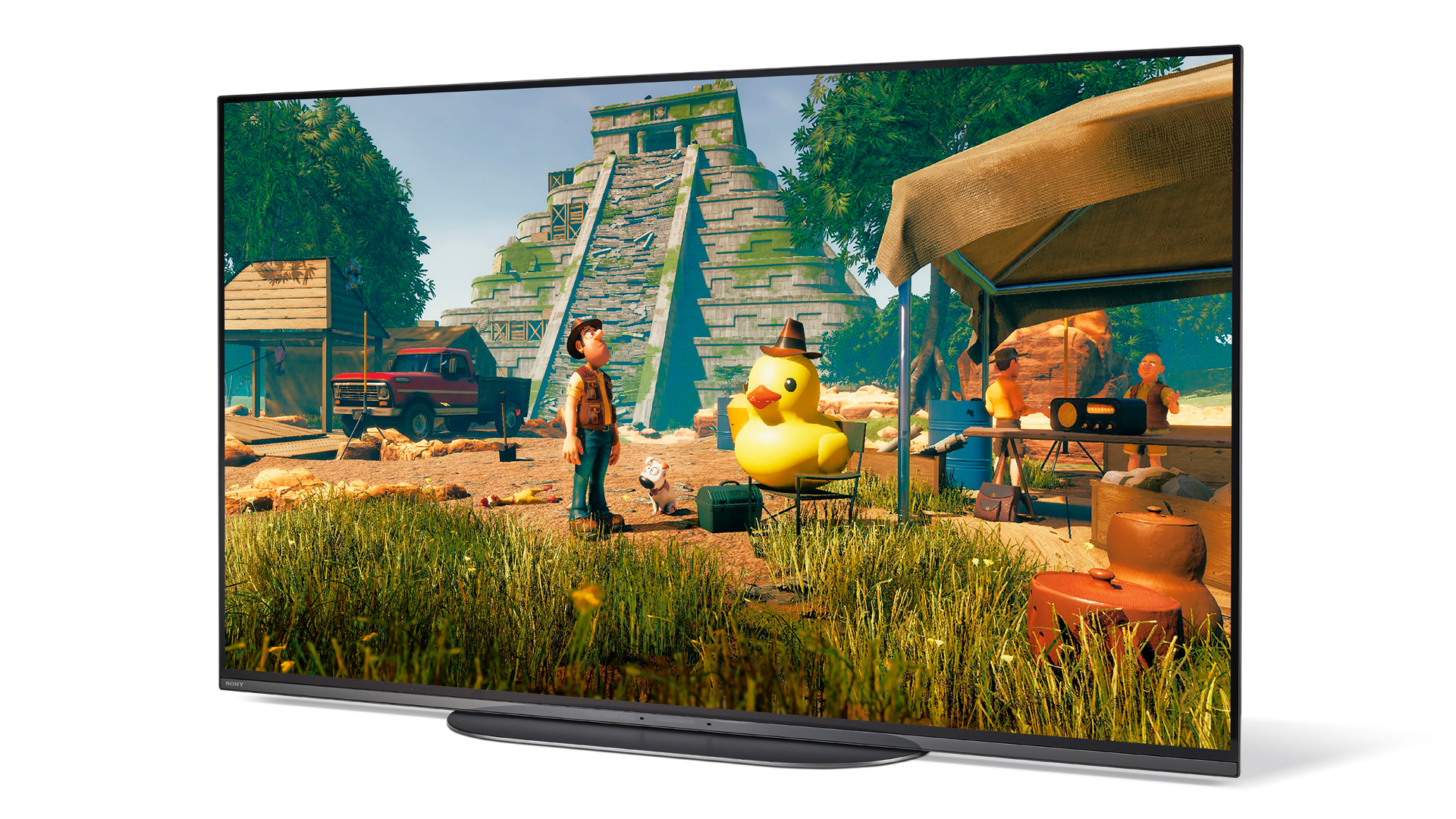
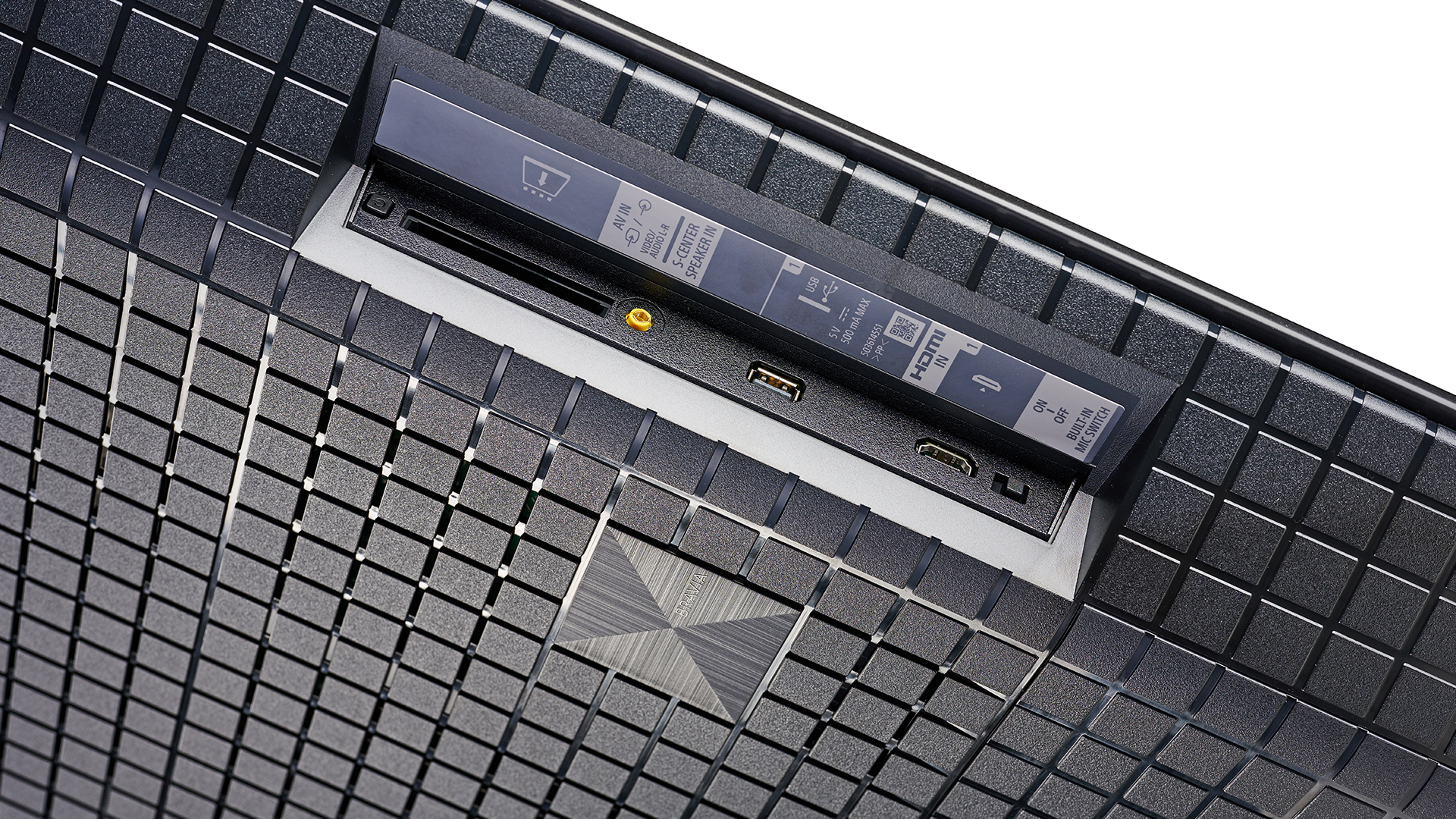
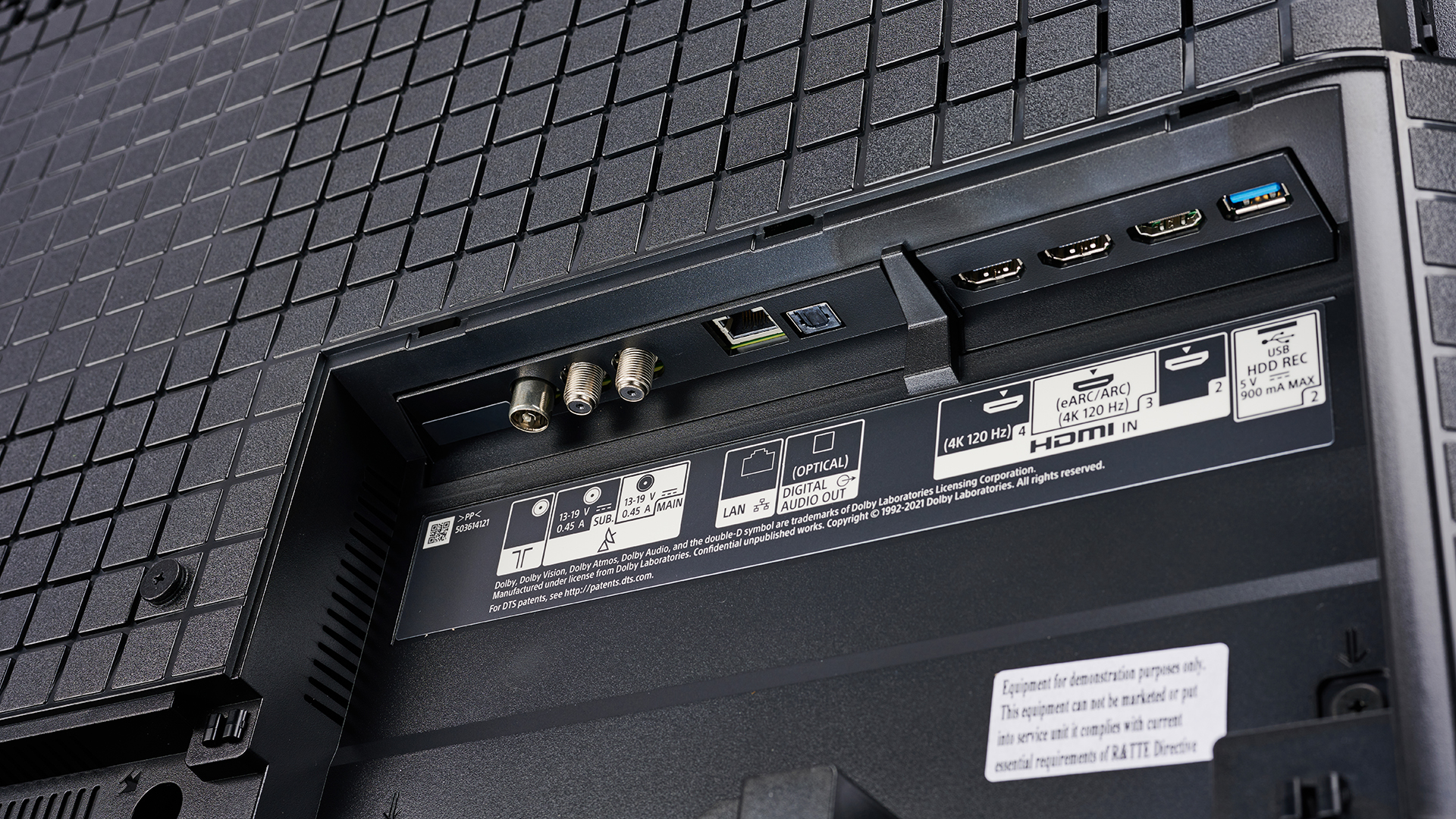
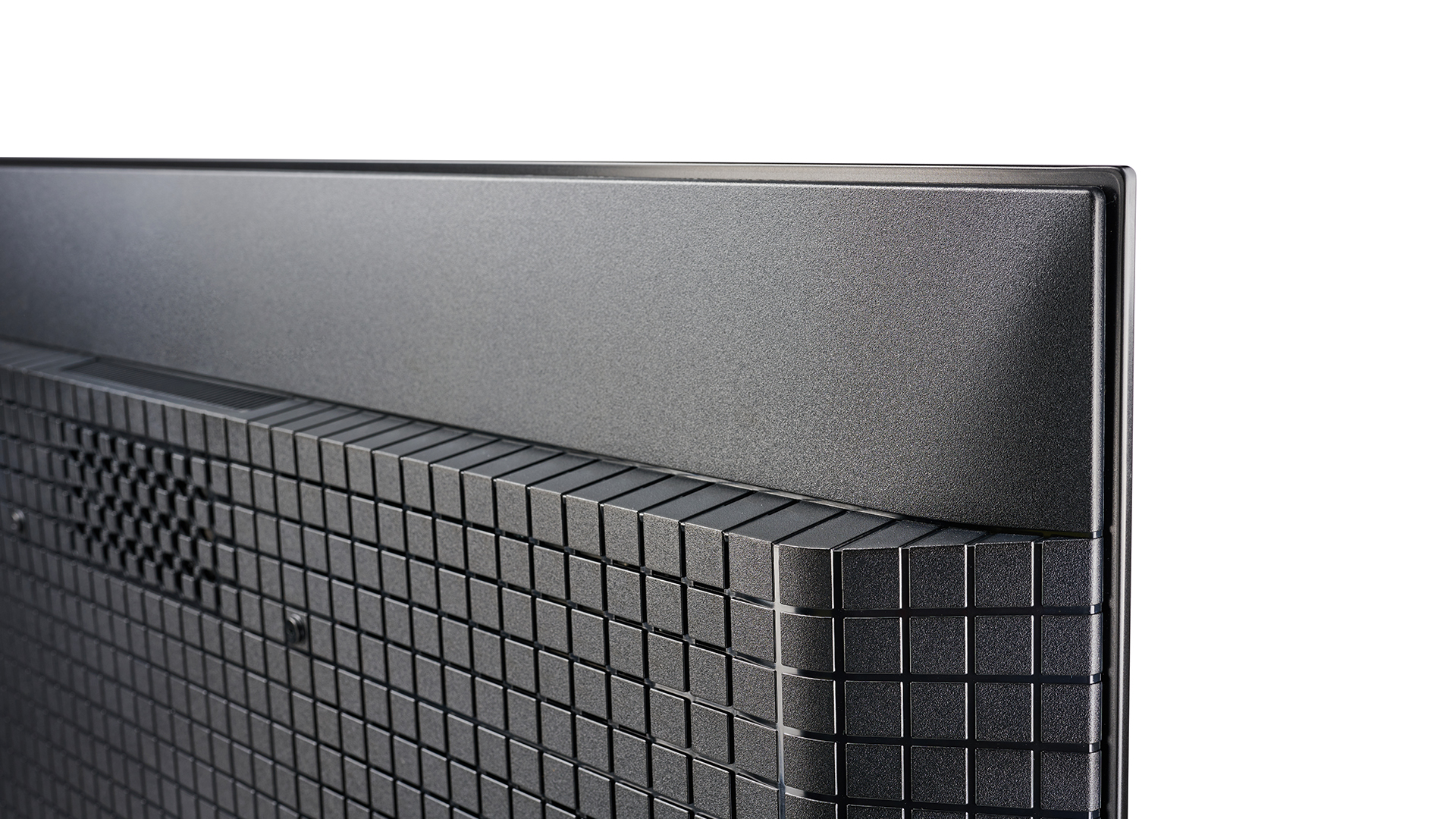
Design-wise, Sony has set out to keep the 48-inch A90K as compact as possible. The display itself is surrounded by a black bezel that’s just 8mm thick at the top and about 12mm on the sides and bottom. The low-profile stand is just 50cm wide and 23cm deep, making it easy to find furniture with the necessary surface area for the TV.
Picture quality is near-flawless. In that regard, this is undoubtedly one of the best 48-inch TVs we've tested – even though it's now almost three years old.
The Acoustic Surface Audio+ technology means the A90K sounds good by the standards of relatively small TVs, but we still recommend that you add a soundbar.
Hardcore gamers may rue the lack of an HGiG mode, but the PS5-specific Auto HDR Tone Mapping does mean that gamers on Sony’s console will automatically get a fairly accurate picture performance.
All in all, the Sony XR-48A90K remains a great buy – though those not wedded to Sony should also consider the 48-inch LG C4 (or wait for the 48-inch version of the new LG C5).
Read the full Sony XR-48A90K review
Best mid-range Sony TV
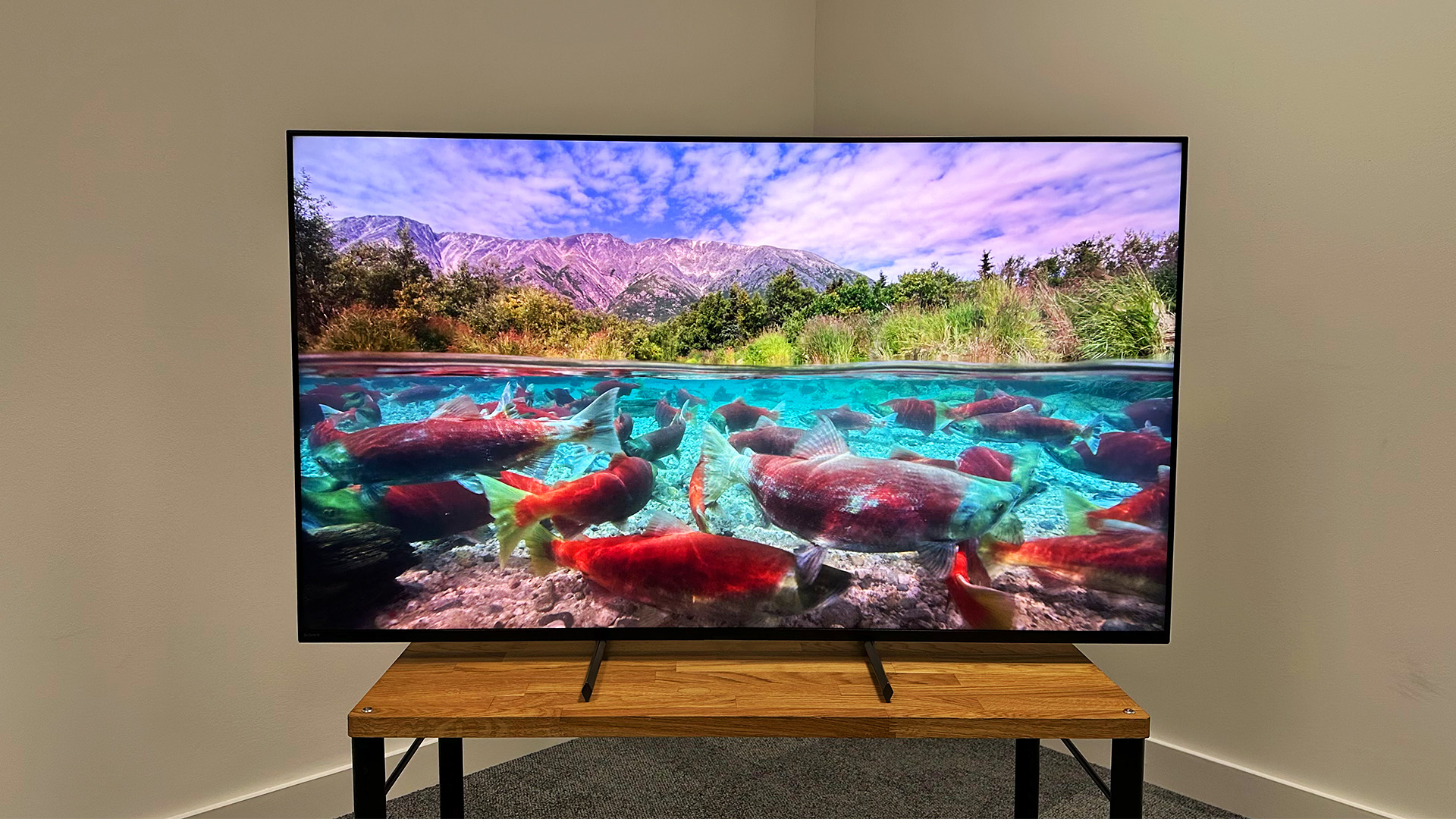
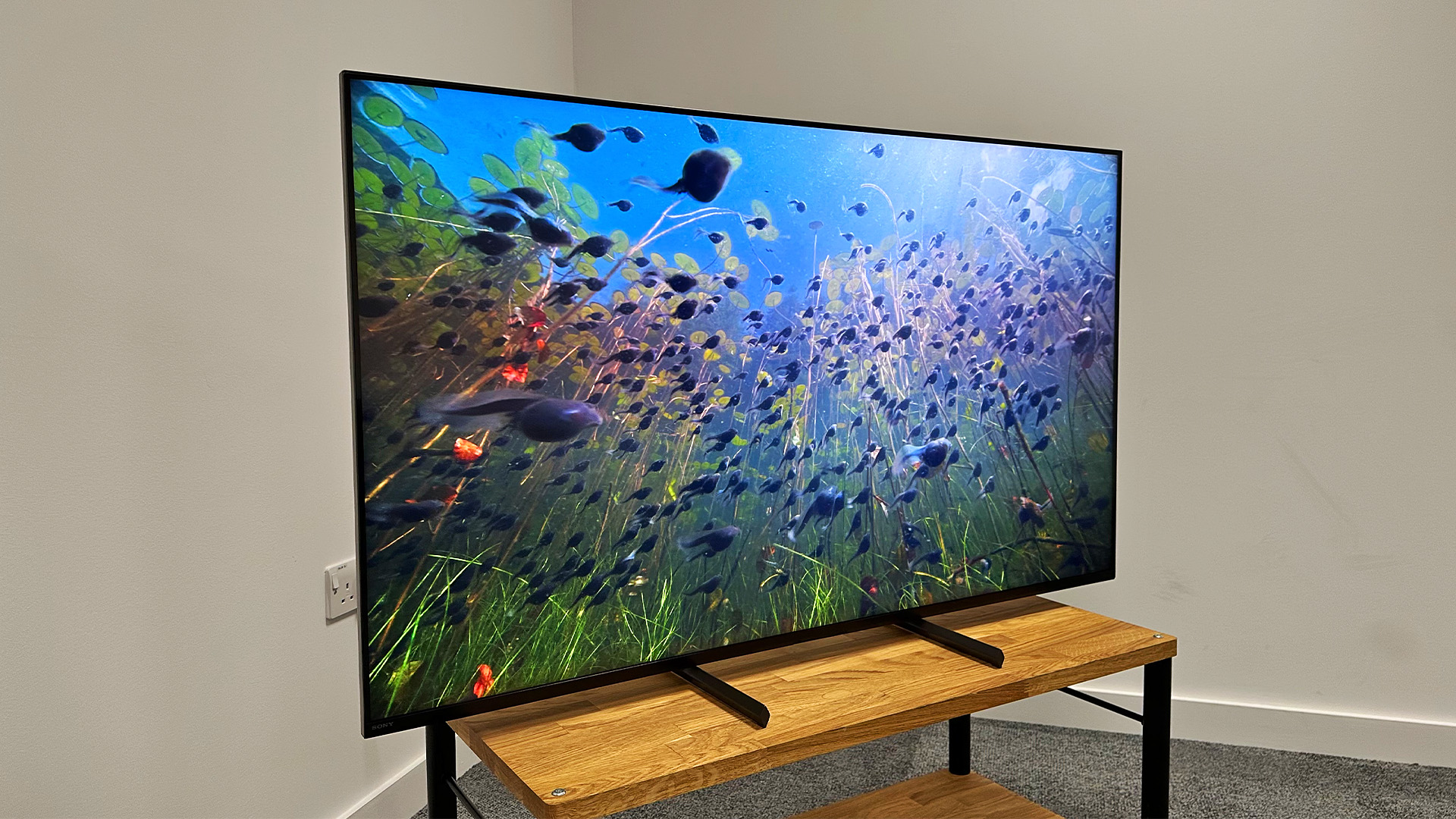
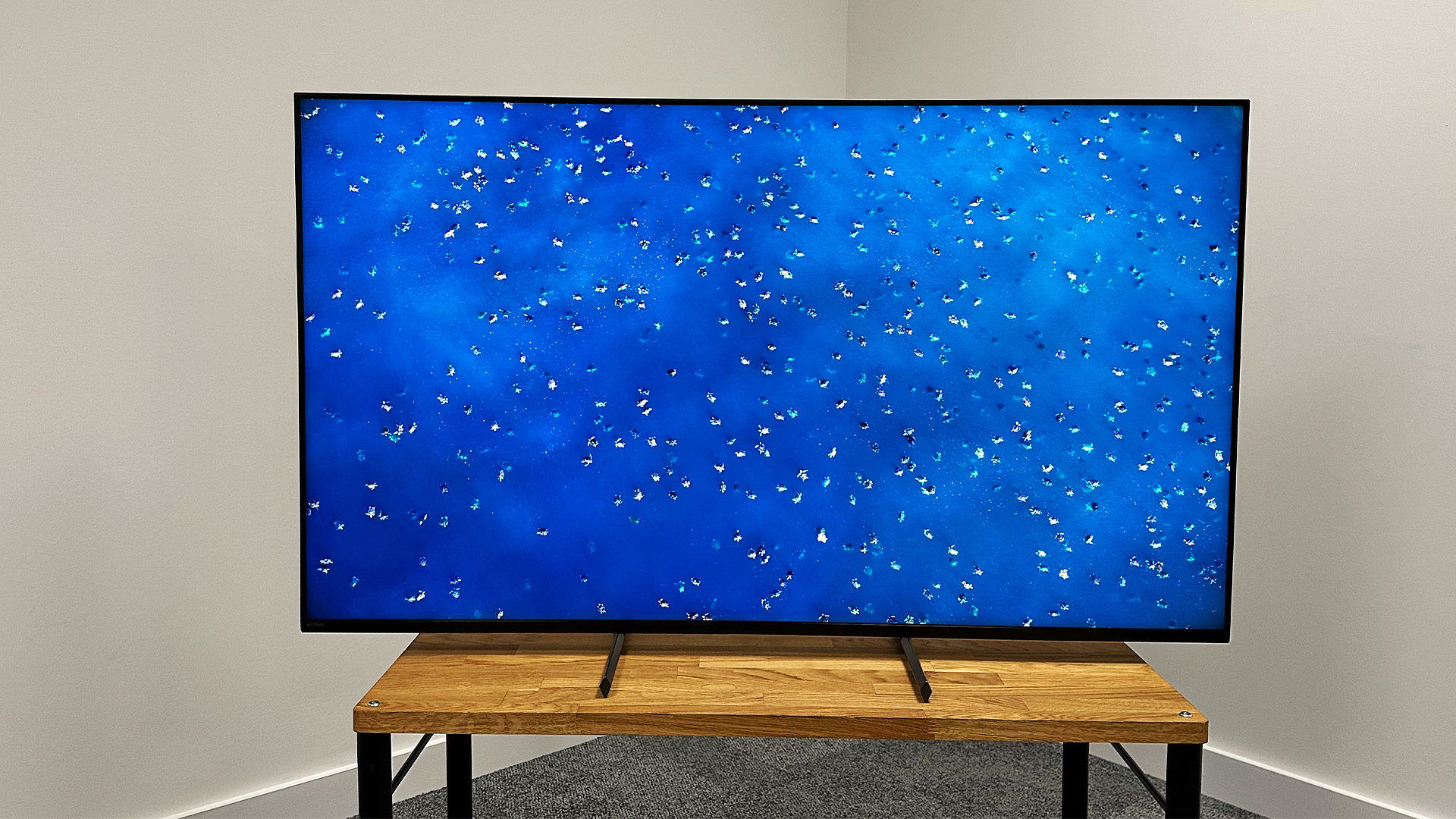
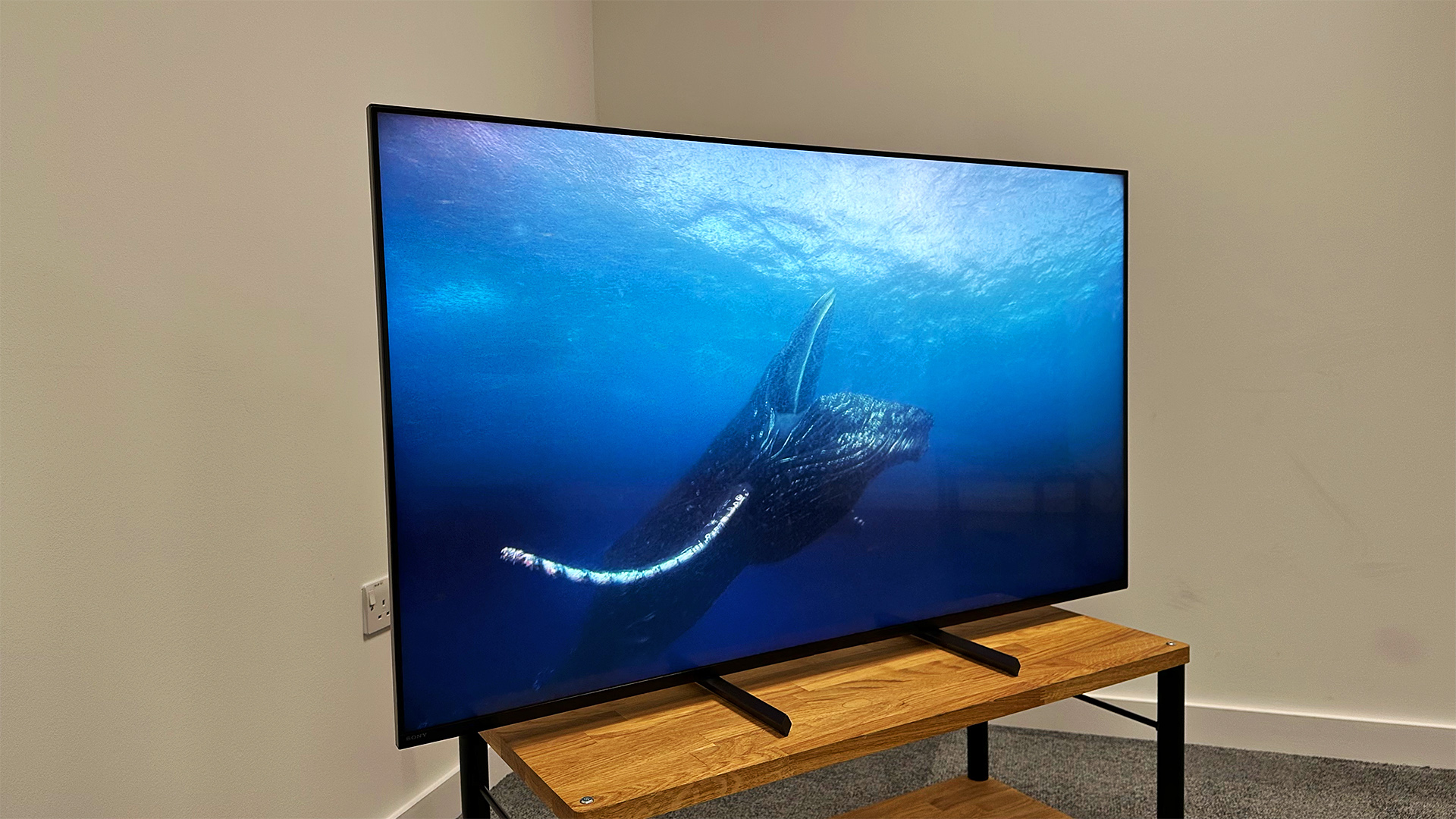
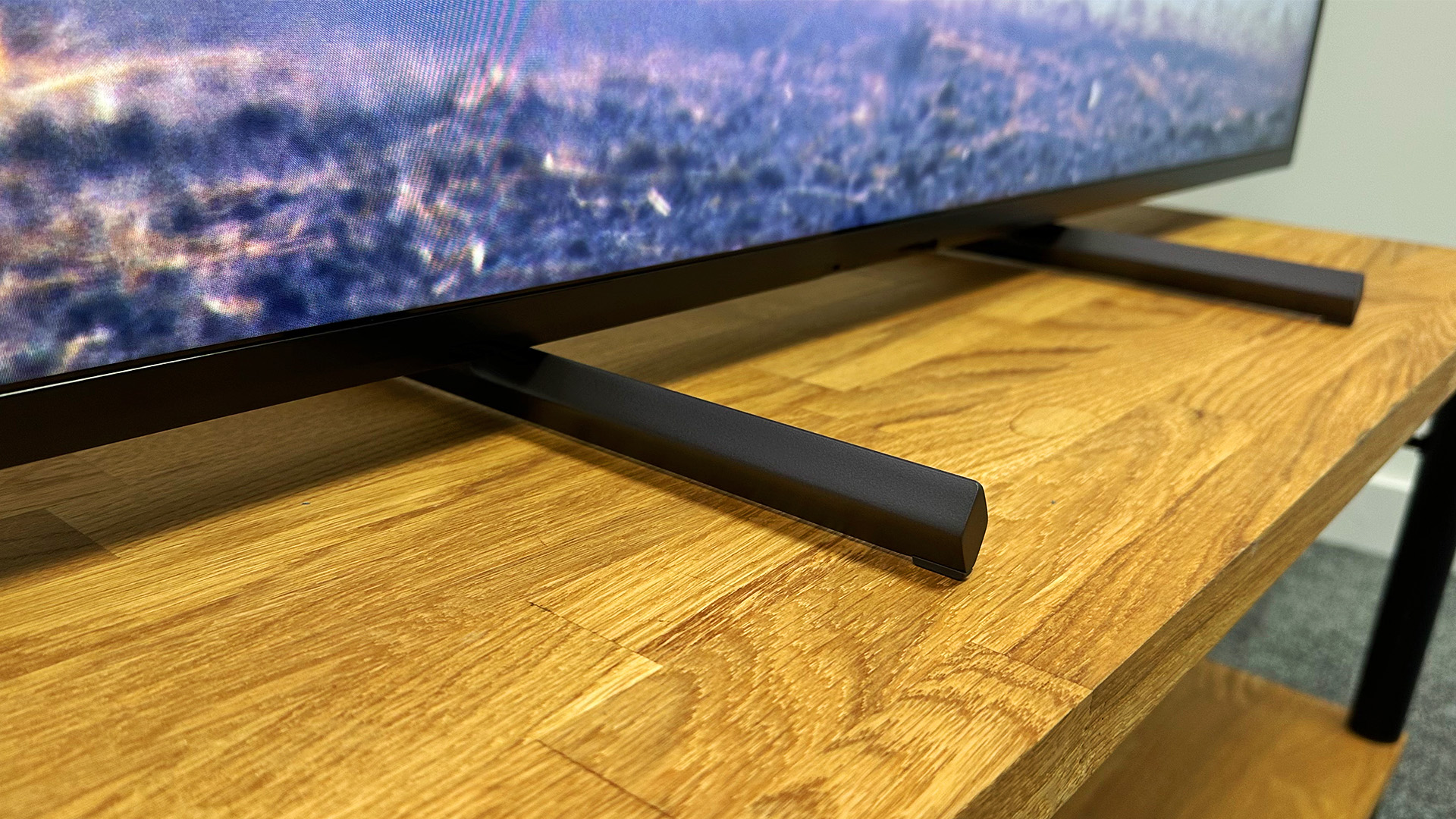
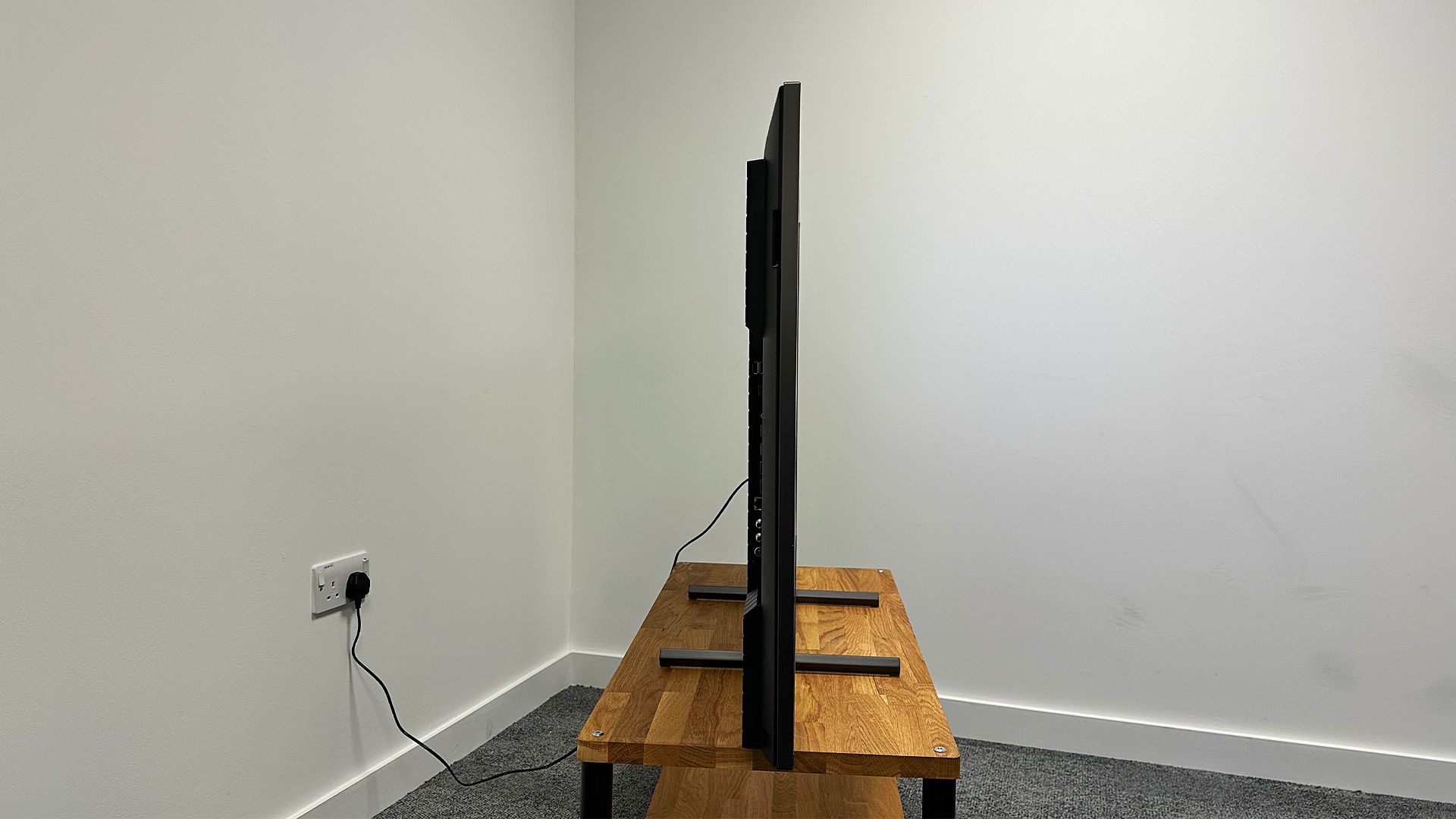
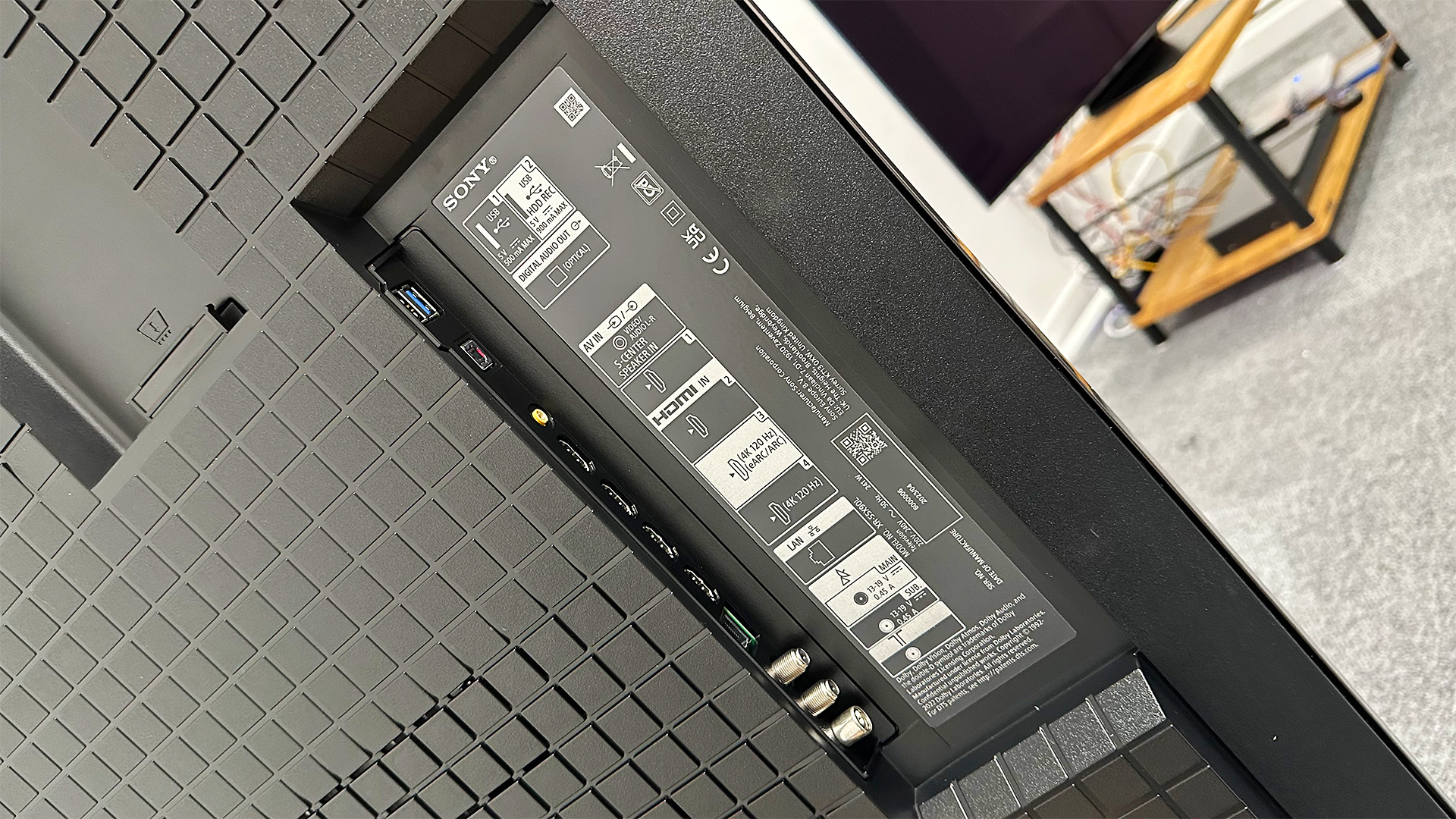
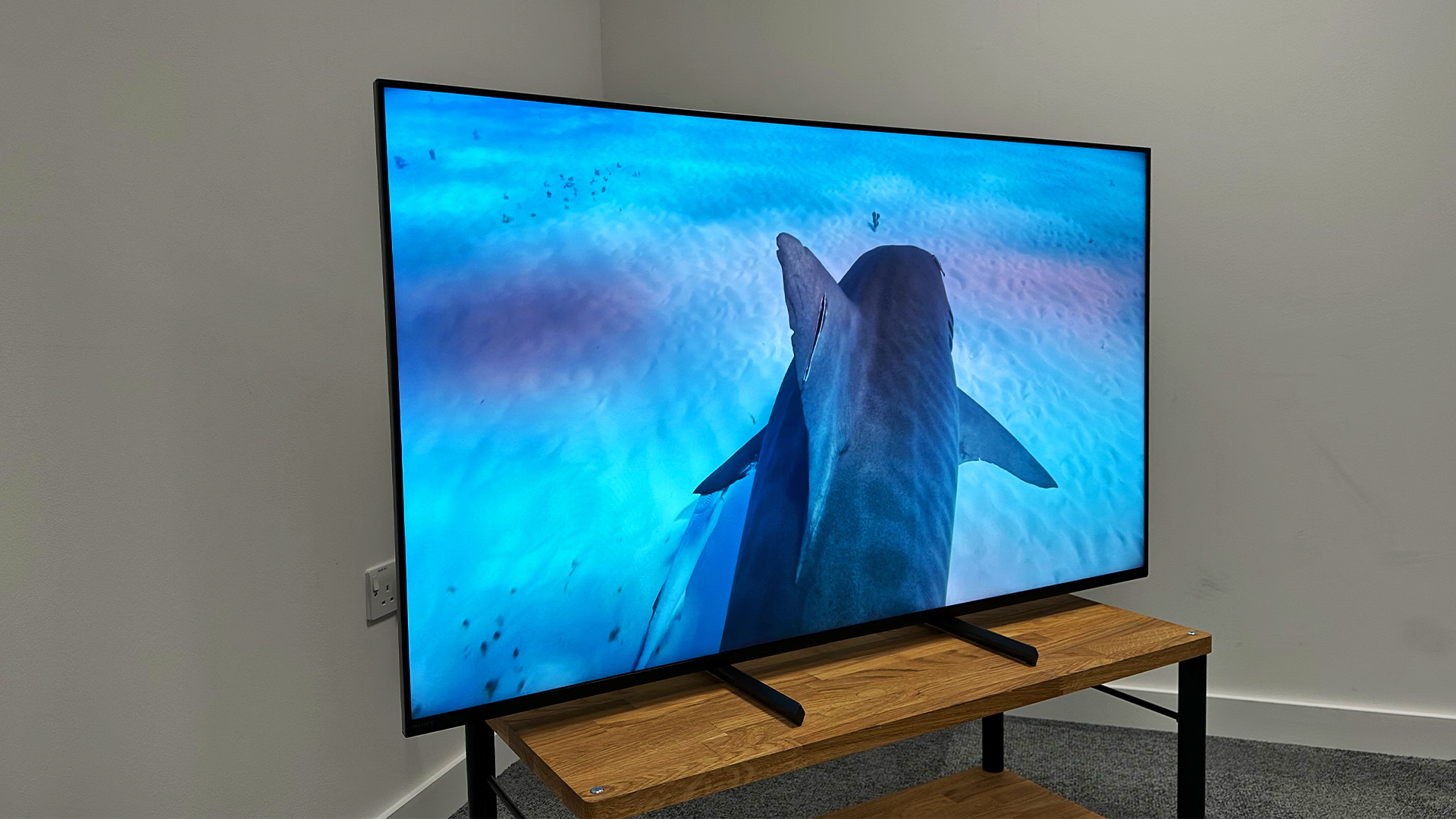
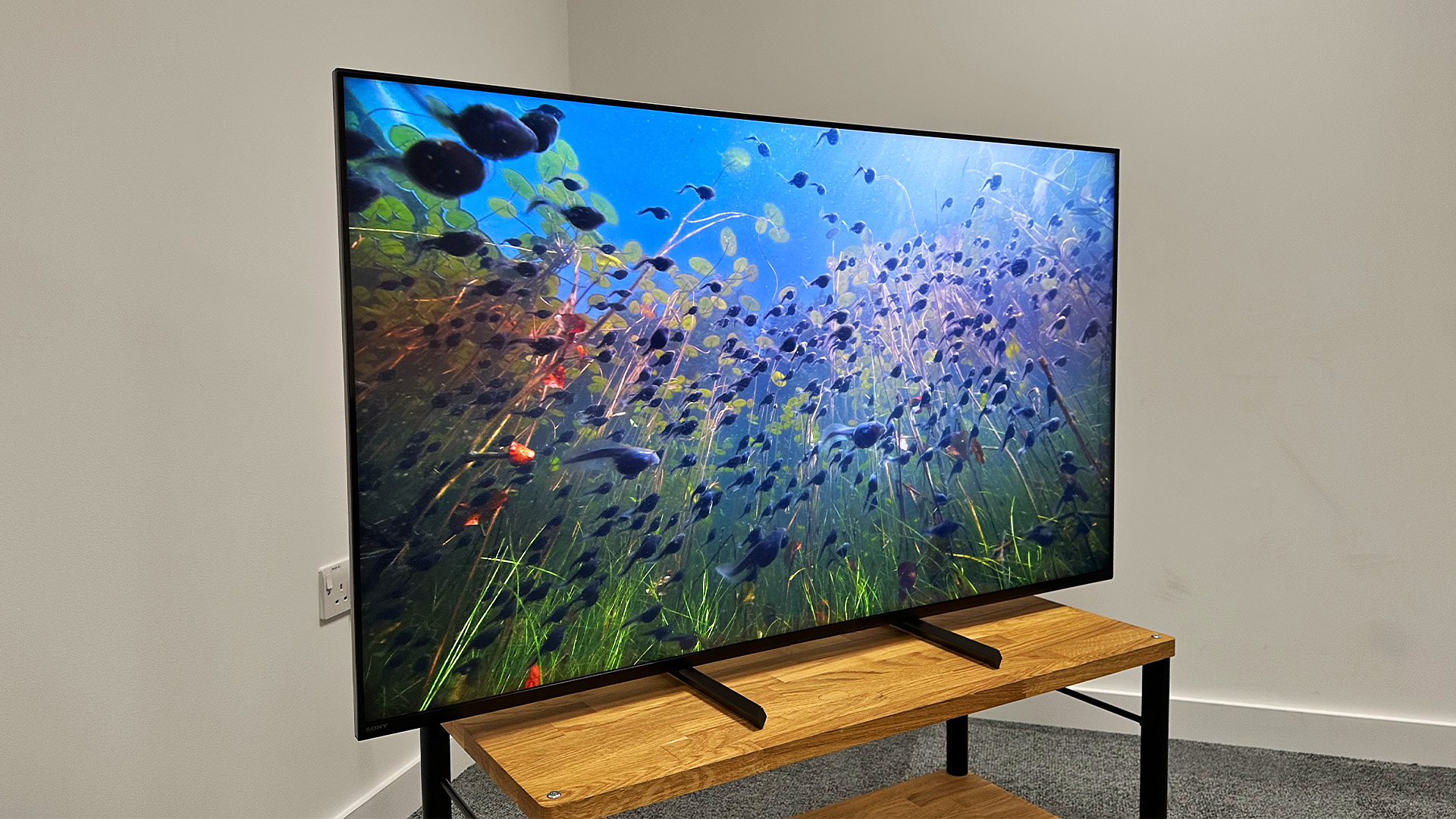
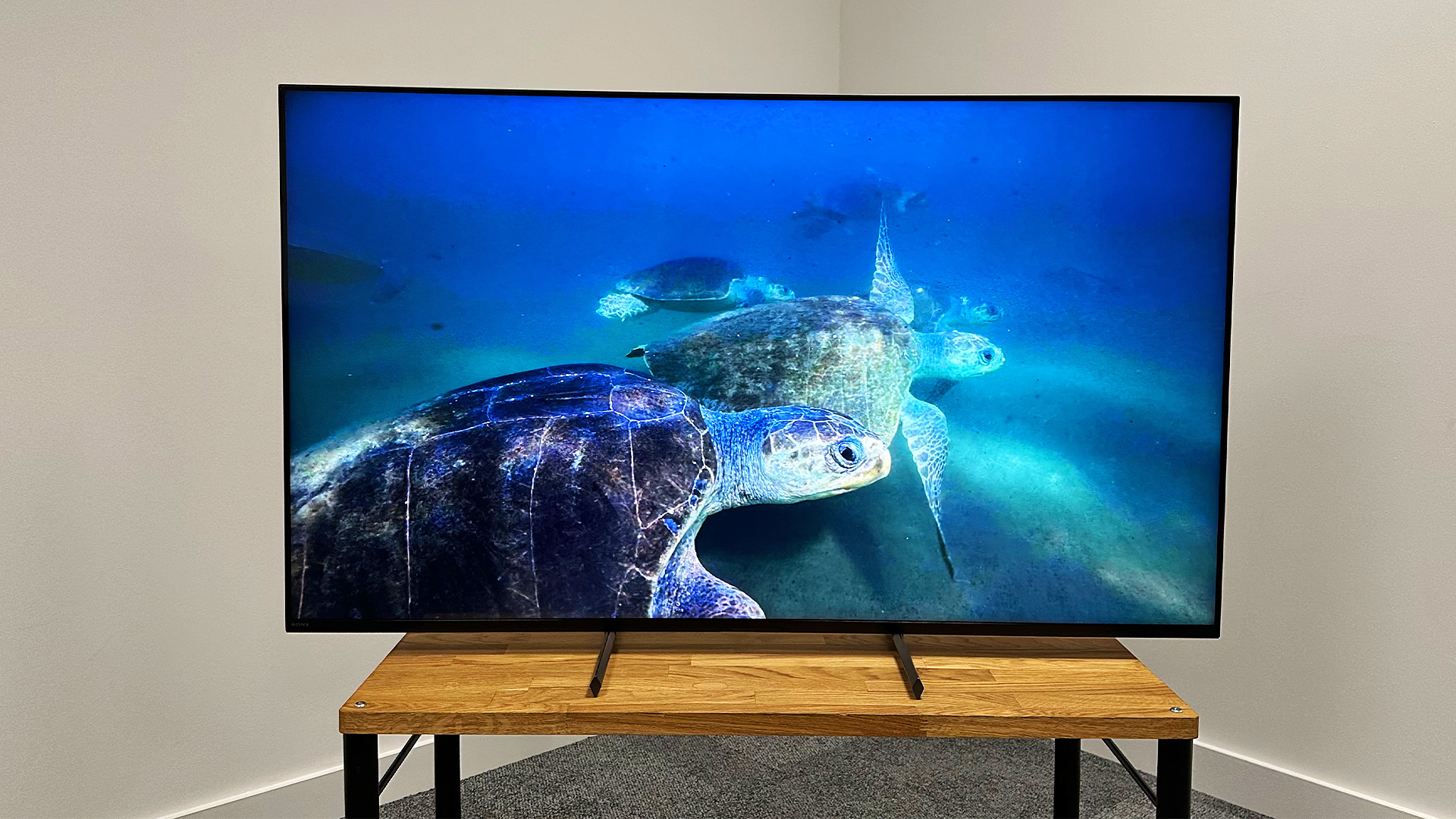
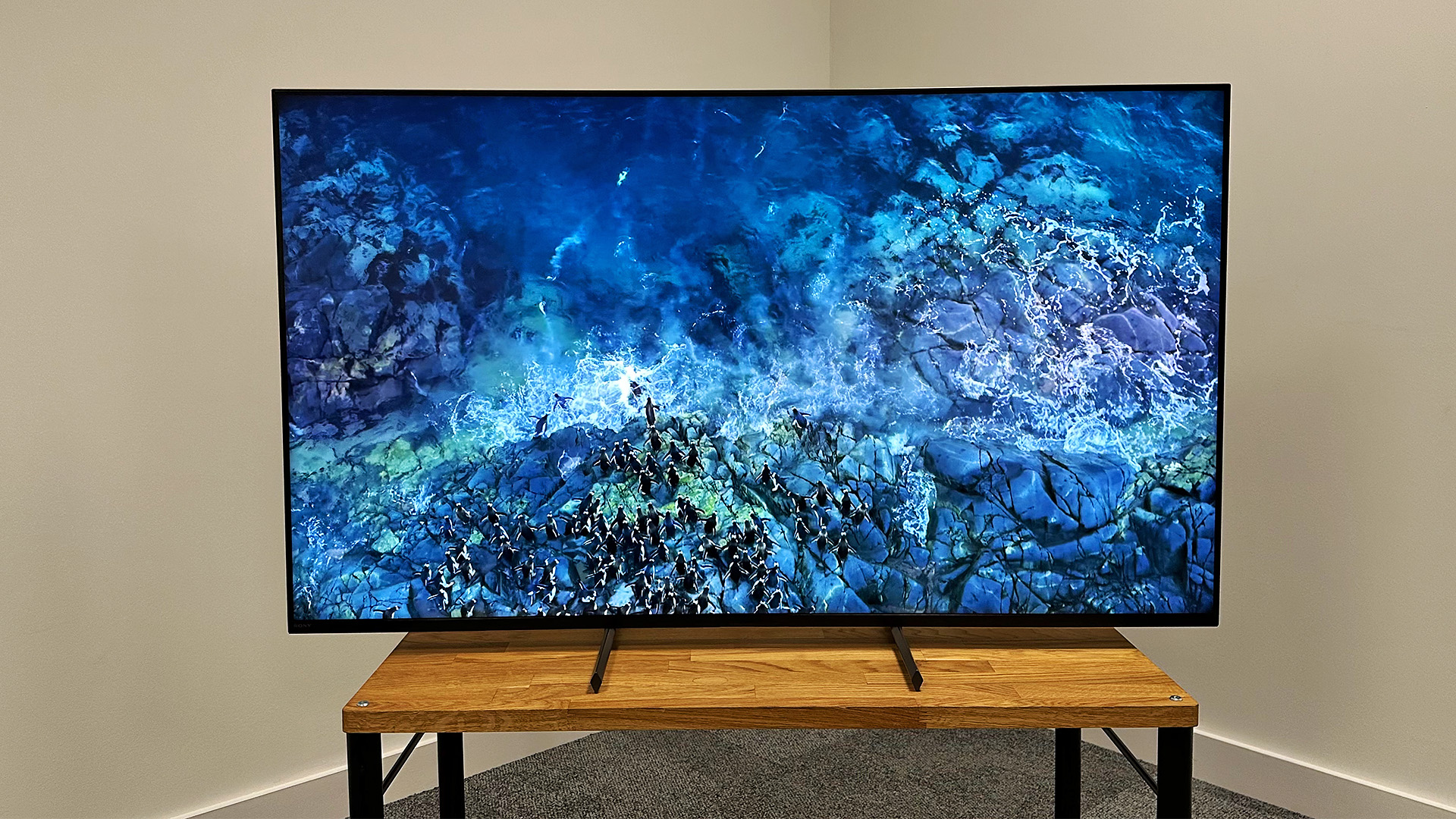
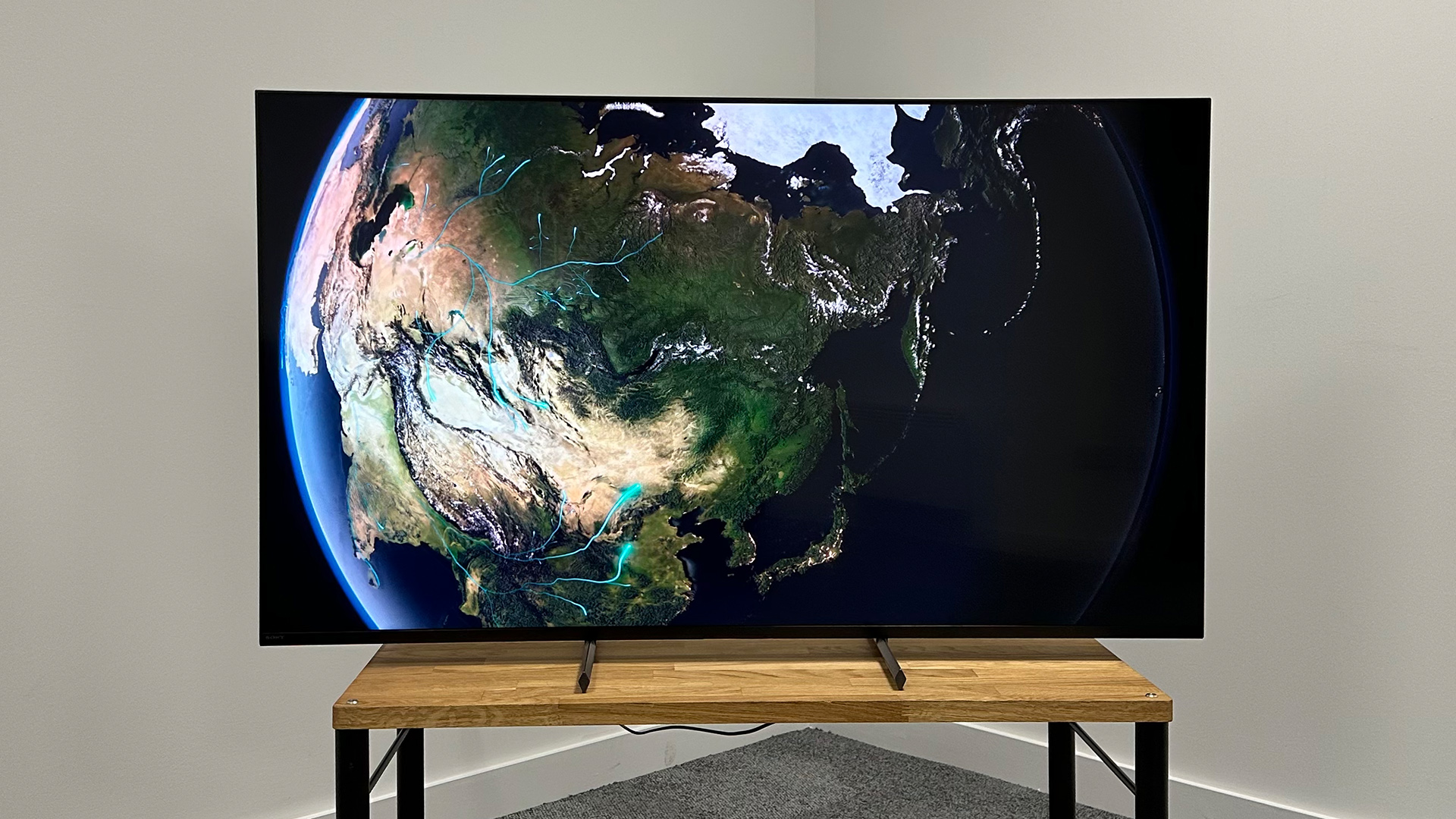
TV tech is progressing with such speed that ‘standard’ OLED and QLED TVs are starting to fade into the background as the limelight becomes dominated by QD-OLED and MLA models. But before you go feeling sorry for those plucky OLEDs and QLEDs, spare a thought for their even less glamorous siblings; the standard LCD TVs. No organic materials, no Quantum Dots and no Mini LEDs – surely a ‘traditional’ LCD TV stands no chance?
Sony’s X90L says otherwise. Just as it squeezed seemingly every last drop of performance out of standard OLED technology for its A80L, Sony appears to have squeezed much of the remaining potential out of standard LCD for its mid-range X90L, the latest in a long line of very popular X90 models.
It may not be a glamorous TV, but thanks to Sony’s excellent care and attention, the X90L is a TV that is a genuine pleasure to watch and live with. If your budget won’t stretch to an OLED (most obviously the A80L), this is a superb option that delivers consistently cinematic and cinematically consistent results. An excellent buy.
Read our full Sony X90L review
Best Mini LED

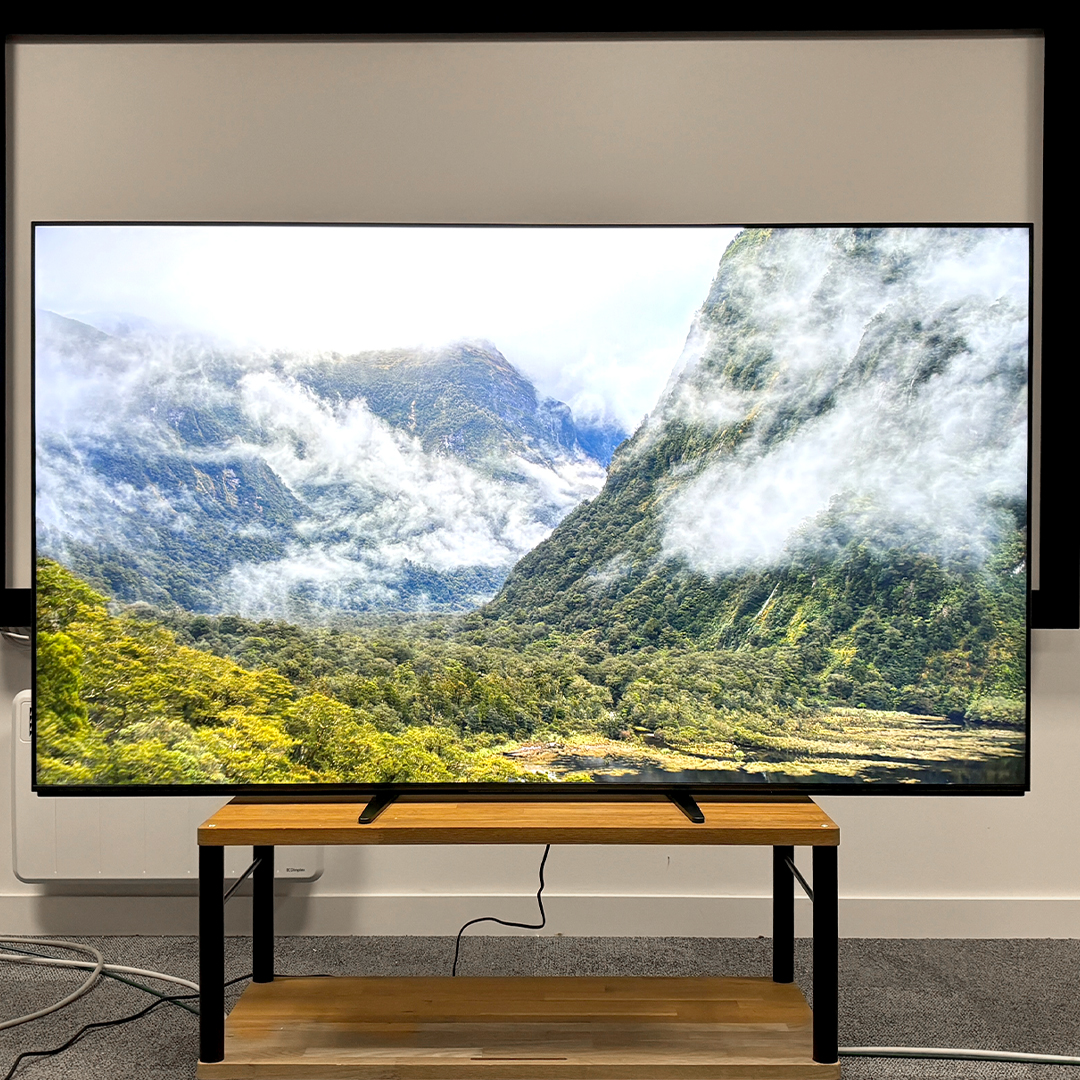
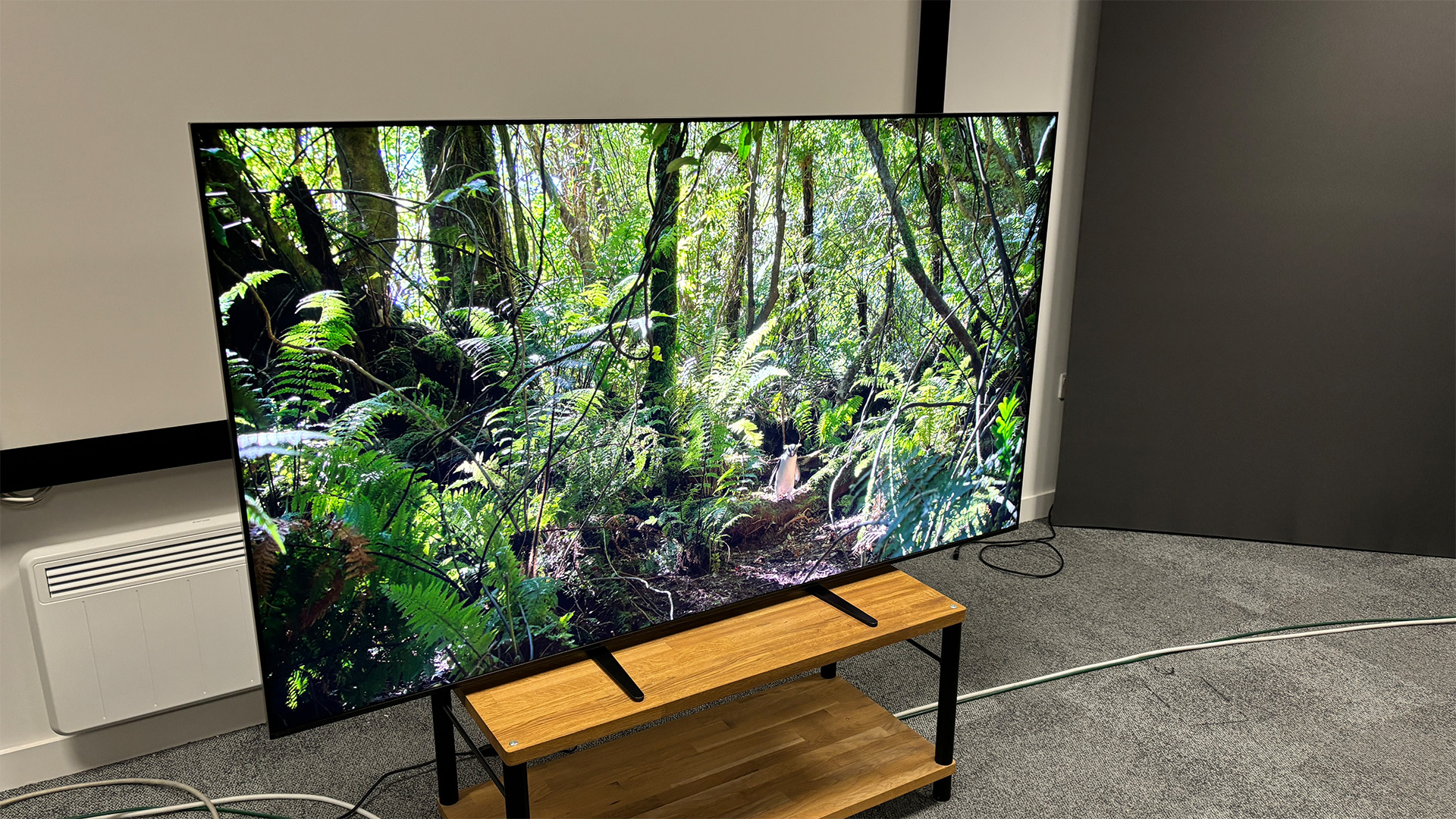
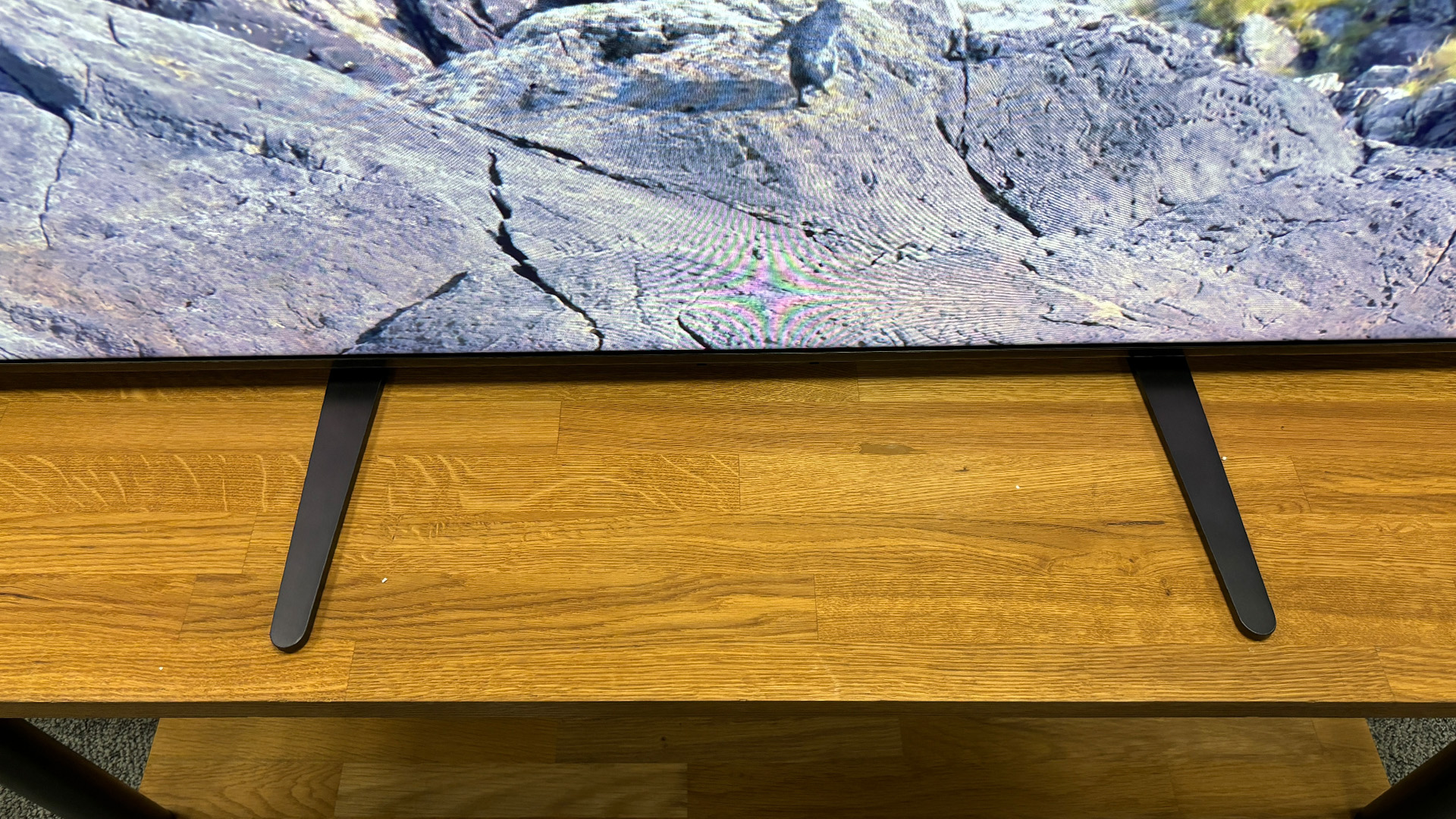
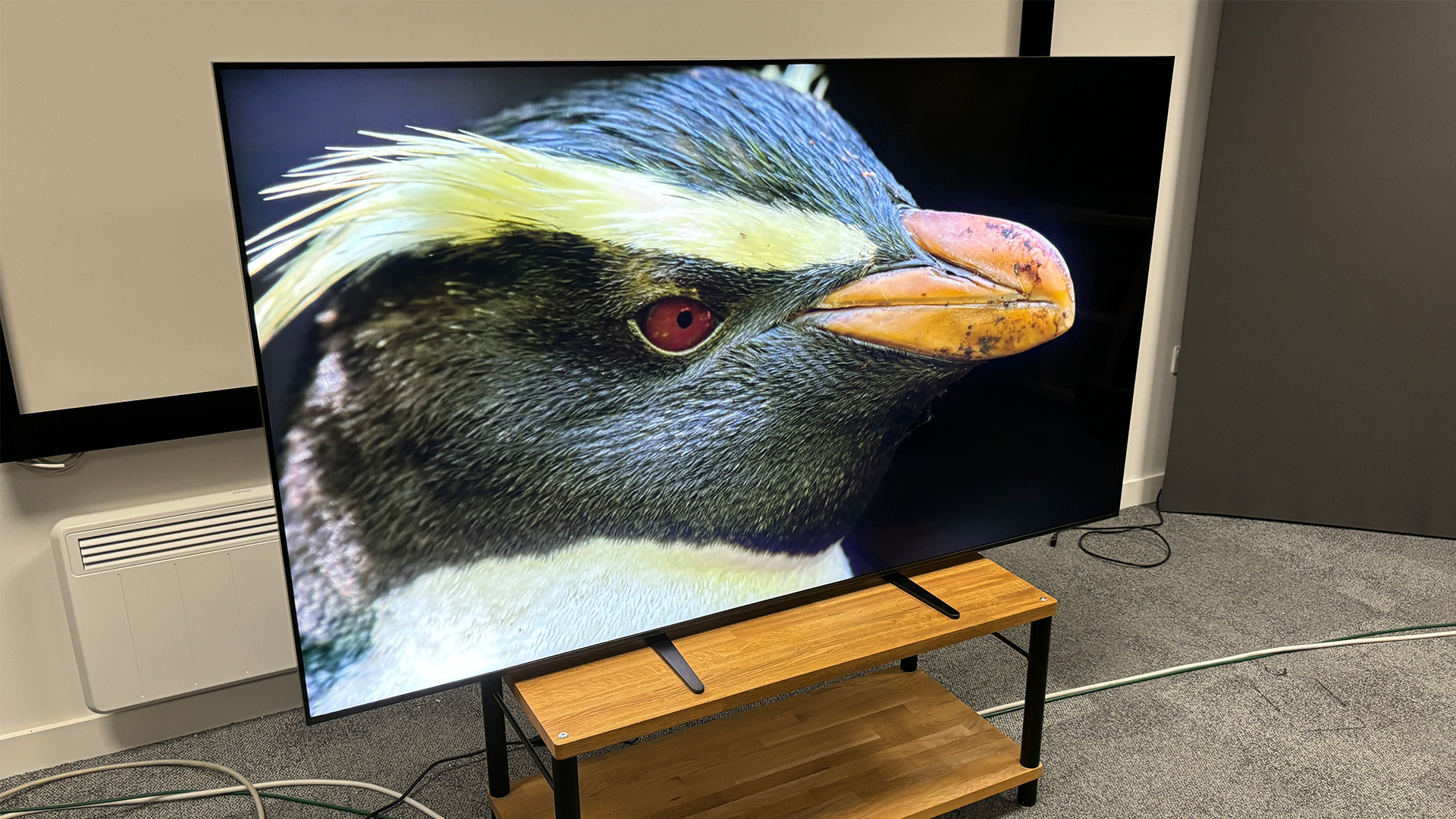
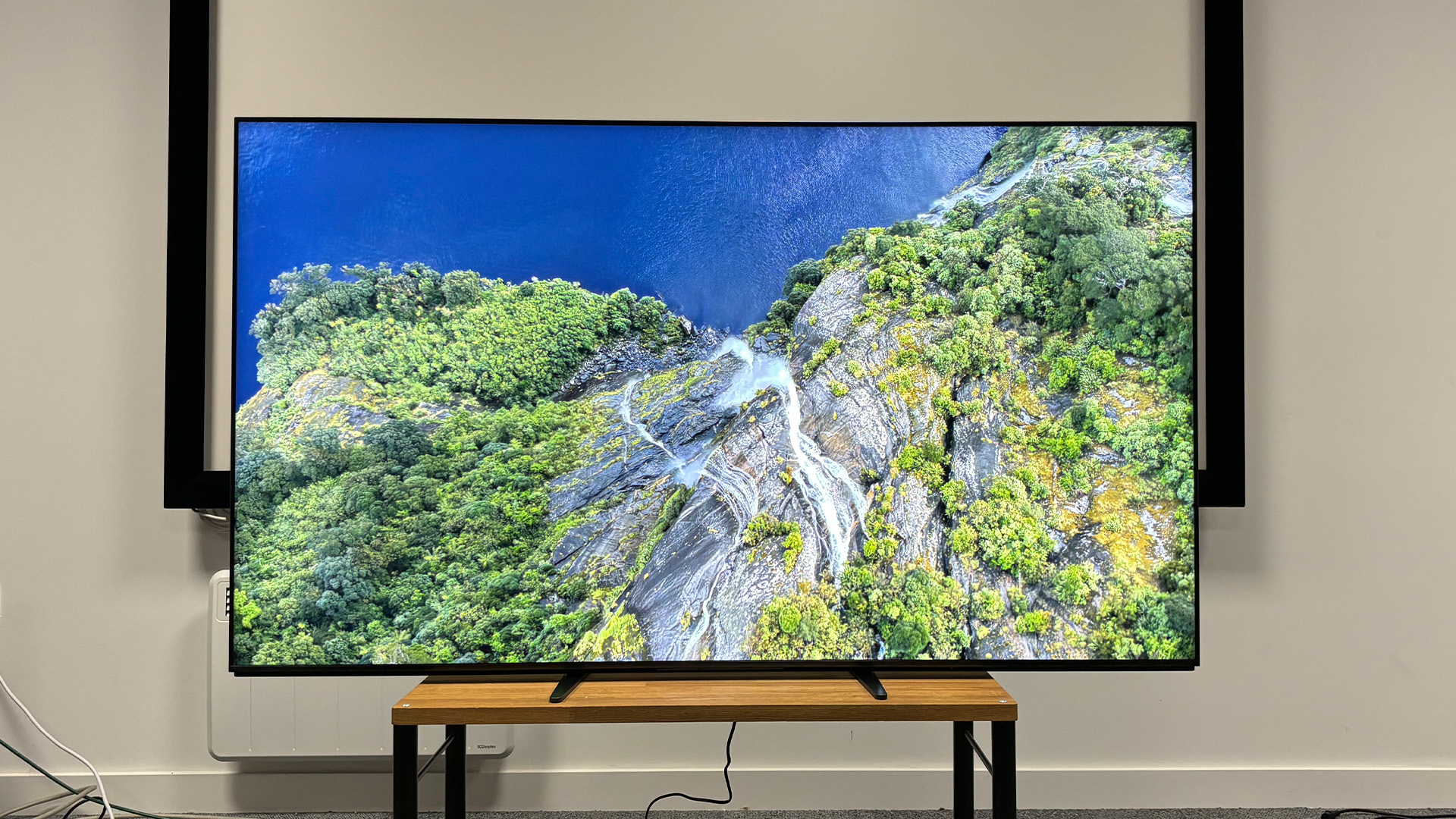
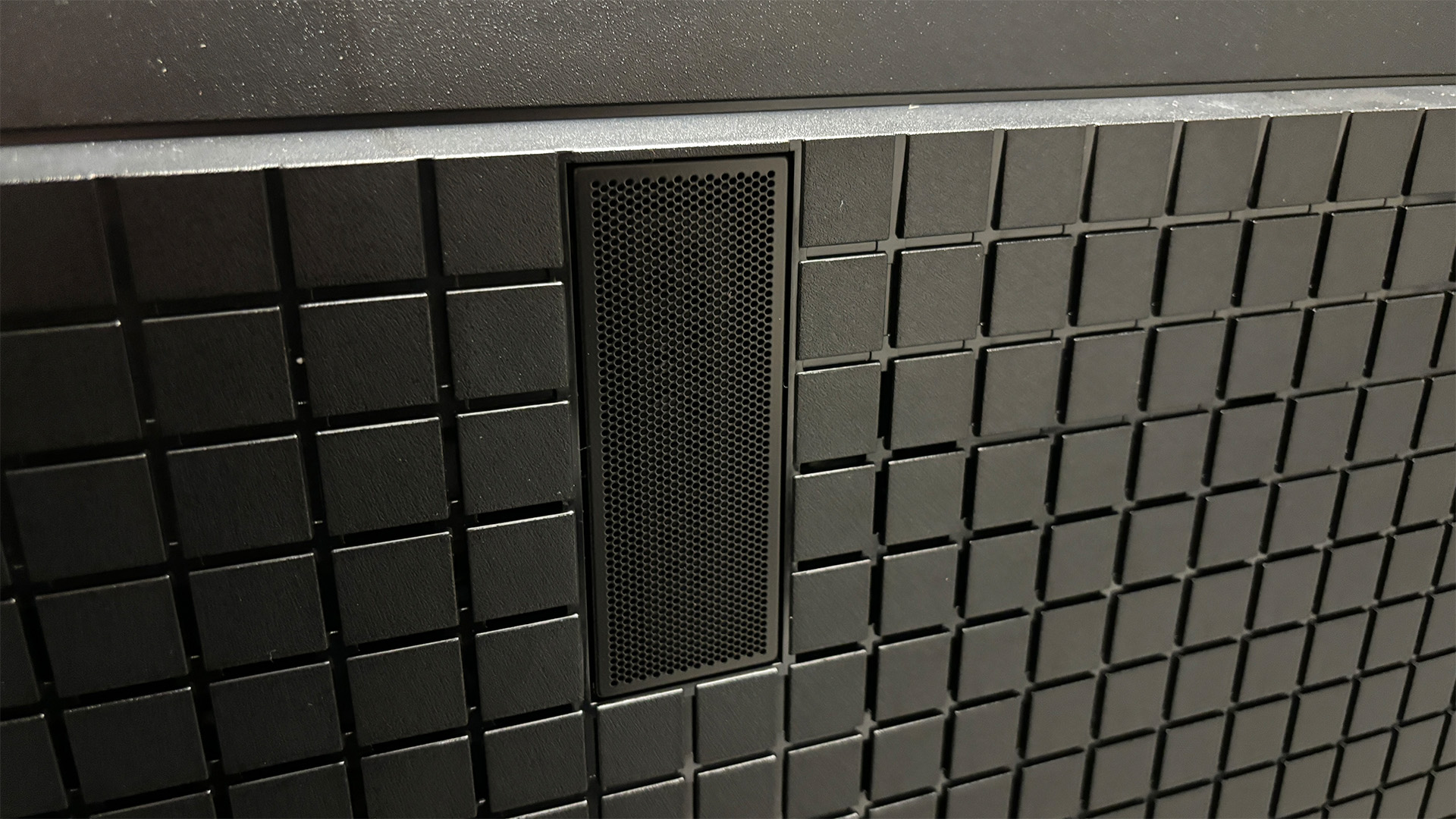

The Bravia 9 is one of the more interesting Sony TVs on this list. Despite being the Japanese tech giant’s current flagship TV, it uses a Mini LED rather than OLED panel. When it first launched this caused quite a stir, as previously the brand had favoured Samsung’s QD-OLED panels for its flagships.
Did the gamble pay off? Based on our testing, which saw us run it against its predecessor as well as top-end MLA and QD-OLED rivals including the LG G4, our definitive answer is “sort of”.
The TV takes some work to get the most out of, but if you’re patient, it is capable of delivering dazzling peak brightness levels and a picture full of detail.
As with all of Sony's premium TVs, the Bravia 9 has just two HDMI 2.1 sockets that support the latest and greatest gaming specs. That might be a bit off-putting to the most hardcore of gamers who have several top-notch consoles and/or PCs, but this Sony is a great gaming TV in its own right.
“At its best, this TV is sensational – serving up dazzling brightness, impressive blacks (by backlit TV standards), generally vibrant colours and even an enjoyable (if slightly restrained) sound experience”, we said in our review.
However, issues with its black level and slight inconsistencies with its handling of colours, coupled with its high price for a Mini LED TV, mean we’d recommend the A95L (or even Bravia 8) higher up on this list over the Bravia 9 to anyone who’s not dead set against buying an OLED.
Read our full Sony Bravia 9 review
How to choose the best Sony TV for you
Budget and size
Regardless of brand, when choosing your next TV, the very first things you need to decide are how much you are prepared to spend and how big you want to go.
The size of the TV you want will be largely dictated by how much space you have and how 'cinematic' you want your viewing experience to be. We have a handy guide to which TV screen size is best for you, but if you're torn between two sizes, we generally recommend going for the larger one – we regularly hear from people who regret going too small with their new TV, but rarely from people who feel they went too big.
Only you can decide the budget you have available, but that will have a big bearing on this next bit...
Panel technology
Sony produces TVs using various panel technologies, from basic LCD models with edge LED backlighting, to Full Array Local Dimming (FALD) LED models, Mini LED sets, 'standard' OLEDs and QD-OLEDs.
Broadly speaking, that's the performance and cost hierarchy, but it is worth noting that Sony's current flagship TV (the Bravia 9) is a Mini LED model that sits above its A95L QD-OLED model. We think the A95L is actually the better TV, but you should certainly consider the Bravia 9, too.
In fact, we generally recommend that you go for an OLED or QD-OLED model if you can afford it, but the Mini LED models that sit below those in Sony's range also have their strengths, particularly if you do most of your TV-watching in a very bright room.
Audio
Sony's OLED TVs feature a unique sound technology called Acoustic Surface Audio, which involves actuators that imperceptibly vibrate the whole screen to produce sound. This results in excellent spatial synchronisation between the picture and audio.
This sort of thing isn't possible with backlit TVs, but Sony's top backlit TVs feature Acoustic Multi-Audio, which is designed to achieve similar results through the use of various speakers built into the frame of the TV.
Sony's premium TVs are among the best-sounding available from any brand, but they can all be improved through the addition of a dedicated sound system, so we recommend you budget extra for at least a soundbar (or, even better, an AV receiver and Dolby Atmos speaker system) if you're able to.
If you opt for one of the best Sony soundbars (which are among the best soundbars you can buy), you will likely be able to take advantage of an array of synergistic features via your Sony TV, including Acoustic Centre Sync, which allows the speakers of the TV and sound system to work in harmony.
Gaming
All of Sony's current premium TVs have two HDMI 2.1 sockets that support advanced gaming features such as 4K/120Hz, VRR and ALLM. The best LG TVs are even better for gaming, thanks largely to the fact that they have four HDMI 2.1 sockets, but Sony's TVs are still very good for gaming – as you would hope, given it's the company that produces the PS5.
There are still some entry-level Sony TVs floating about that have no HDMI 2.1 sockets, but they can still handle gaming via their HDMI 2.0 sockets and generally do a good job as long as you don't mind being limited to 60Hz.
FAQ
Why aren’t there any 43-inch TVs on the list?
OLED TVs are always 42 inches rather than 43, hence the lack of the latter on our list, which makes the A90K the best option if you’re looking for a Sony OLED but don’t have a lot of room to play with. Sony does make some 43-inch LCD TVs but these are lower-end and we haven’t tested them directly so can’t vouch for their performance.
What is the best Sony TV for gaming?
You’ve got a few options here. The A95L, A80L and A90K all have the kind of features you should look for when buying a TV for gaming – 4K/120Hz, VRR, and ALLM – so you can just make your choice based on budget and any size constraints.
What is worth remembering, though, is that none of these Sony TVs have more than two HDMI 2.1 ports, one of which doubles as the eARC socket and might need to be taken up by your sound system, so if you own multiple fancy games machines you might be better off with an LG or Samsung.
What is the best Sony TV for my PS5?
Considering Sony also makes the PS5 it should come as no surprise that the brand's top TVs are all also designated ‘Perfect for PlayStation 5’, which means the console will automatically adjust certain settings for the specific model it’s plugged into. Coupled with the support for 4K/120Hz, VRR, and ALLM, it’s just down to whichever one suits your space and bank balance.
What is the best Sony TV for sound?
Skinny TVs often sound bad because there’s no space for the speakers, so Sony developed a system that creates sound by vibrating the whole screen instead. The best example of this is the A95L, which has two actuators and a pair of regular woofers, making it one of the few TVs that you can get away with not adding a separate sound system to – though we do still recommend adding a dedicated sound system if you have the budget and space.
How we test TVs
When a new Sony TV arrives at What Hi-Fi? HQ it goes through a long and complex testing process. Modern televisions are truly all-in-one devices, so as well as the fundamentals of picture quality and audio performance, there’s also a full smart TV platform (complete with a whole bunch of apps) that needs testing thoroughly.
Once we have a new TV set up in one of our state-of-the-art testing rooms we begin feeding it various sources, both physical and digital, in a whole range of resolutions, from standard-def to 4K HDR (and, if the panel can handle it, 8K). We’ll also test its built-in speakers with a broad selection of soundtracks, from bombastic blockbusters to more dialogue-driven dramas.
We don’t just accept the settings as they are when we take the TV out of the box either. There’s no professional calibration involved in our testing process, but we will tinker with the menus and modes extensively to make sure we’re squeezing every last drop of quality out of the screen and speakers. This is done using both test patterns and everyday video content to make sure a TV isn’t giving an artificial impression of its capabilities.
No matter which operating system a TV runs on, we also fully check all of its apps to ensure they’re capable of outputting the audio and video formats they claim to, including Dolby Vision and Dolby Atmos where applicable.
When it comes to testing gaming prowess, we’ll hook up both a PS5 and Xbox Series X to determine how well a TV copes with the latest titles. Can it handle 4K at 120Hz? Does it have VRR or a HGiG preset for better HDR performance? And on how many of the HDMI ports are these features supported? That all-important Input lag is also measured using a Leo Bodnar device.
All of these tests take place at the hands of our team of experienced reviewers, in our world-class facilities in London, Reading and Bath. While each review is written by one individual, every verdict is the result of a collaborative process, which helps to remove any personal preferences creeping in and ensure consistency. All products are also compared to similarly priced rivals, meaning we can identify the ones that are truly best-in-class. You can read more about the process here.
Only the very best products are picked for our Best Buy lists, which means you can take the plunge on one of these Sony TVs and know for sure that you’re getting a television with our experts’ seal of approval.
Recent updates
-
10th March 2025
The introduction, author information and 'how to choose' section have been completely rewritten, and all of the reviews have been updated to reflect our most recent recommendations. -
17th January 2025
We updated this guide by adding the Award-winning Bravia 8 and four-star Bravia 9 after fully reviewing the new TVs. -
August 2024
Intro and entries updated following our review of the Bravia 9, which changed our buying advice. -
May 2024
Added an author block, FAQ section, and revised the 'How We Test' section.







